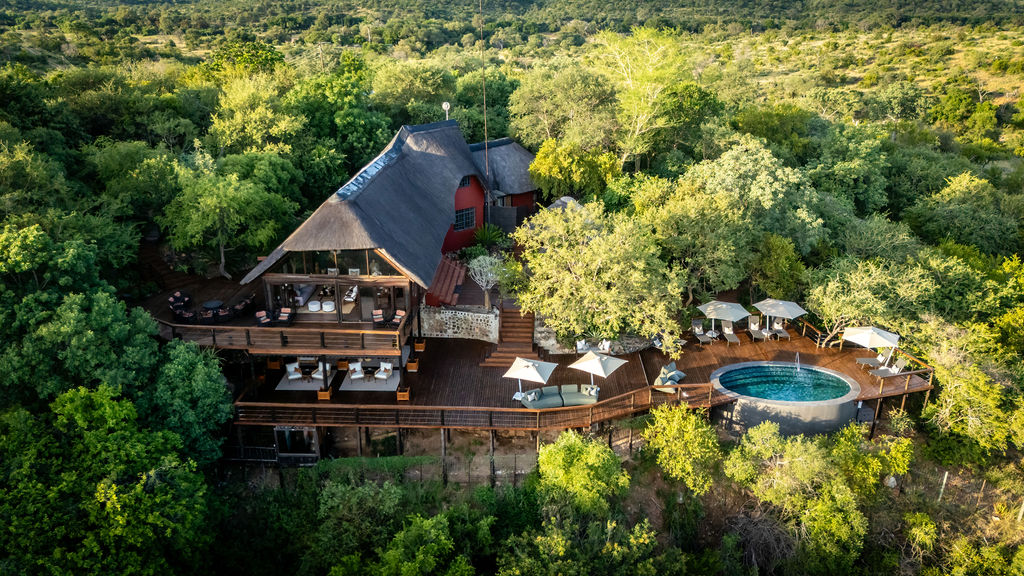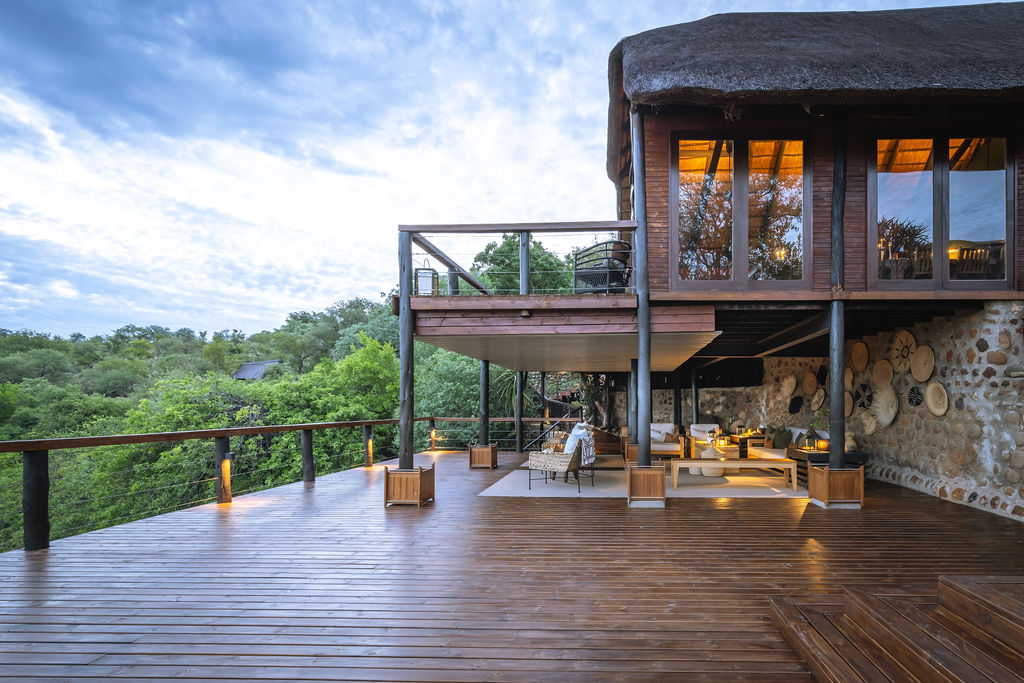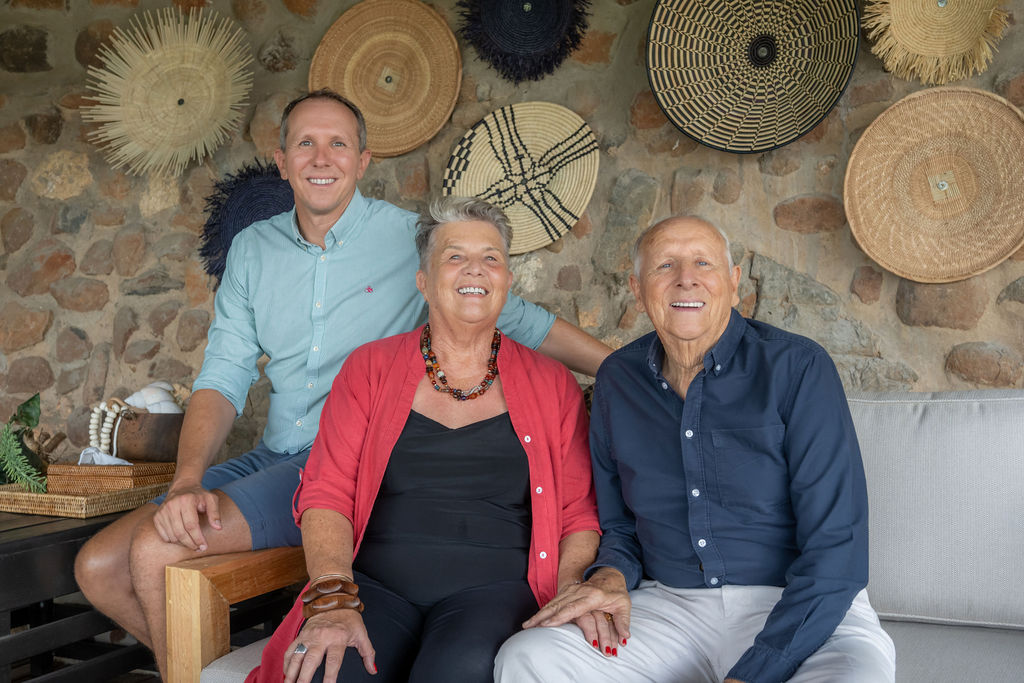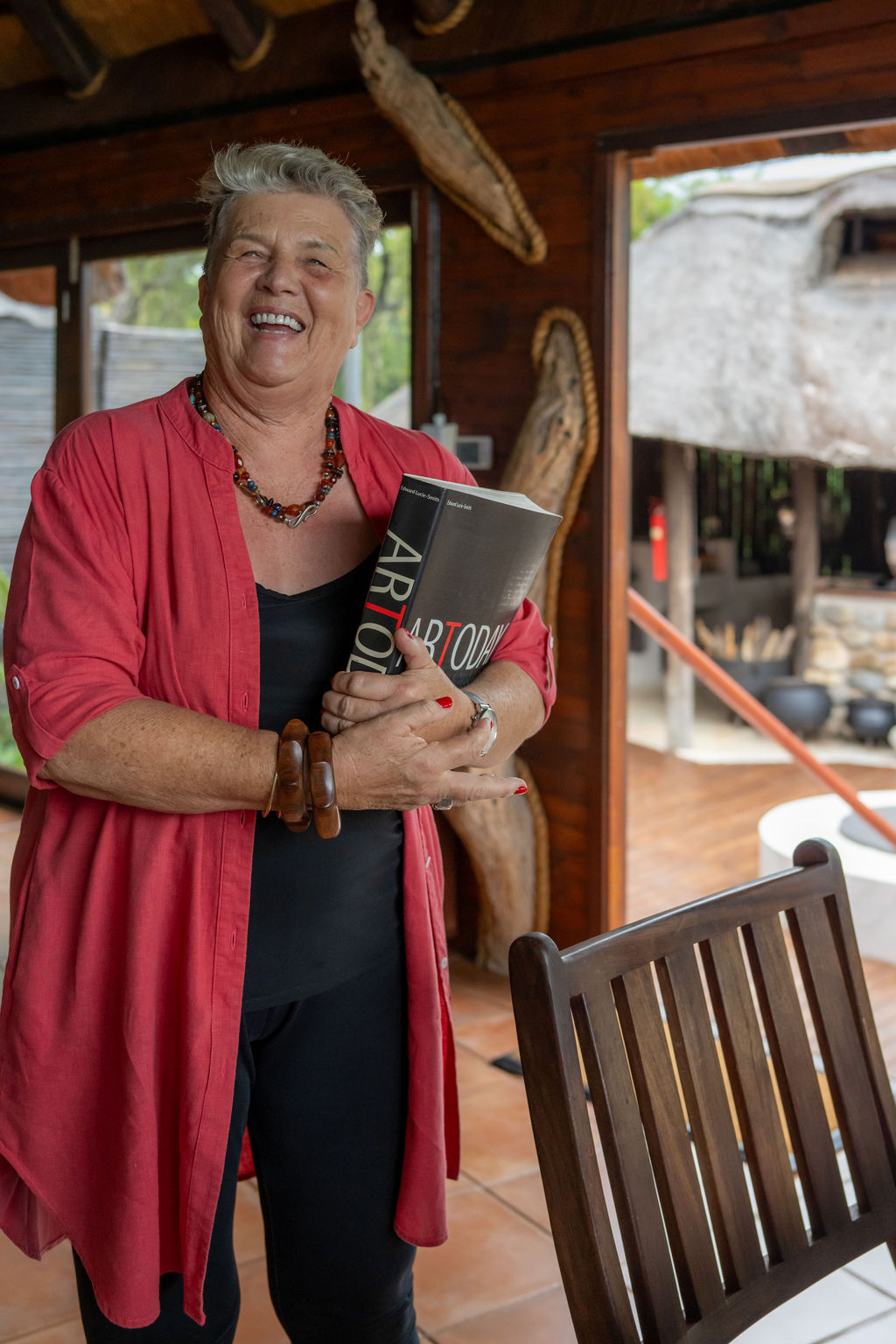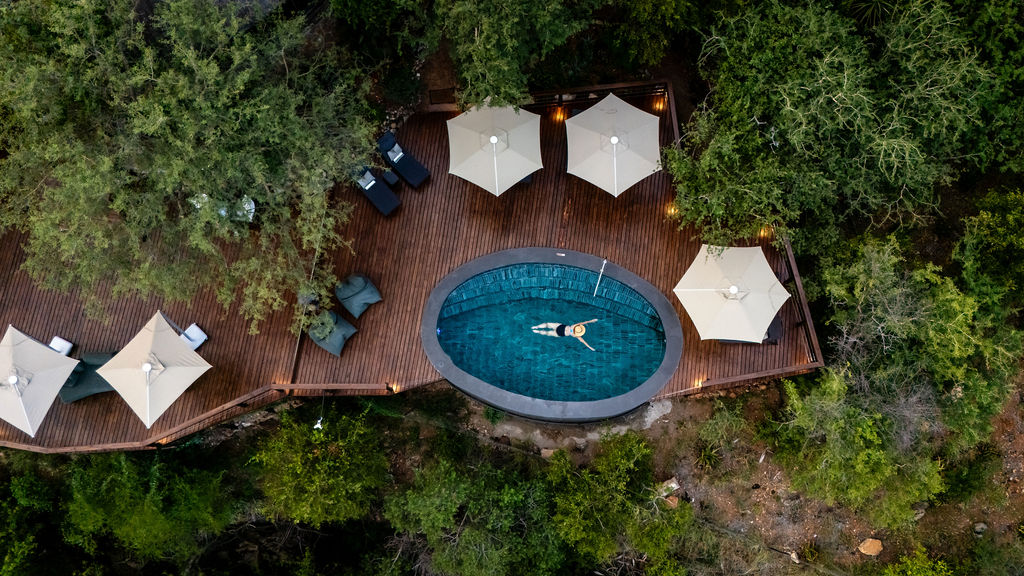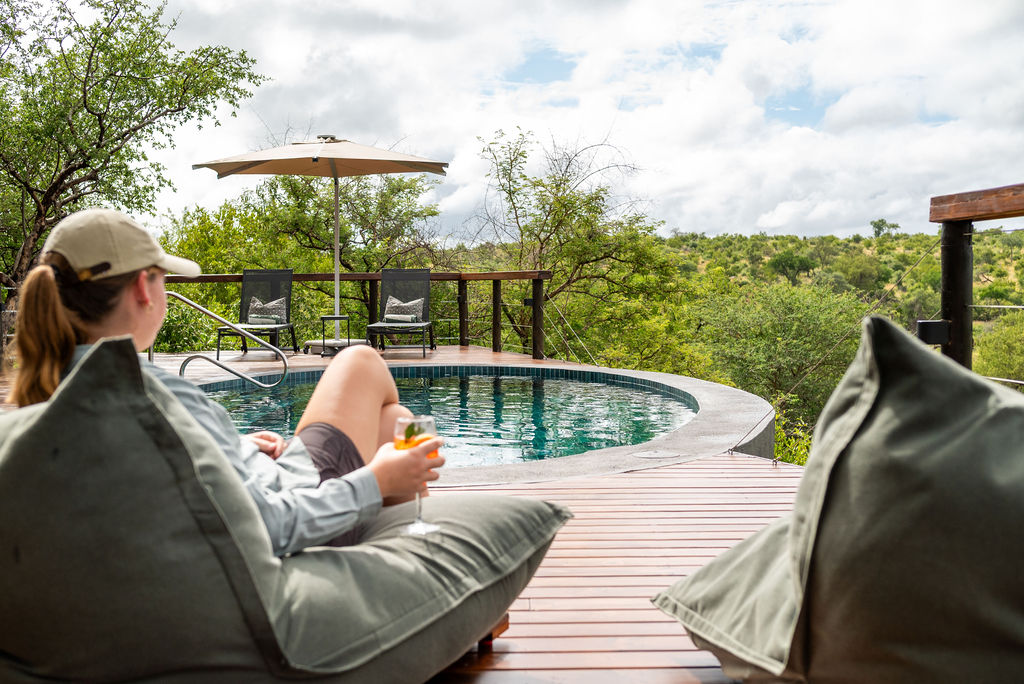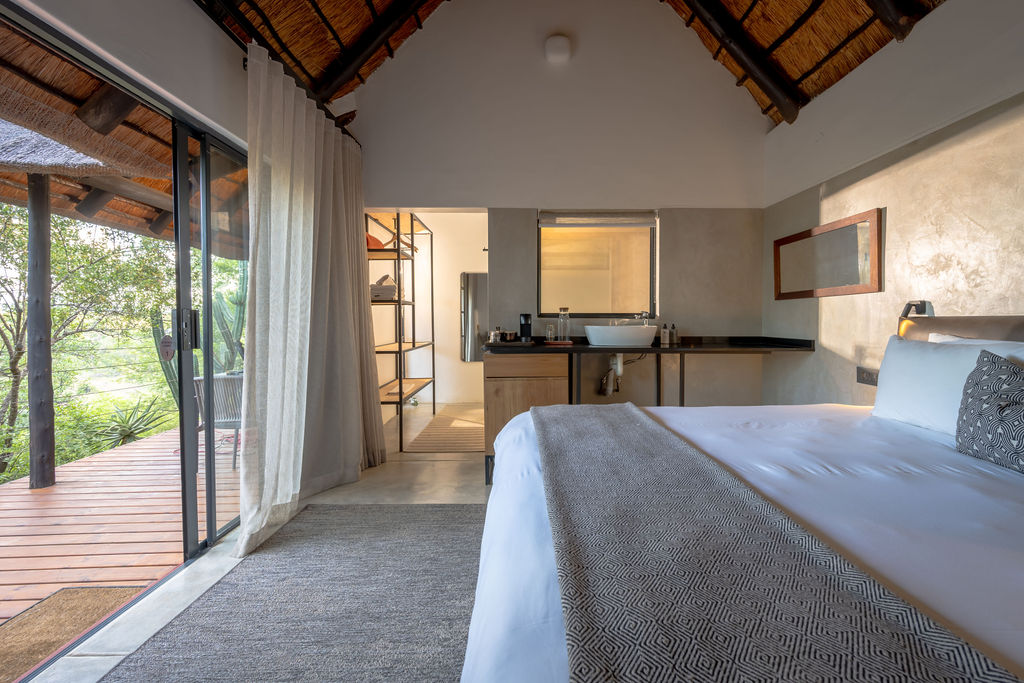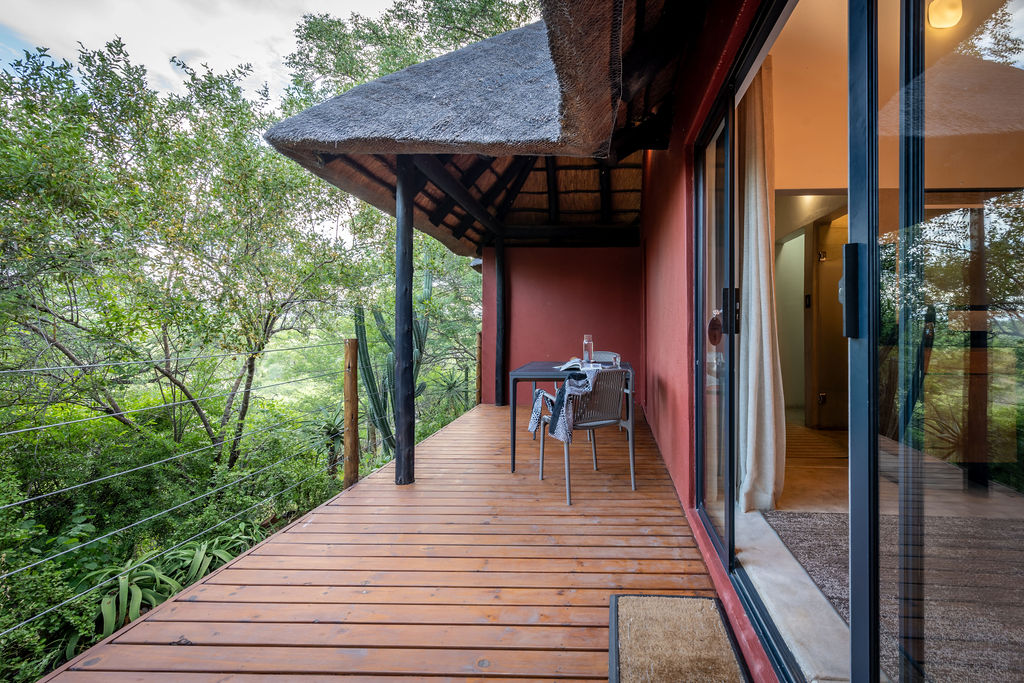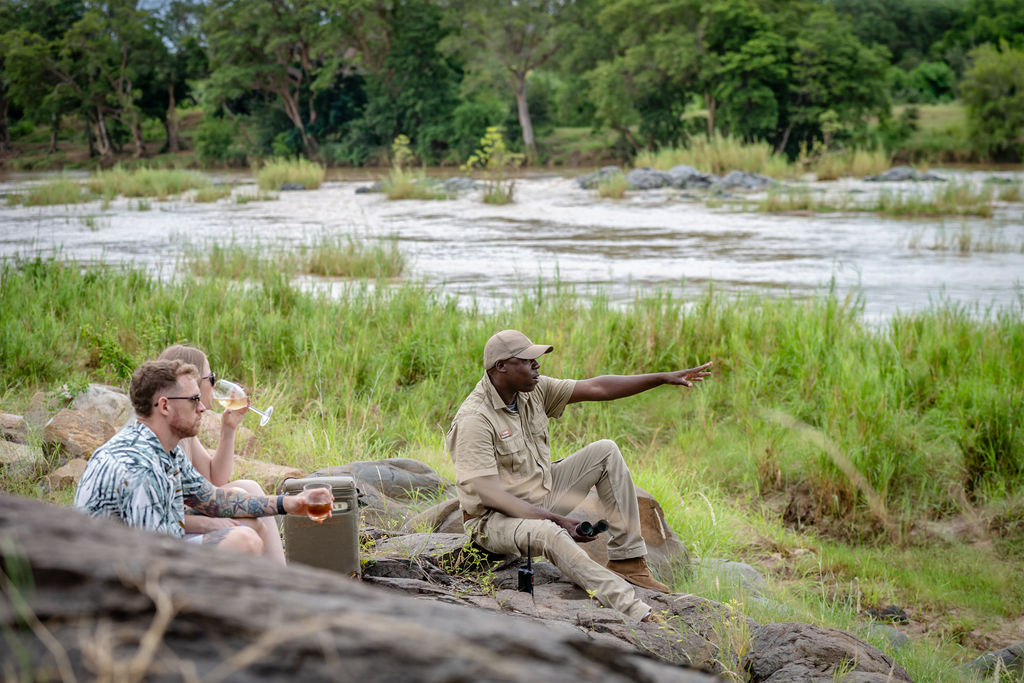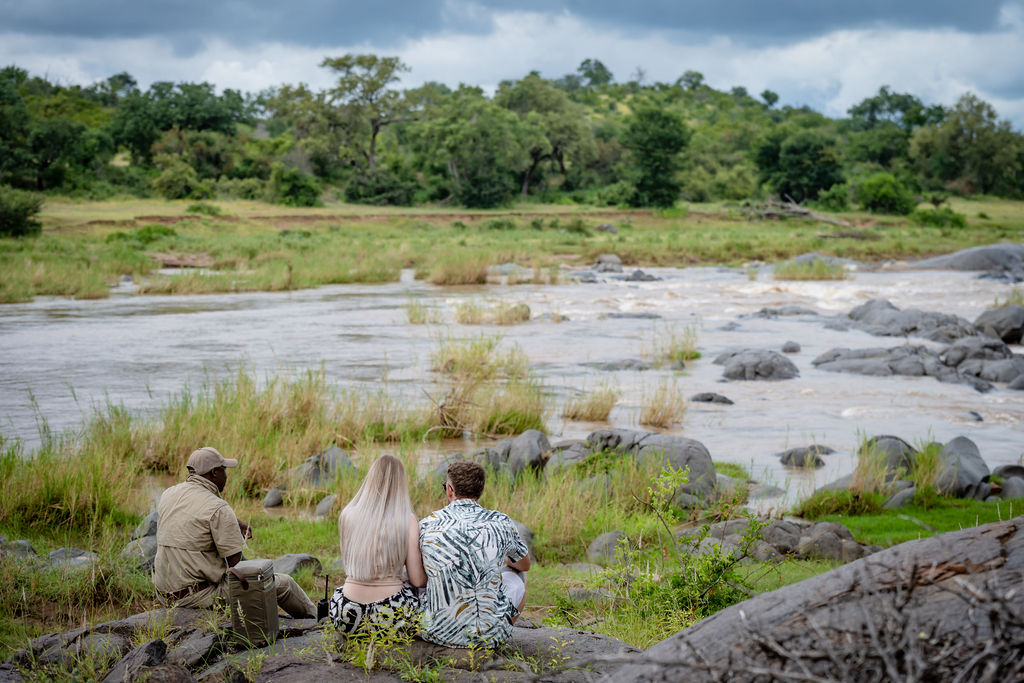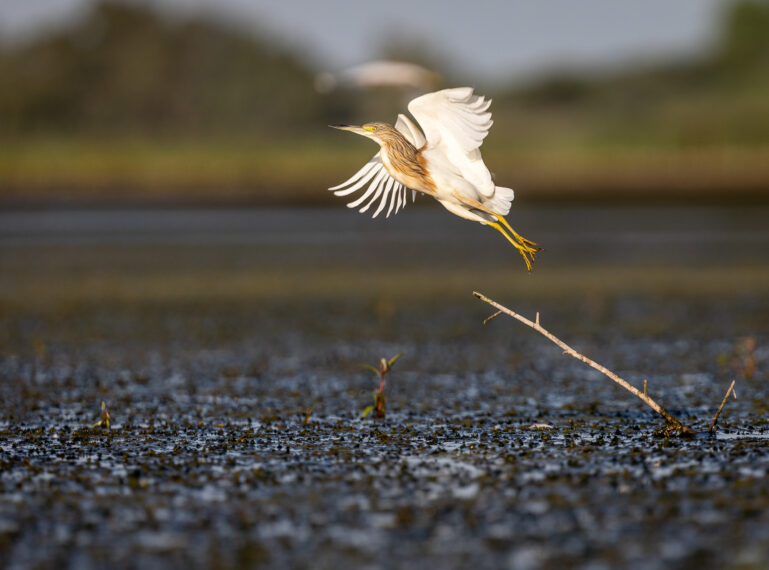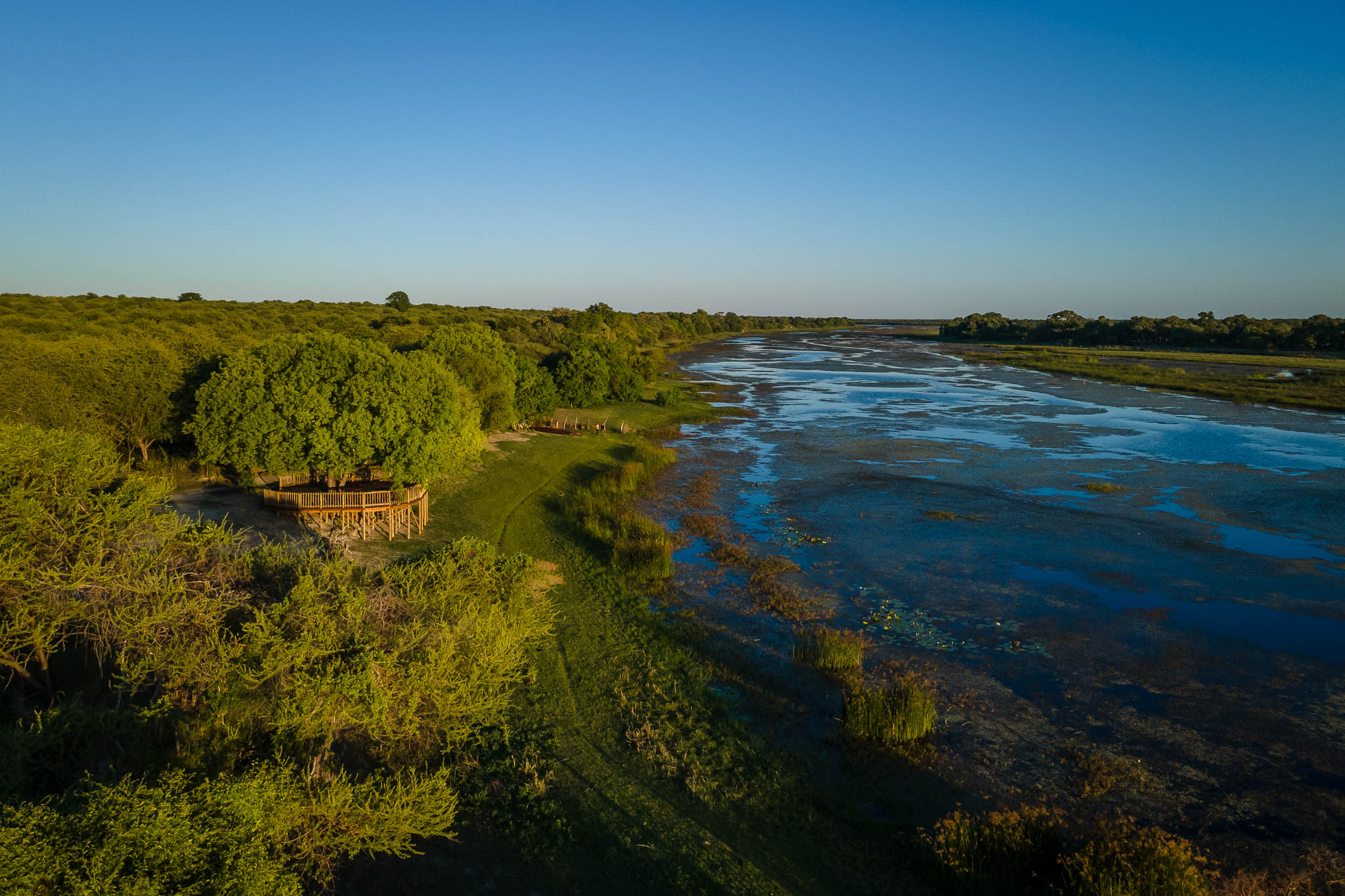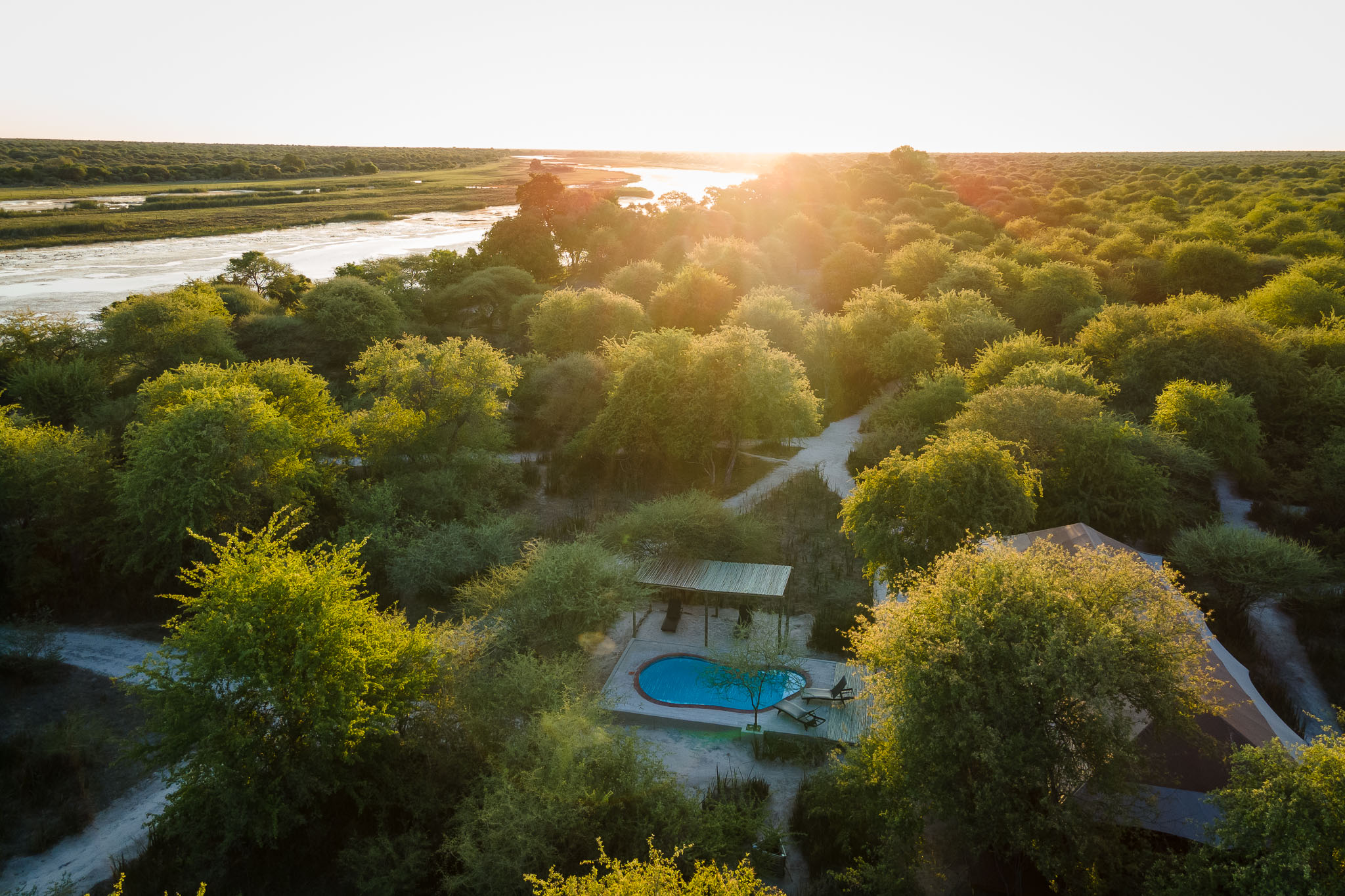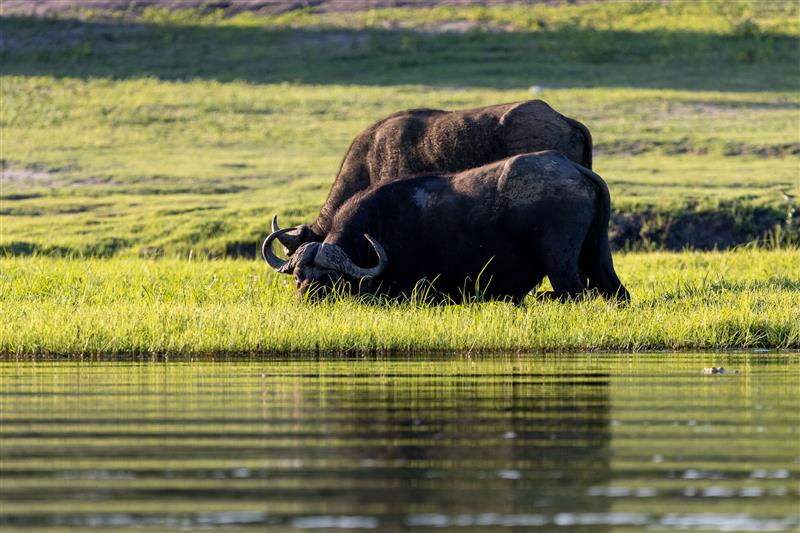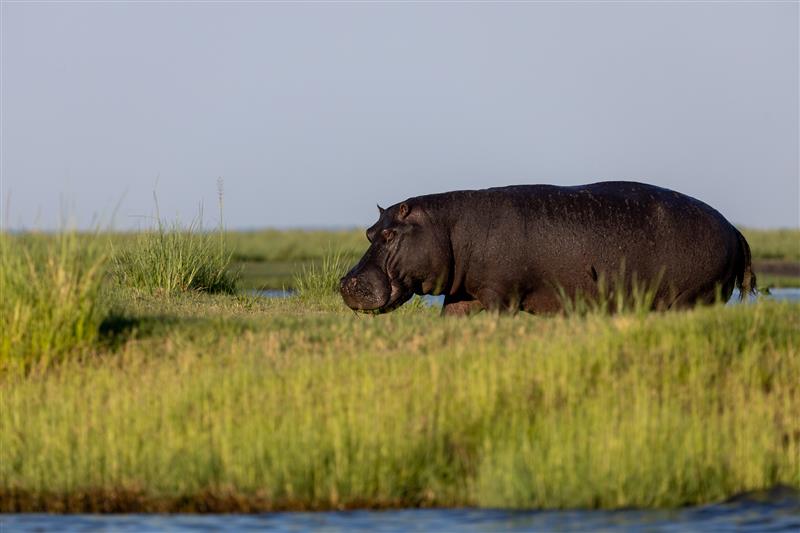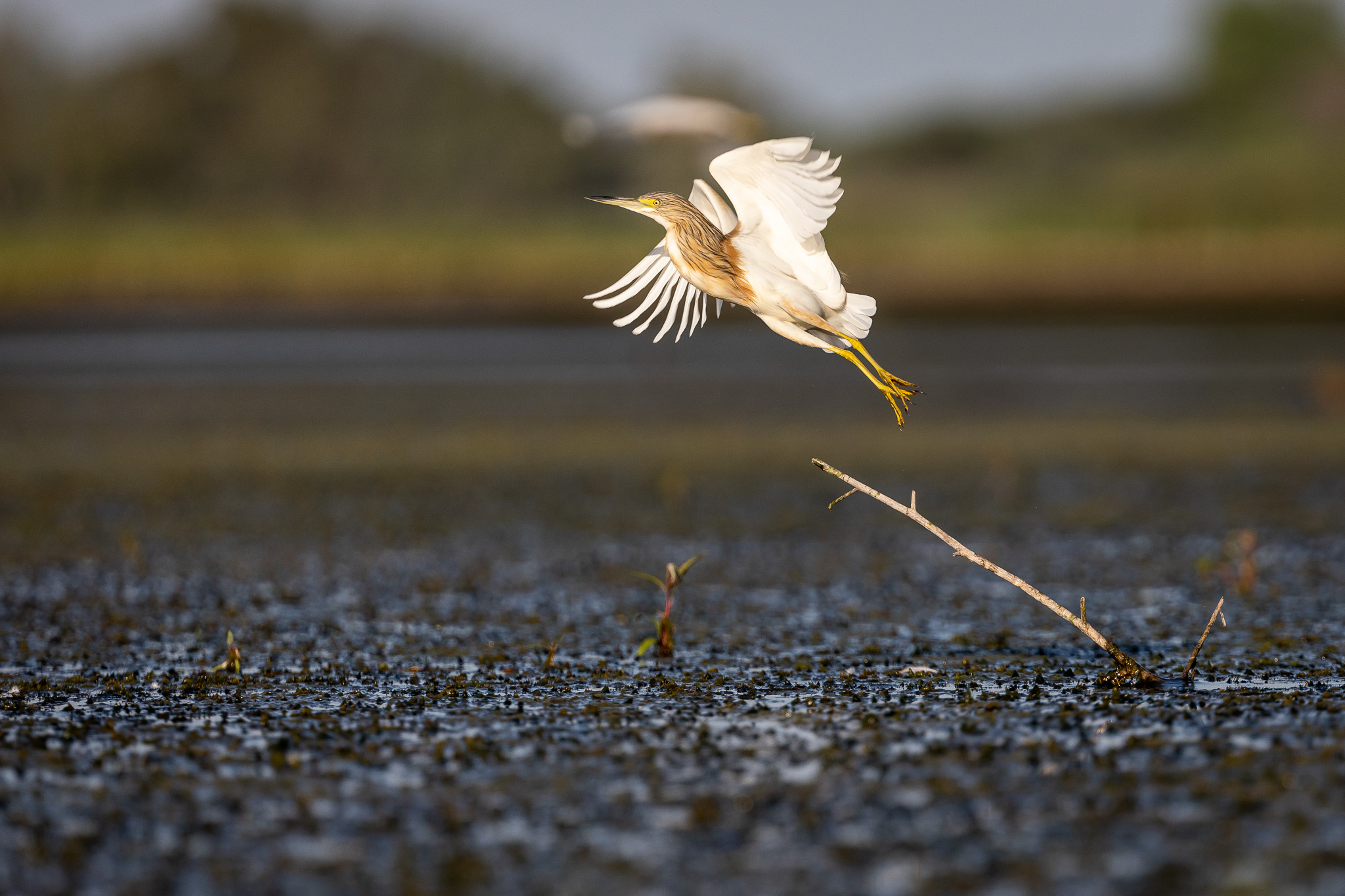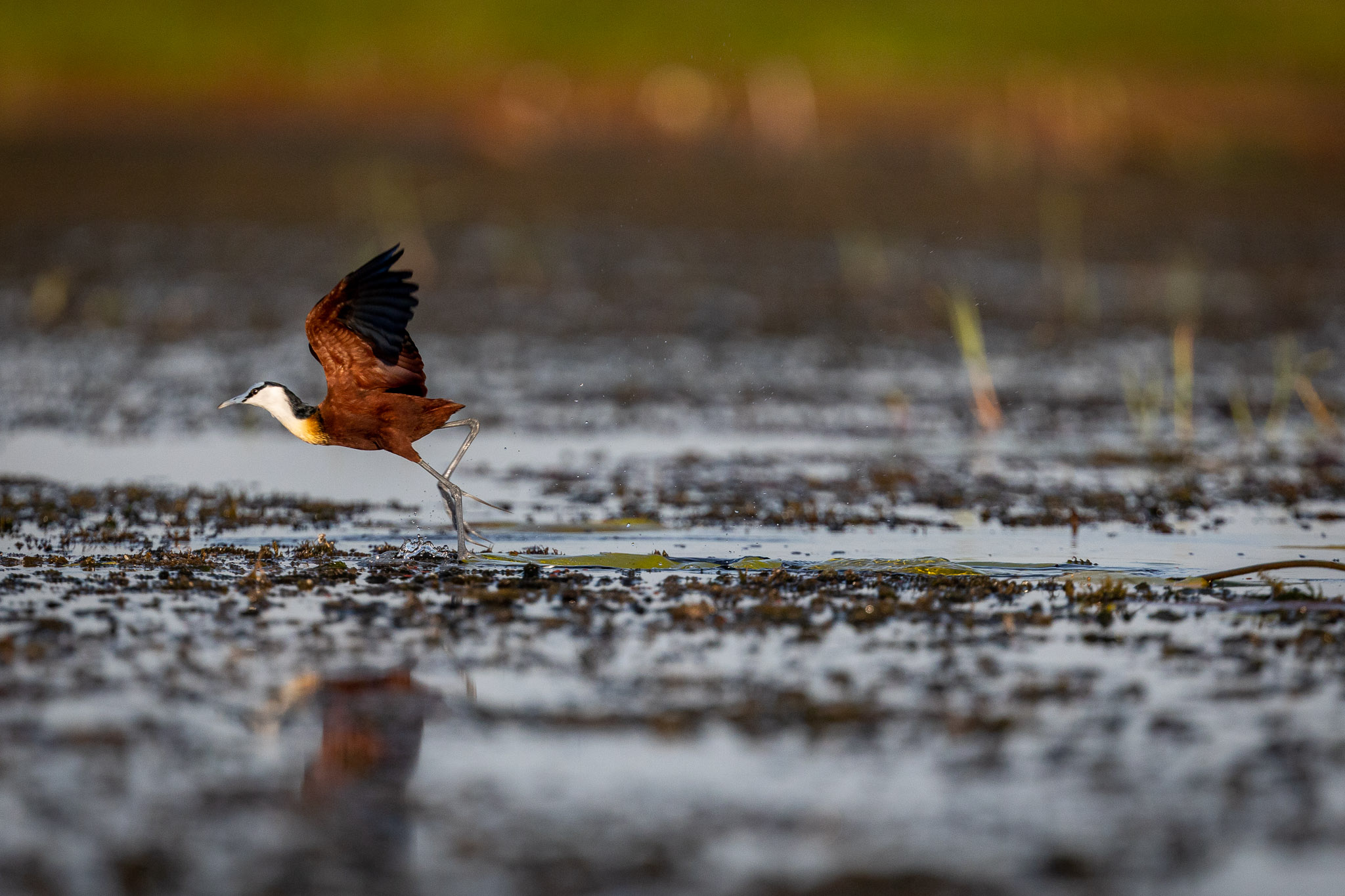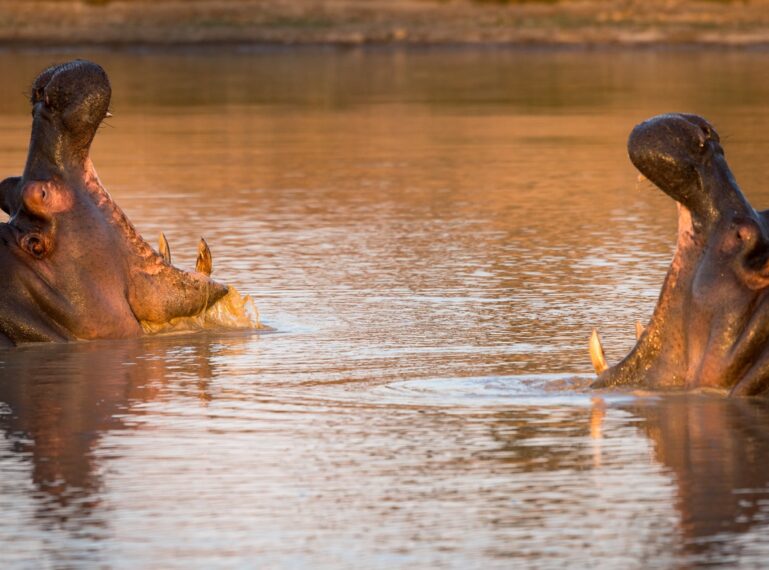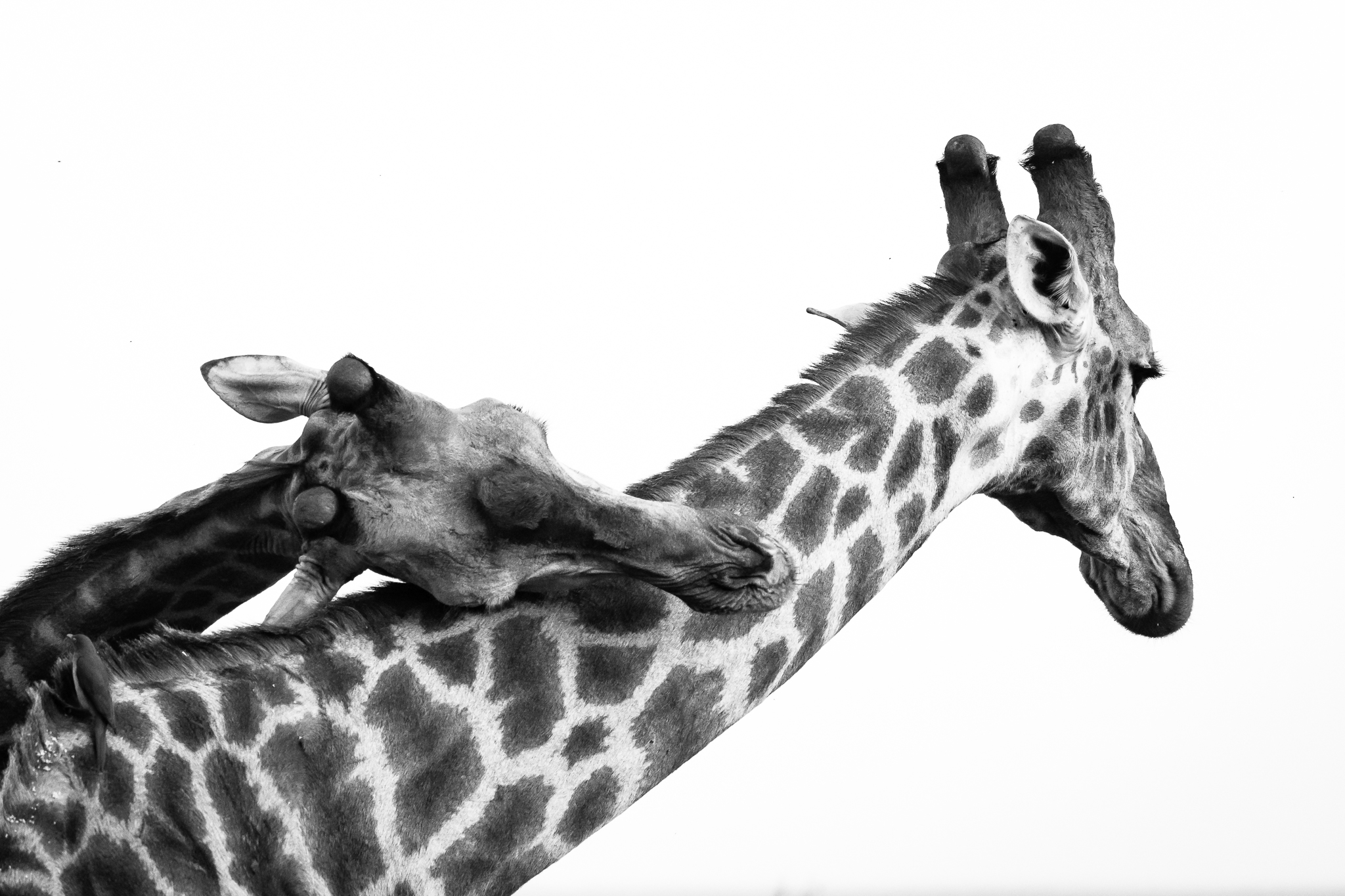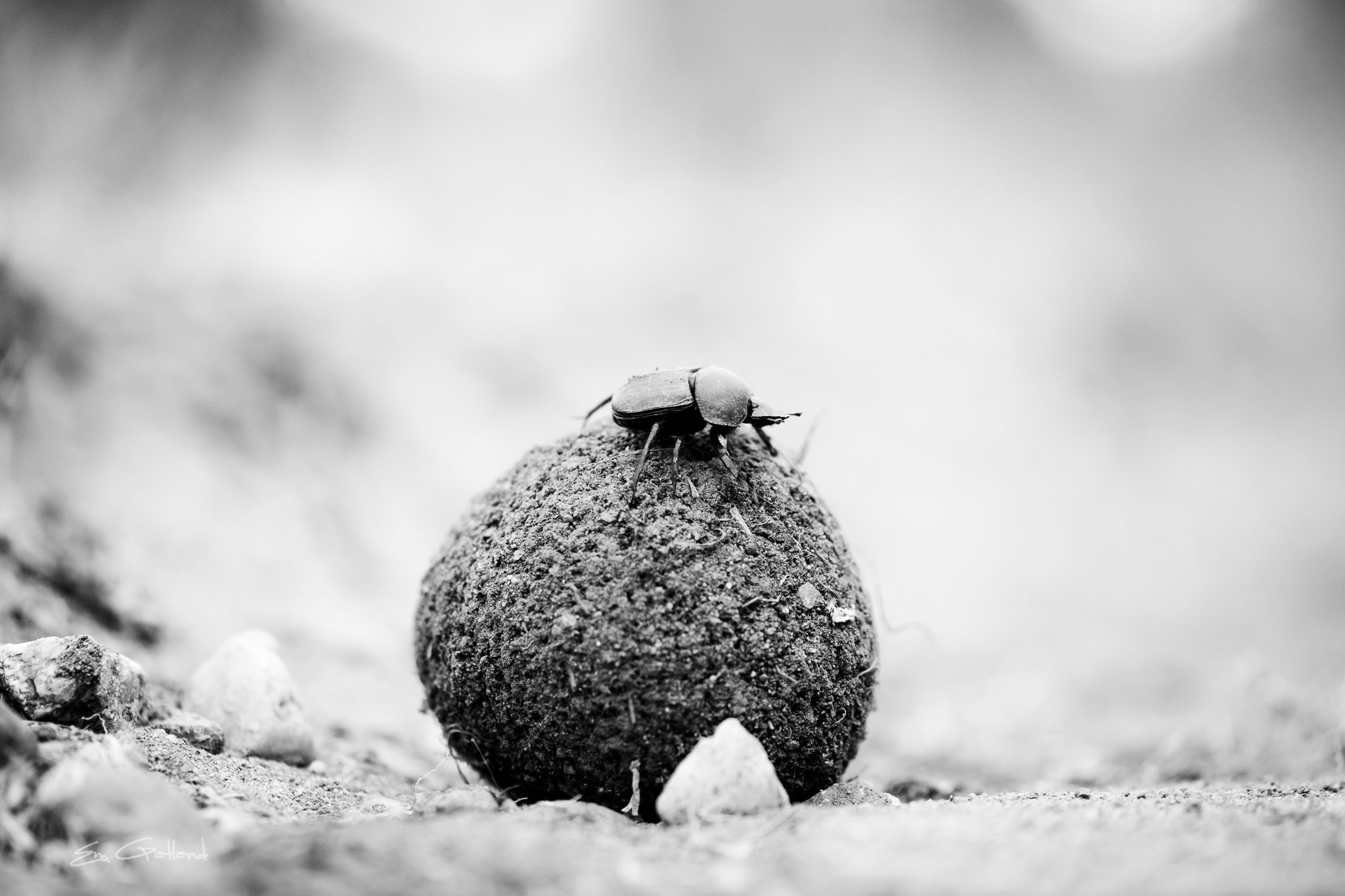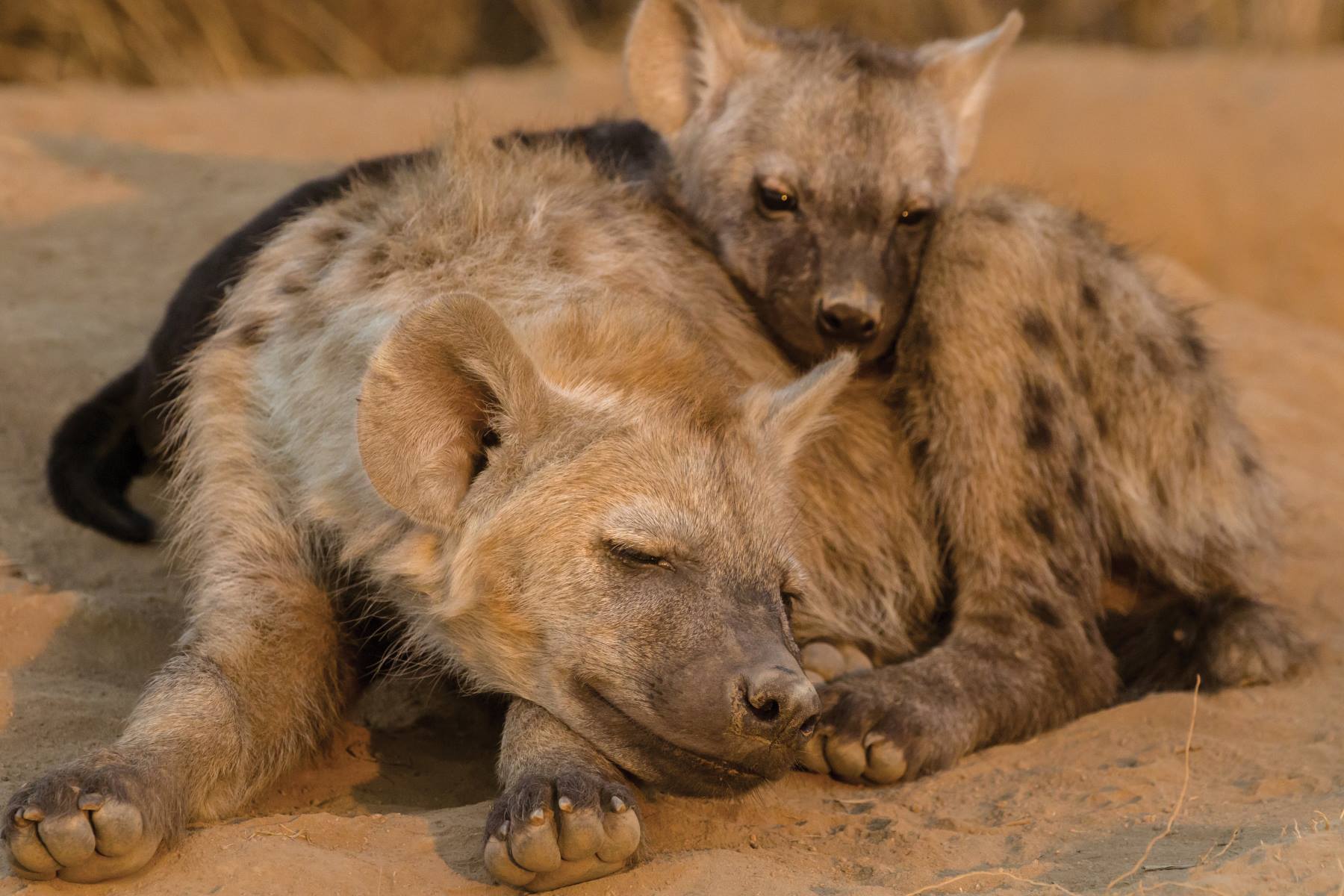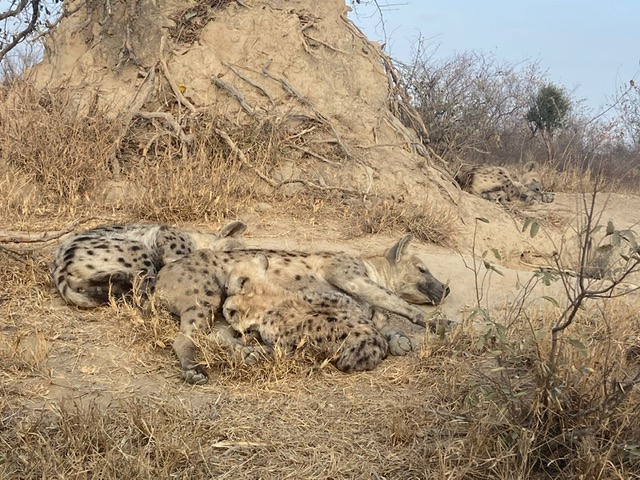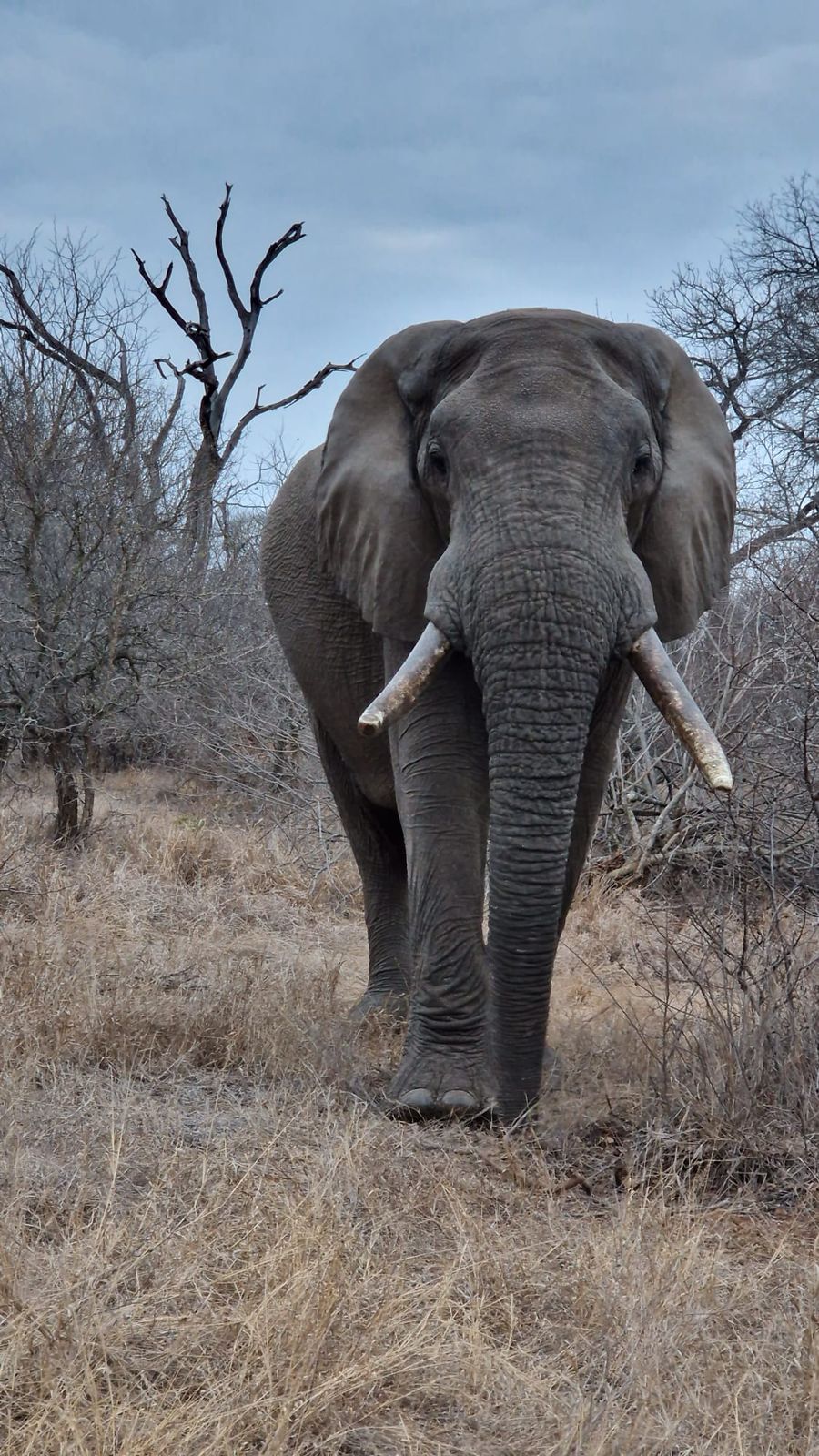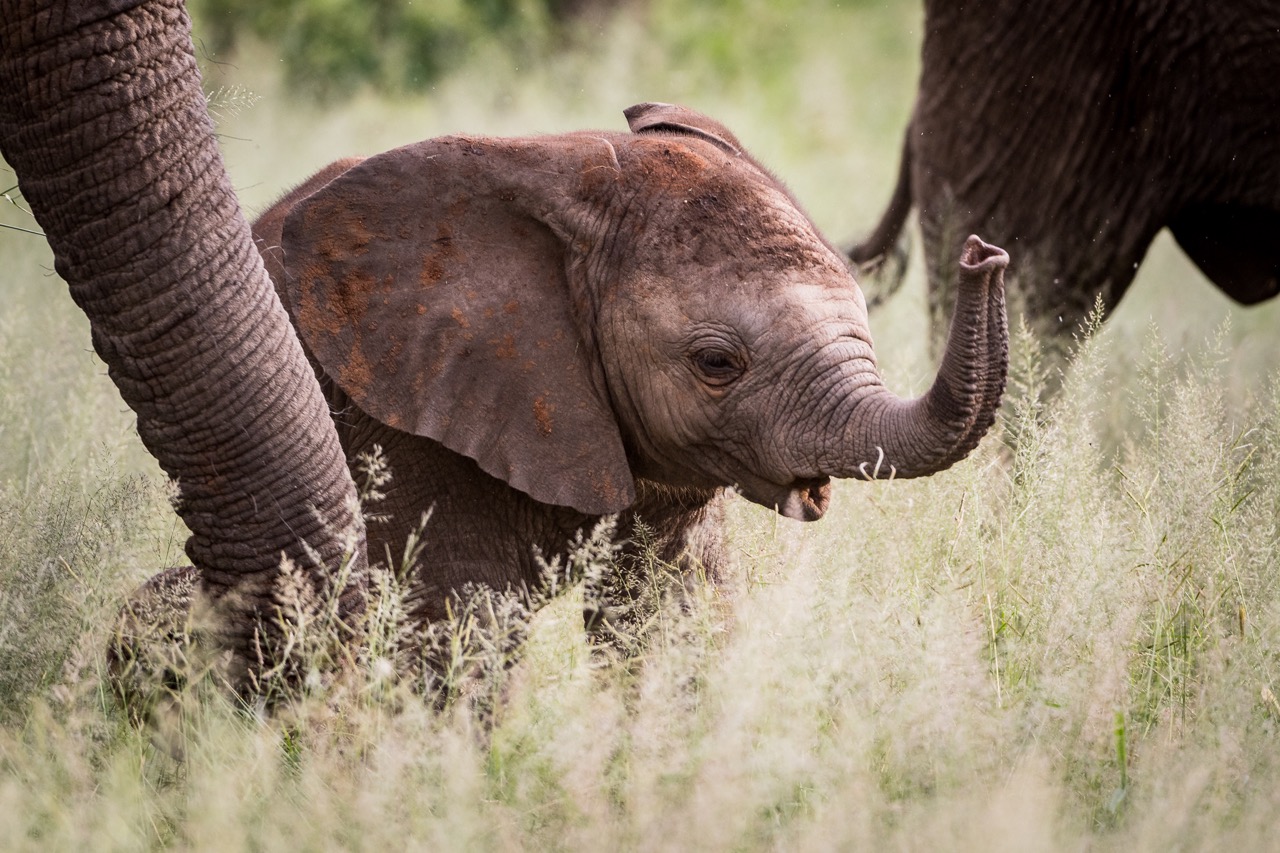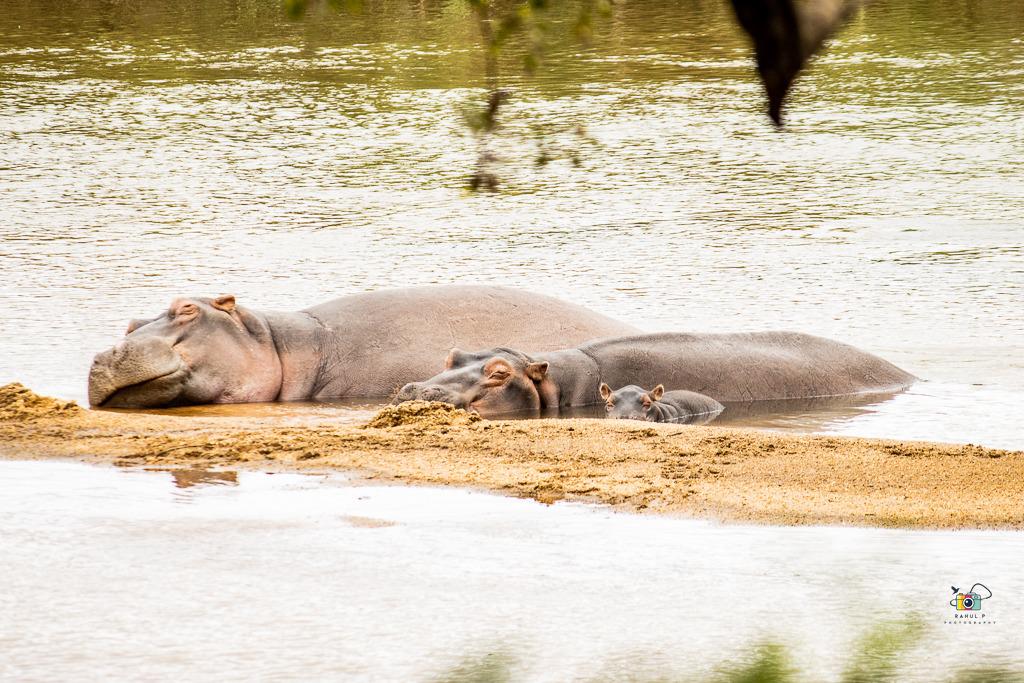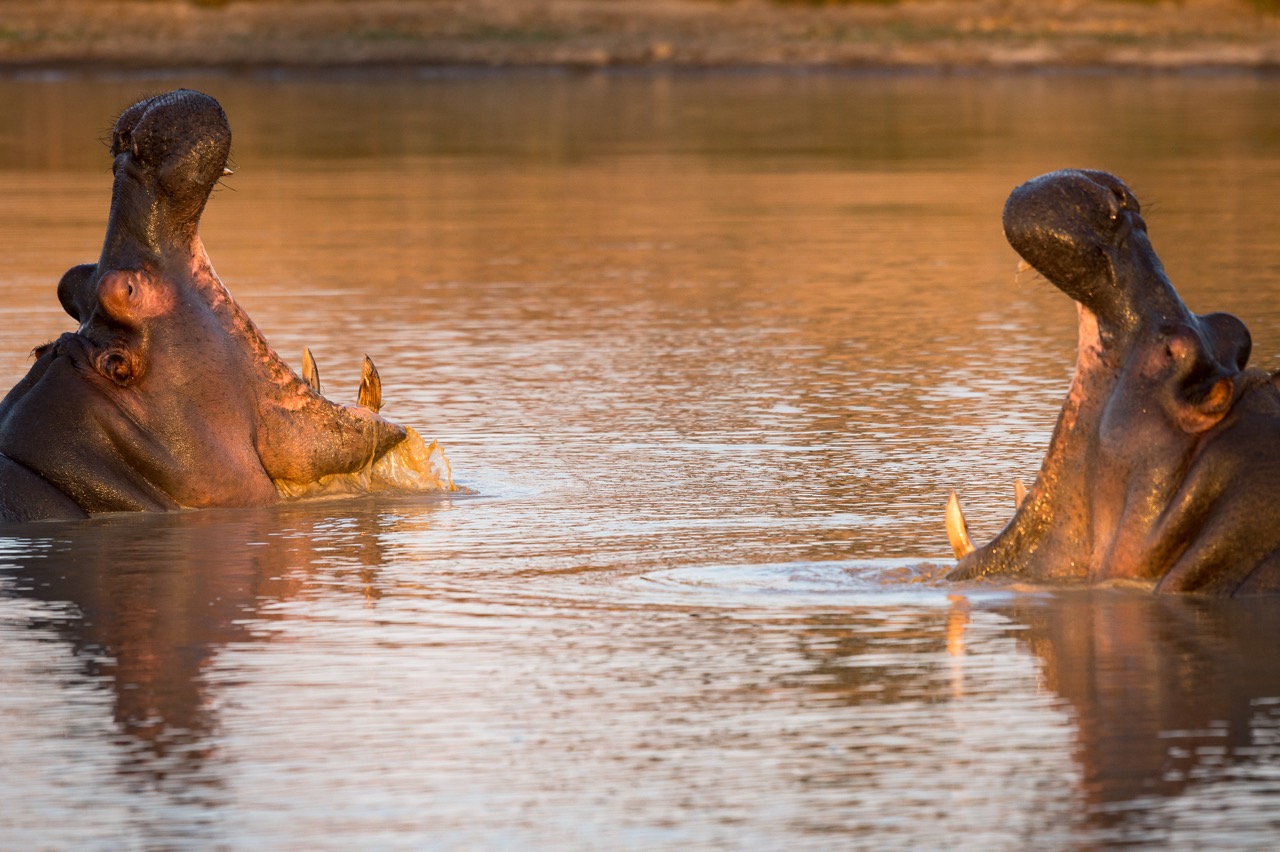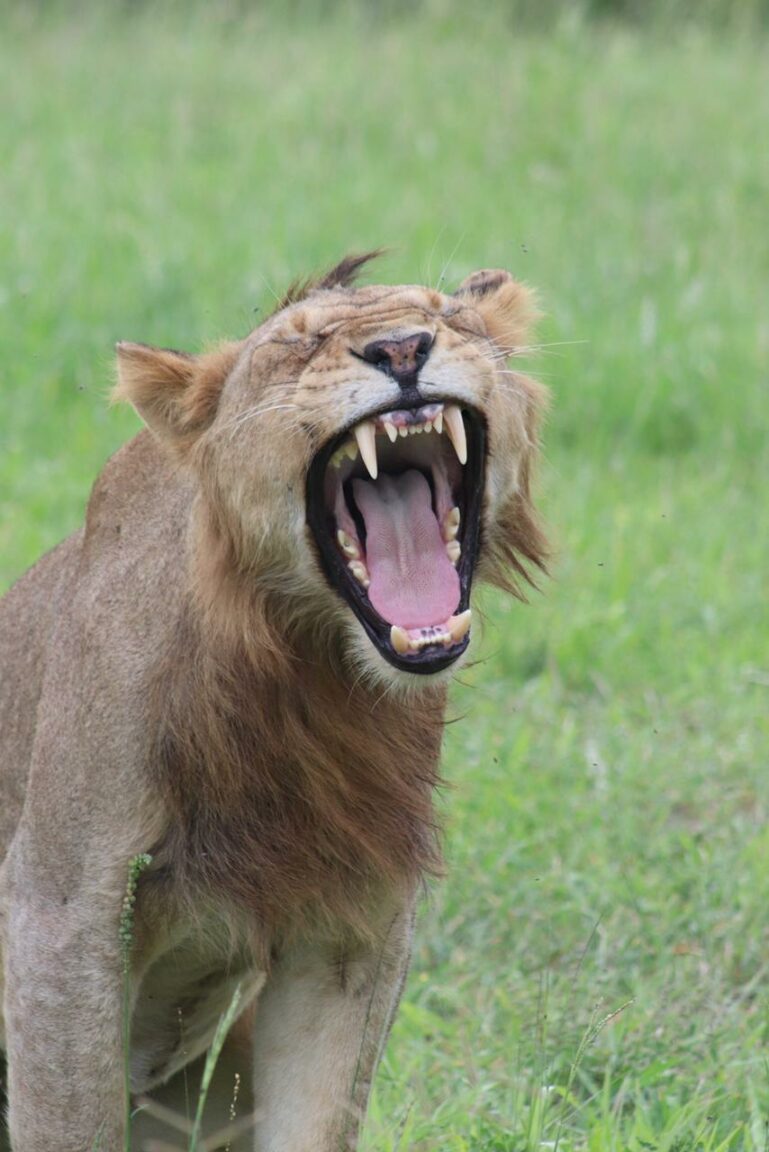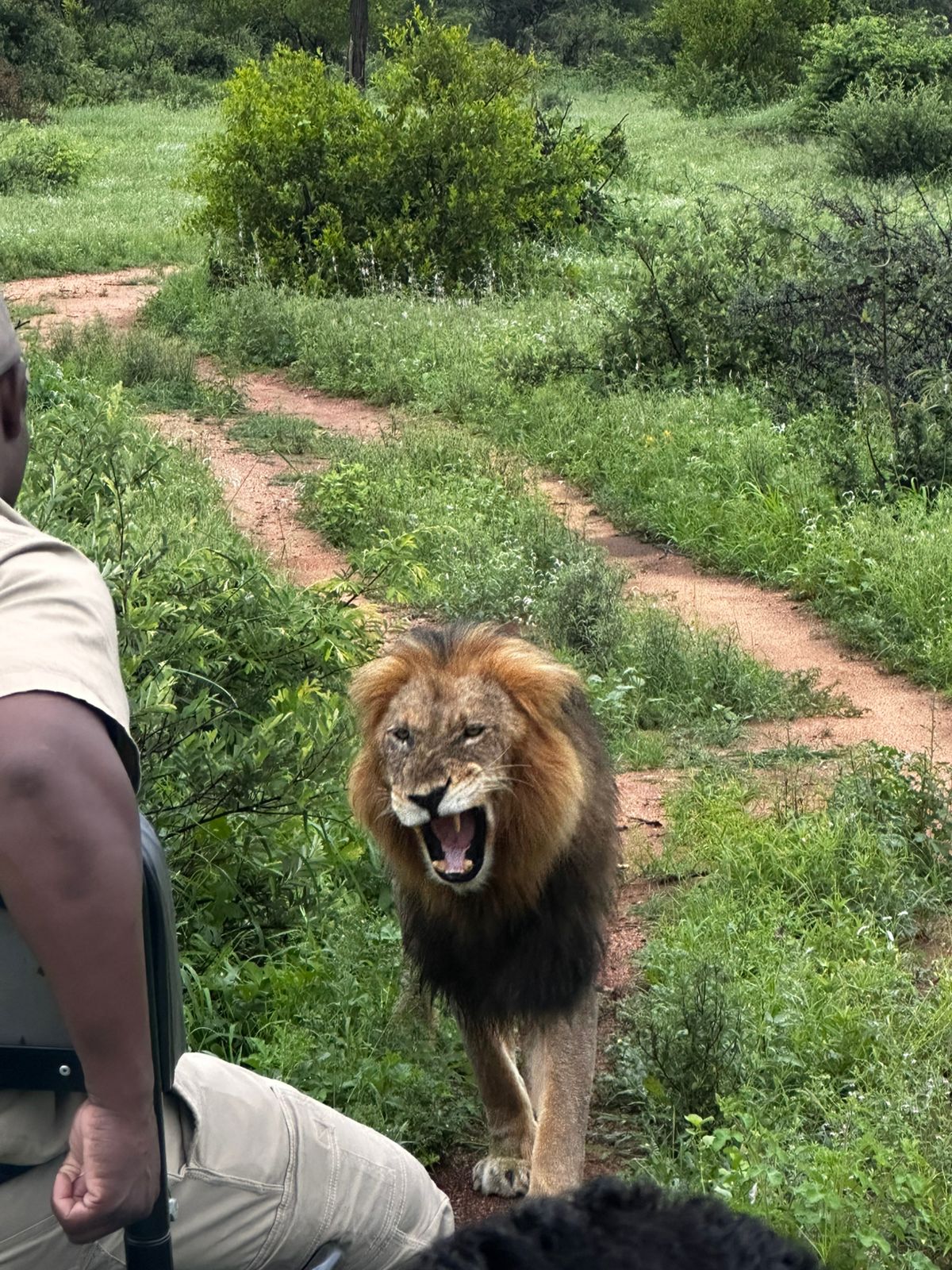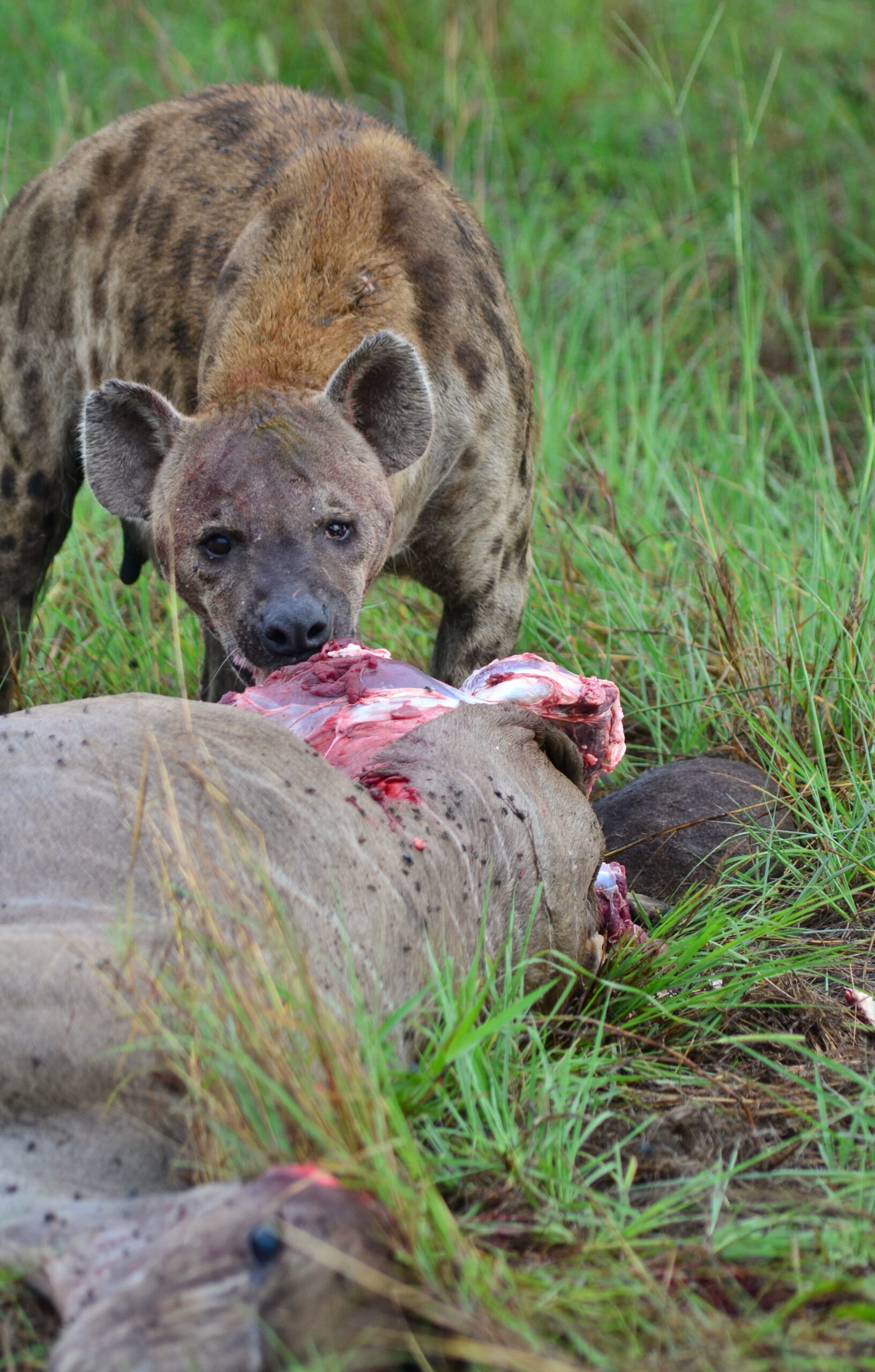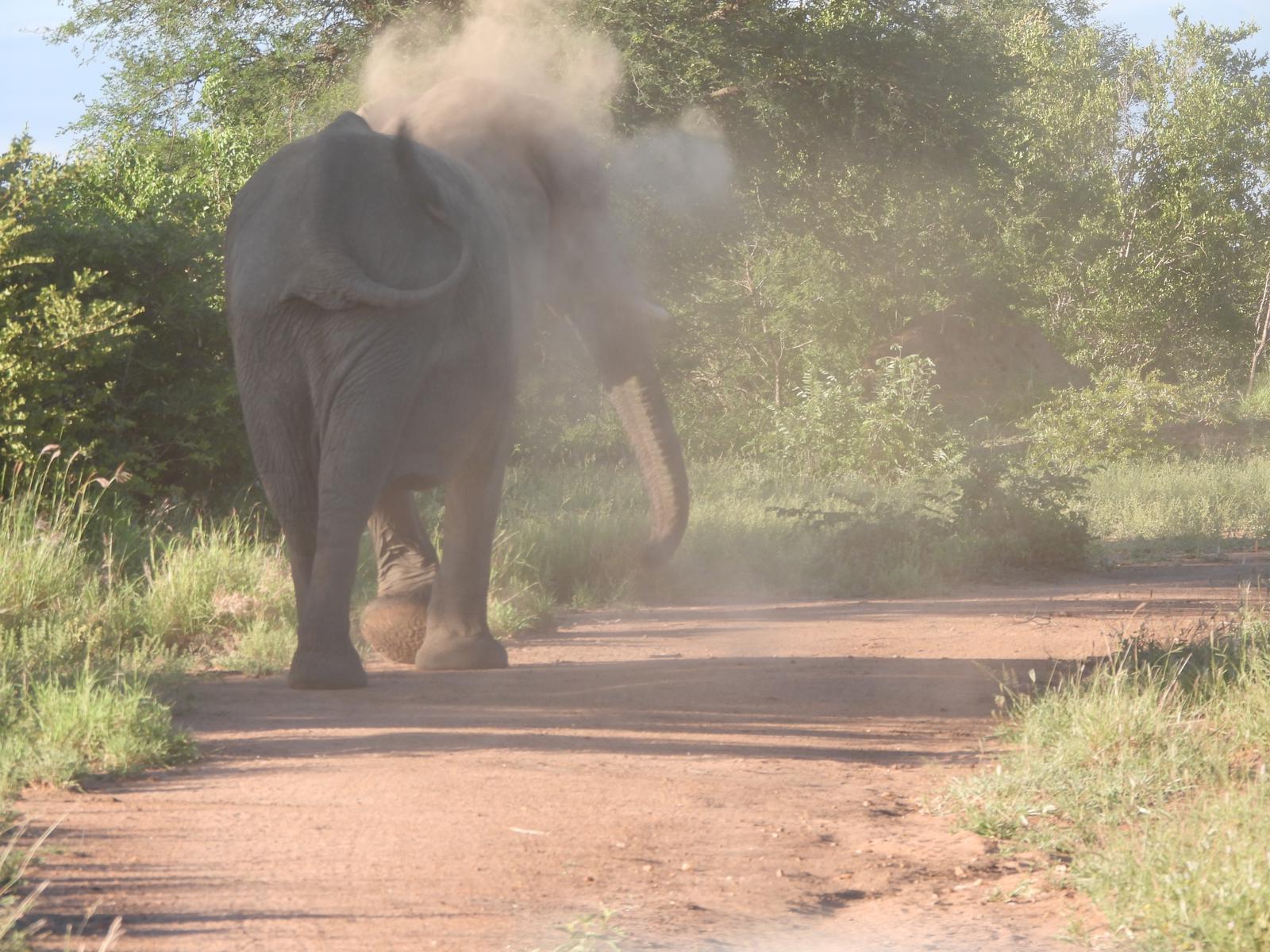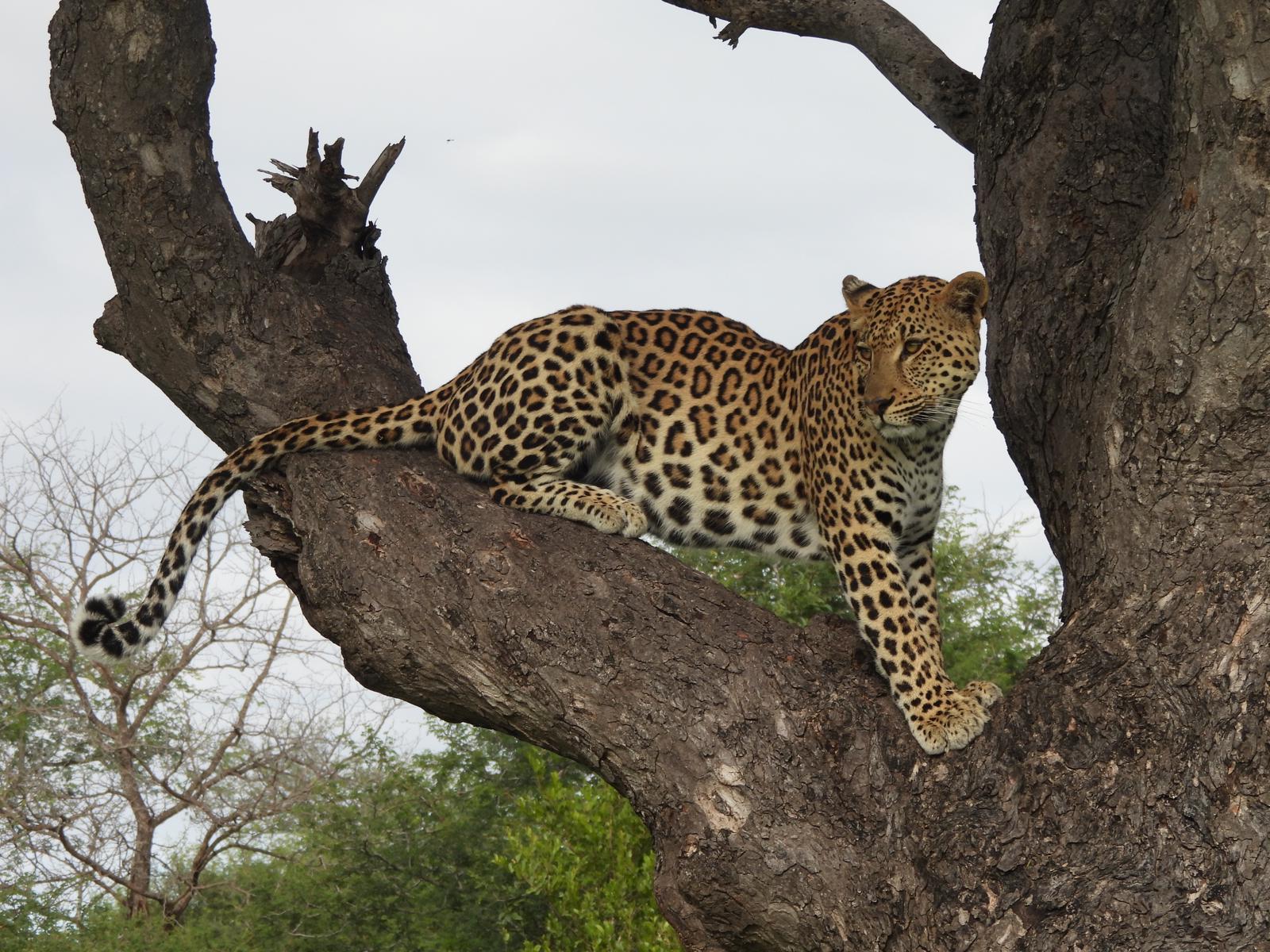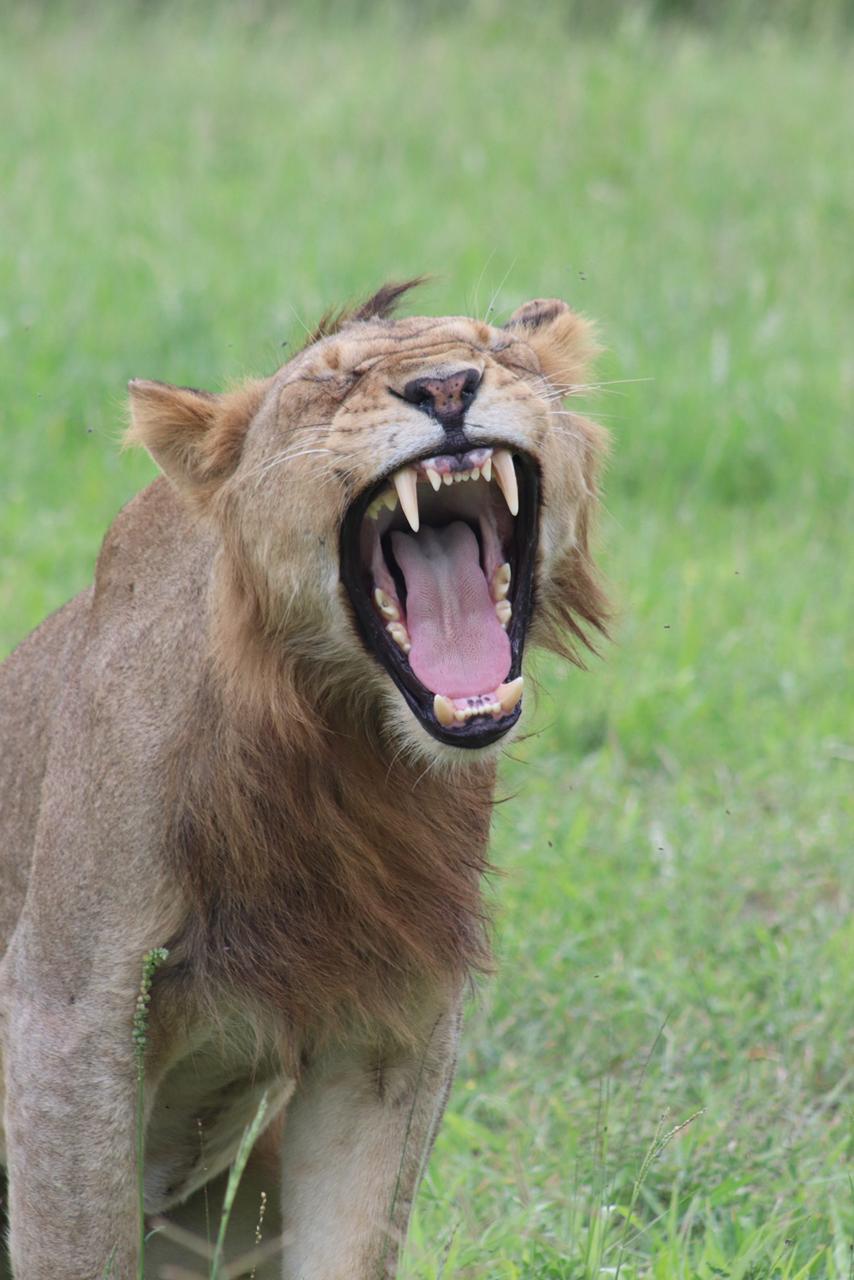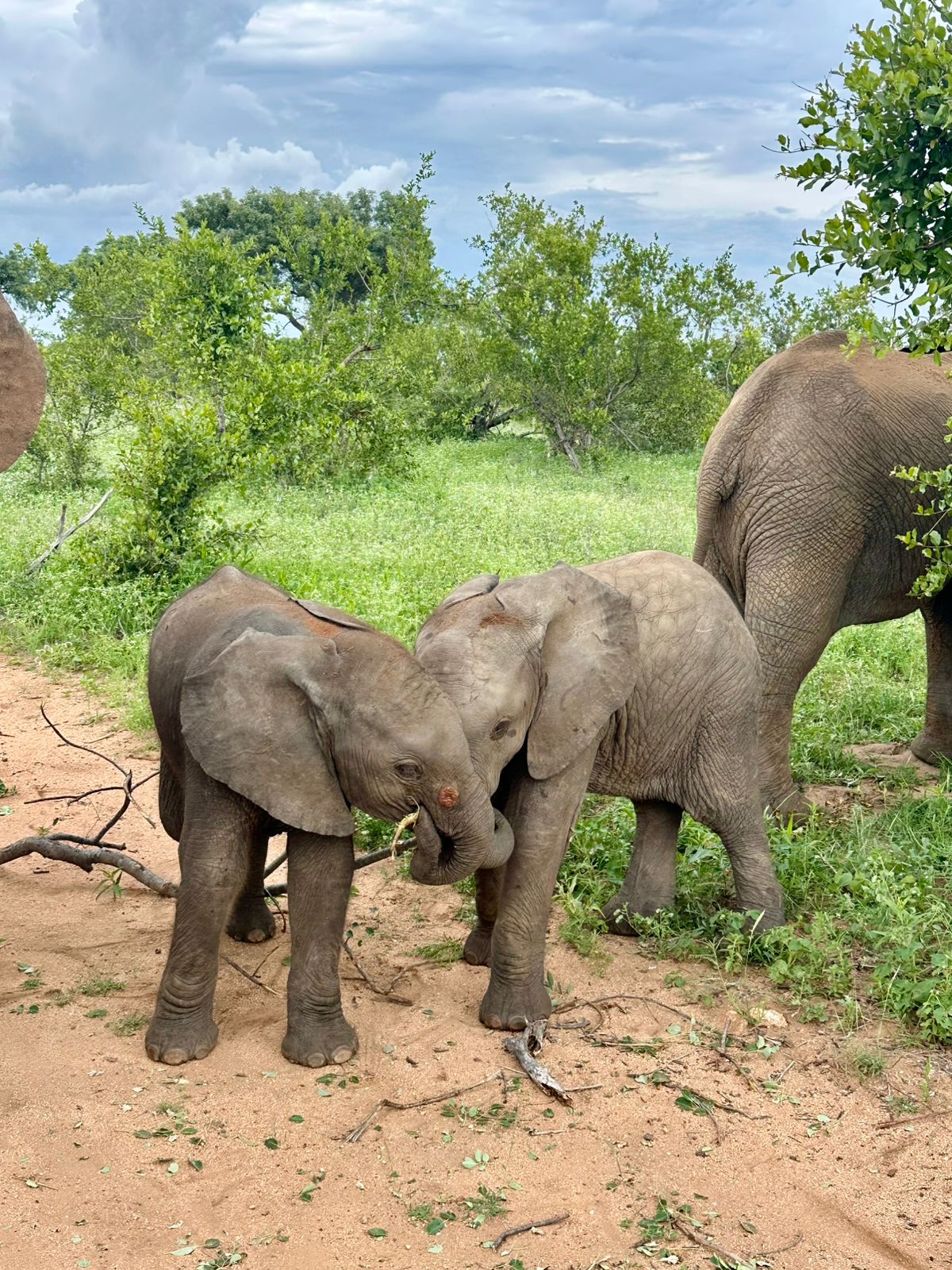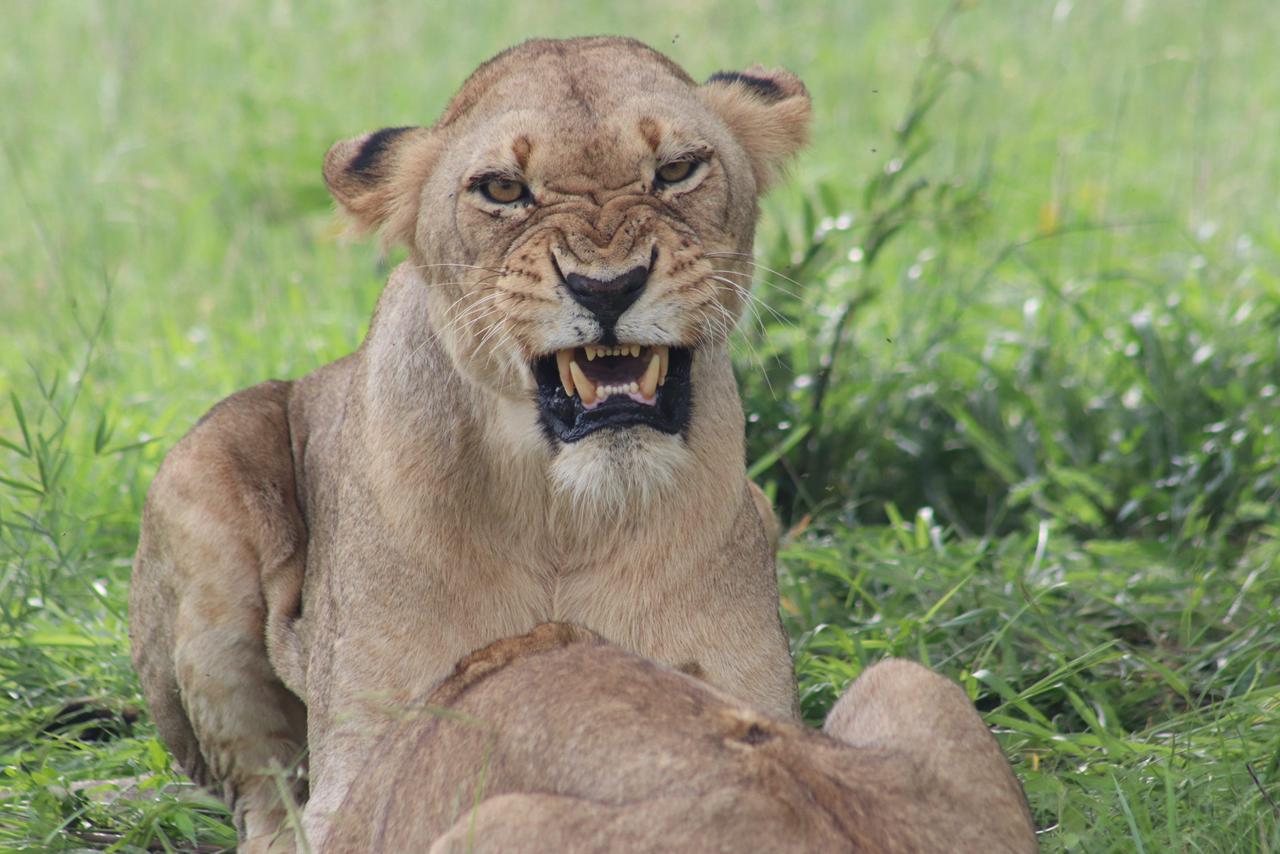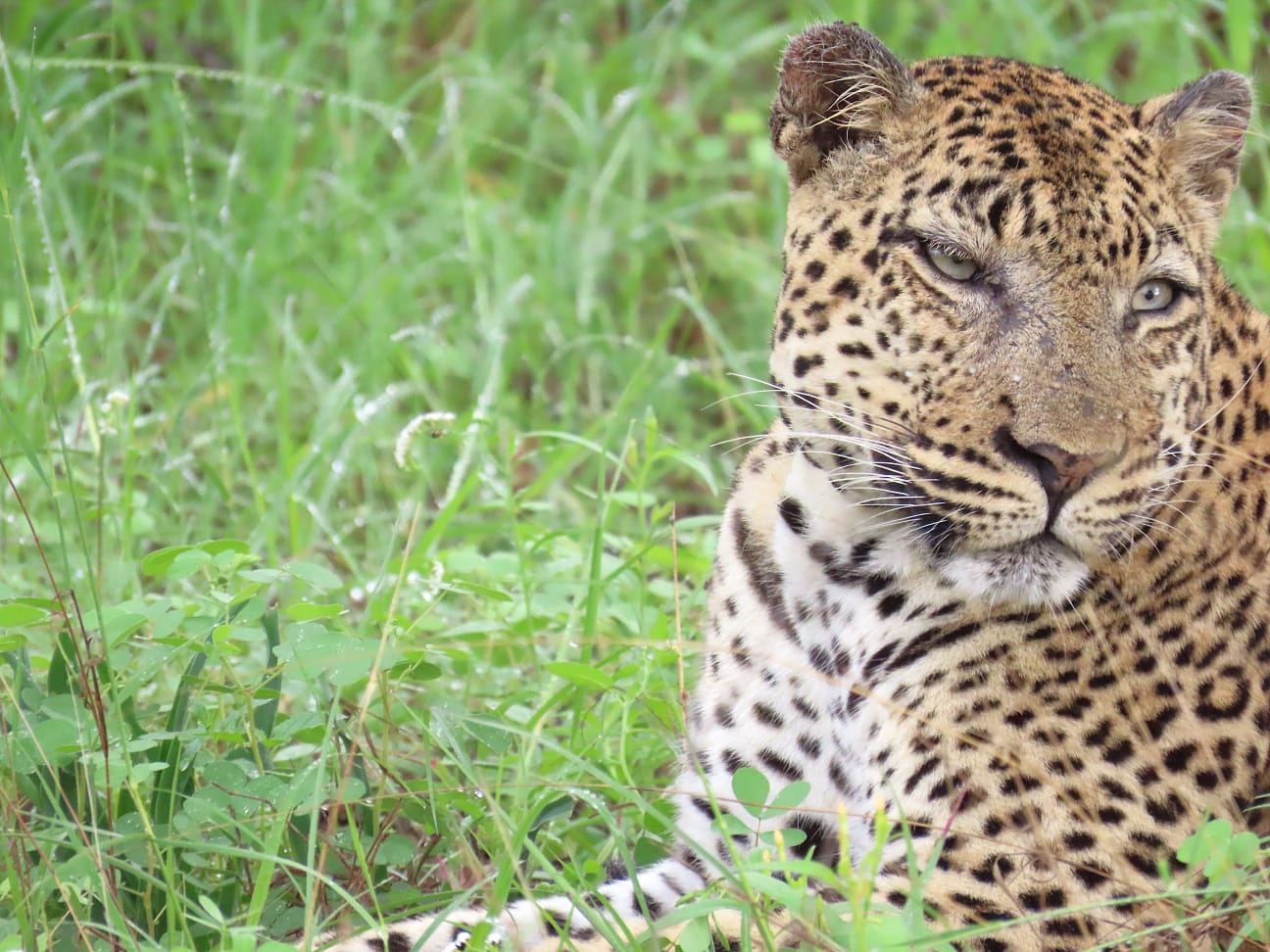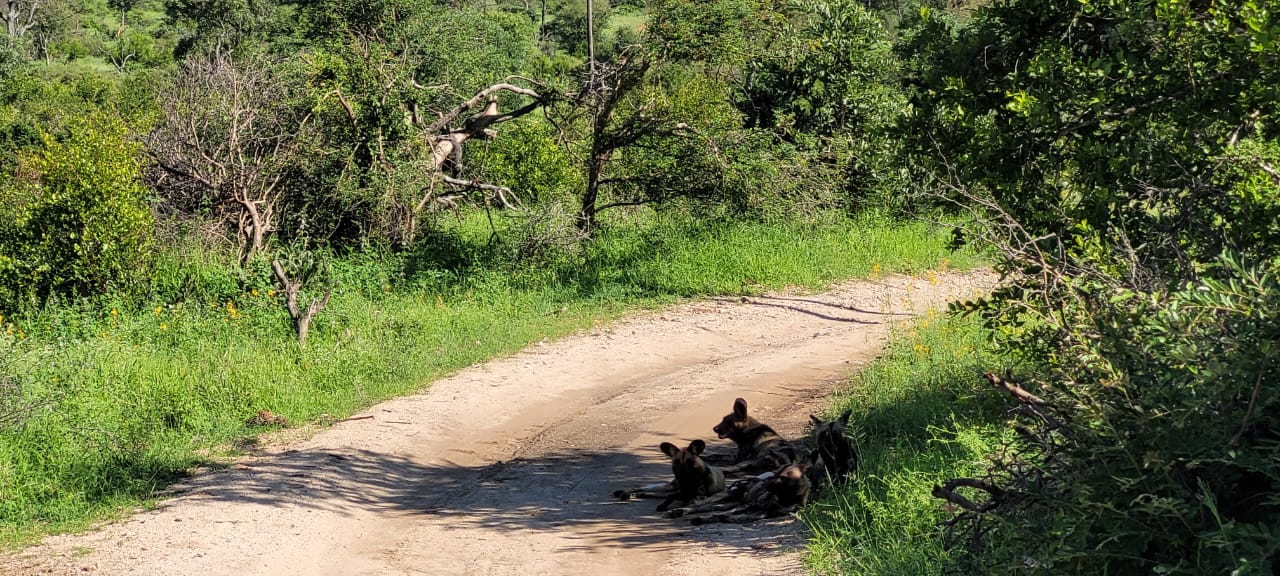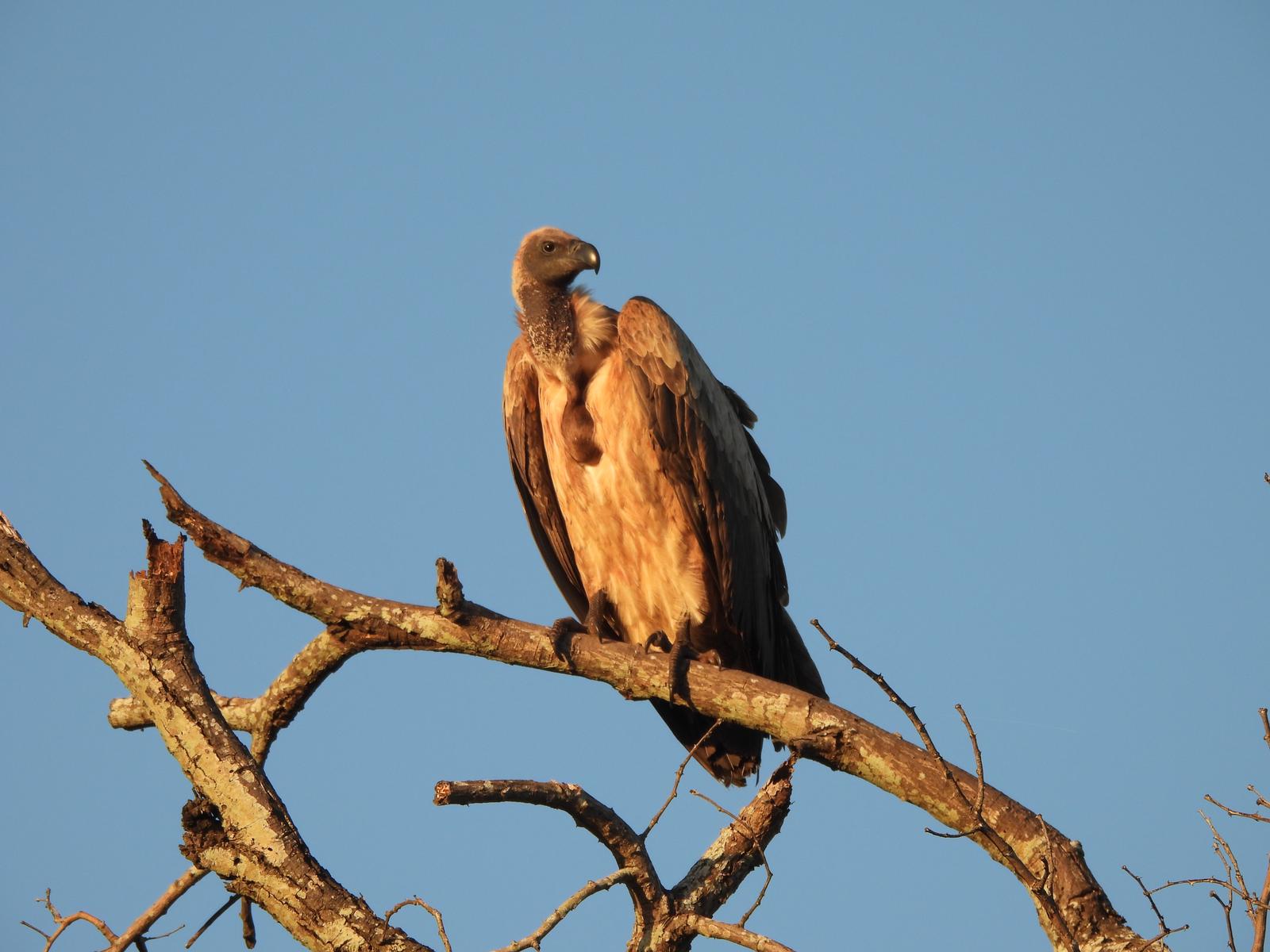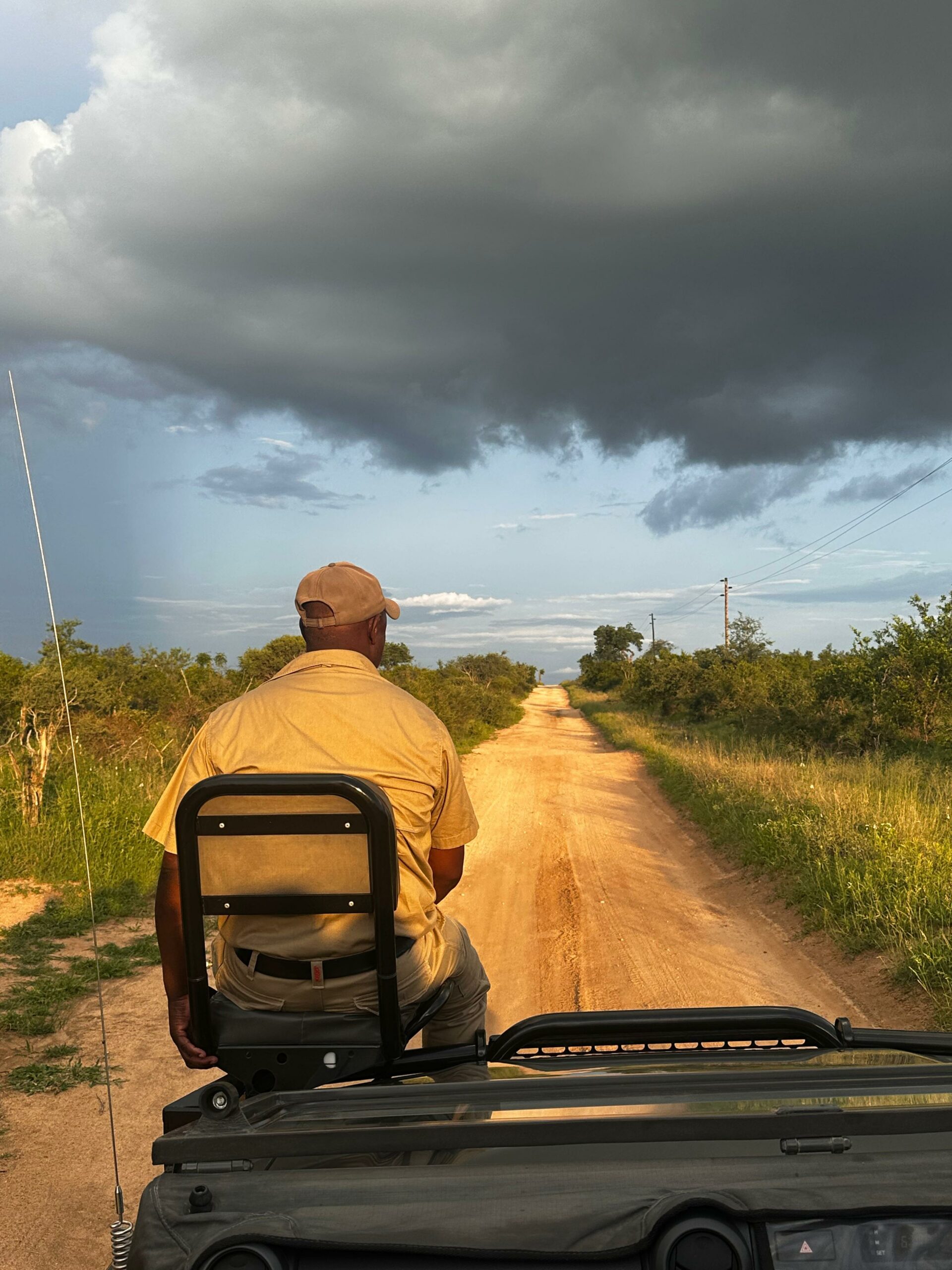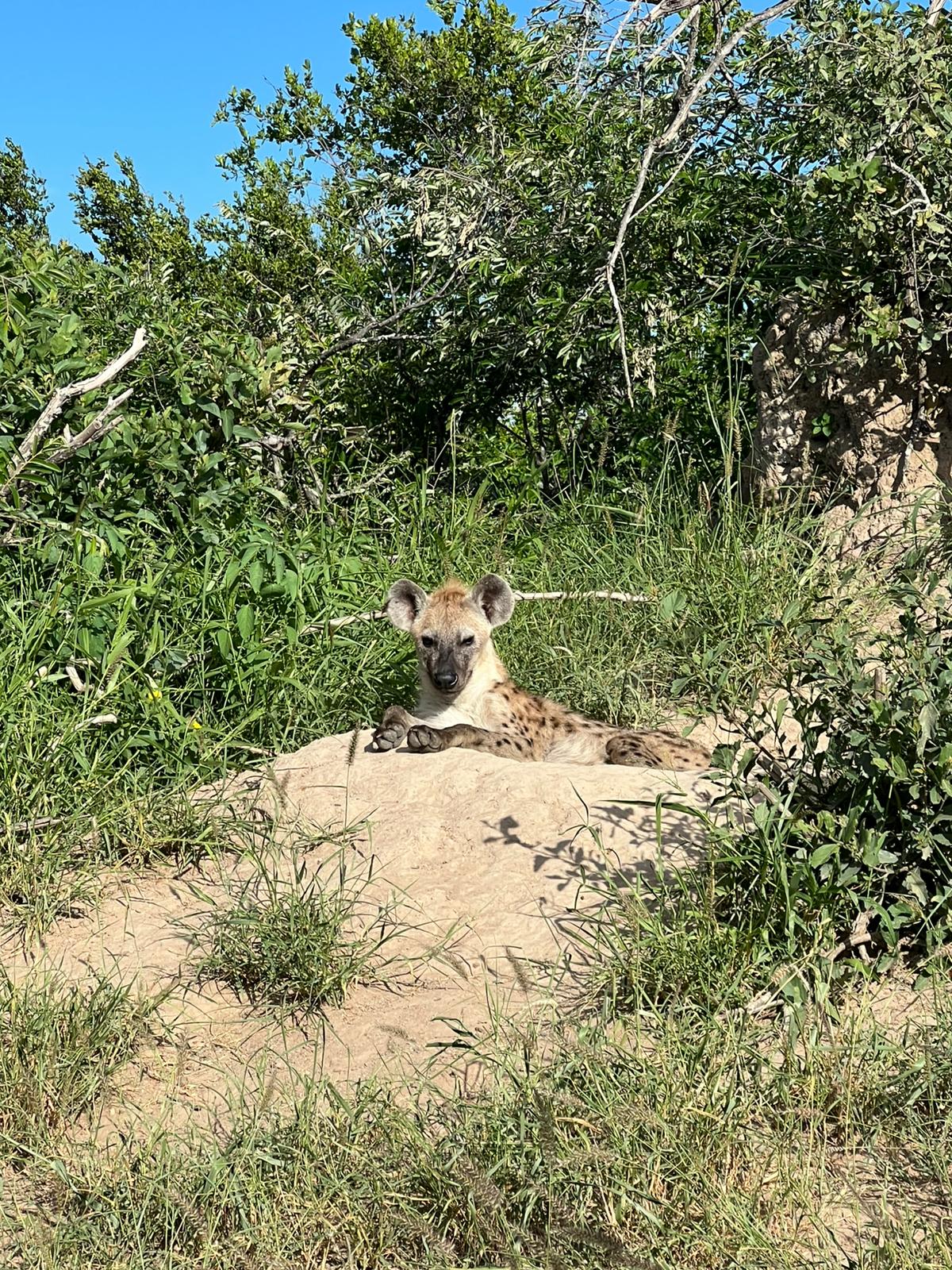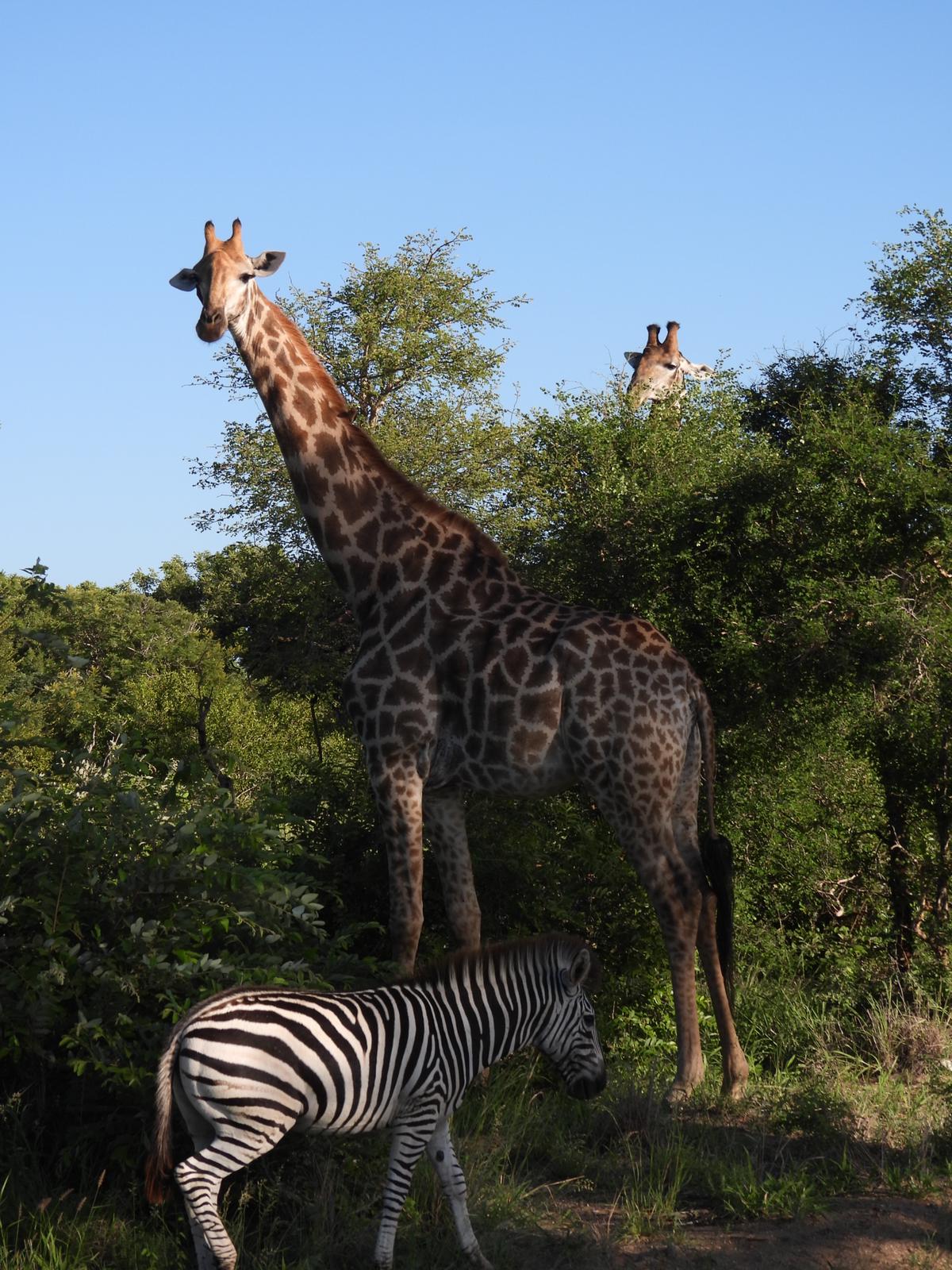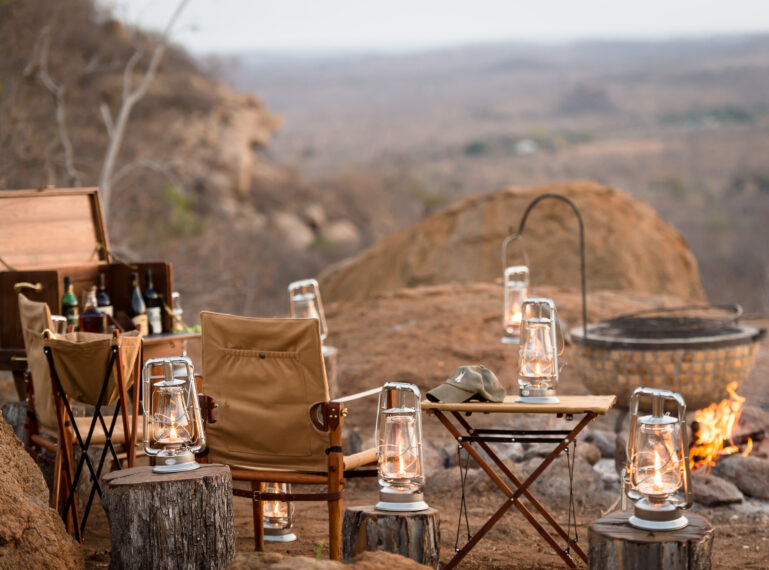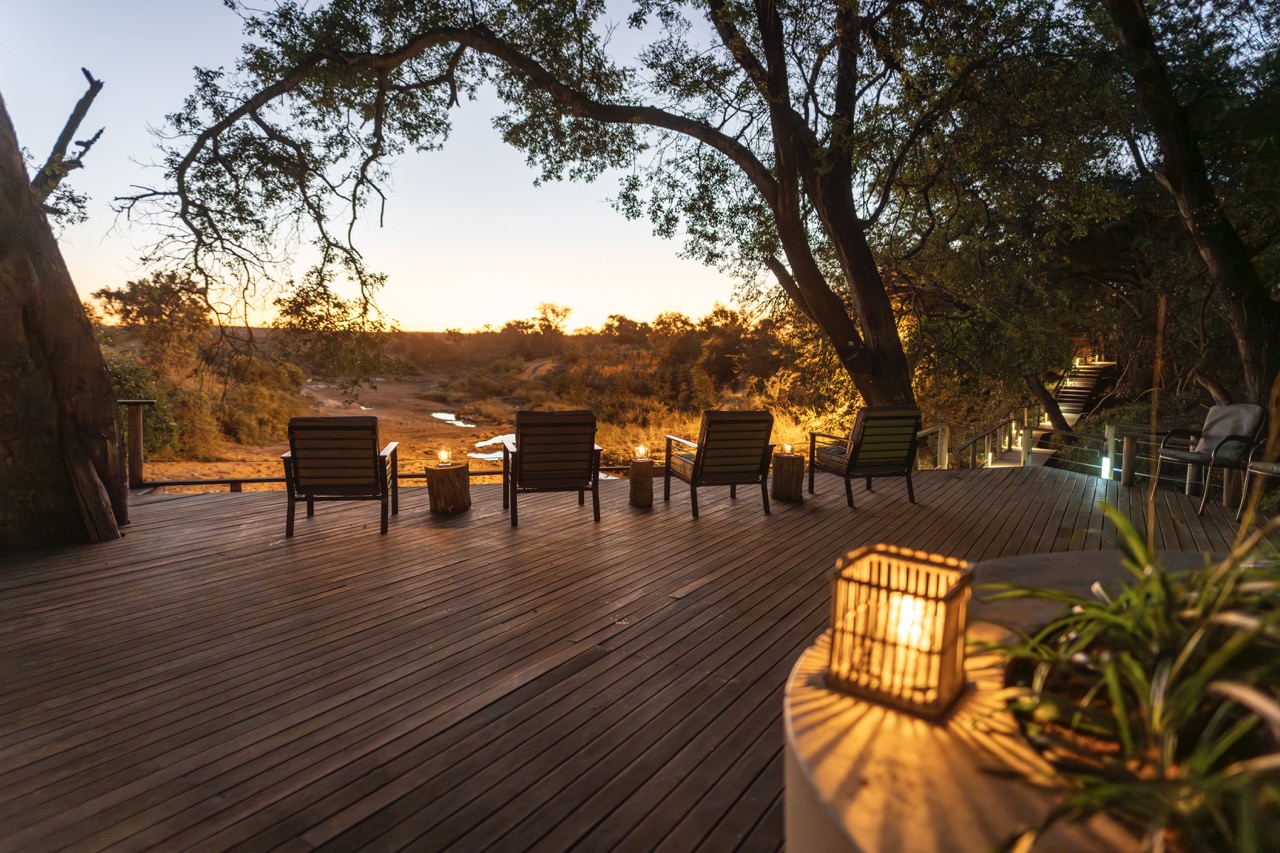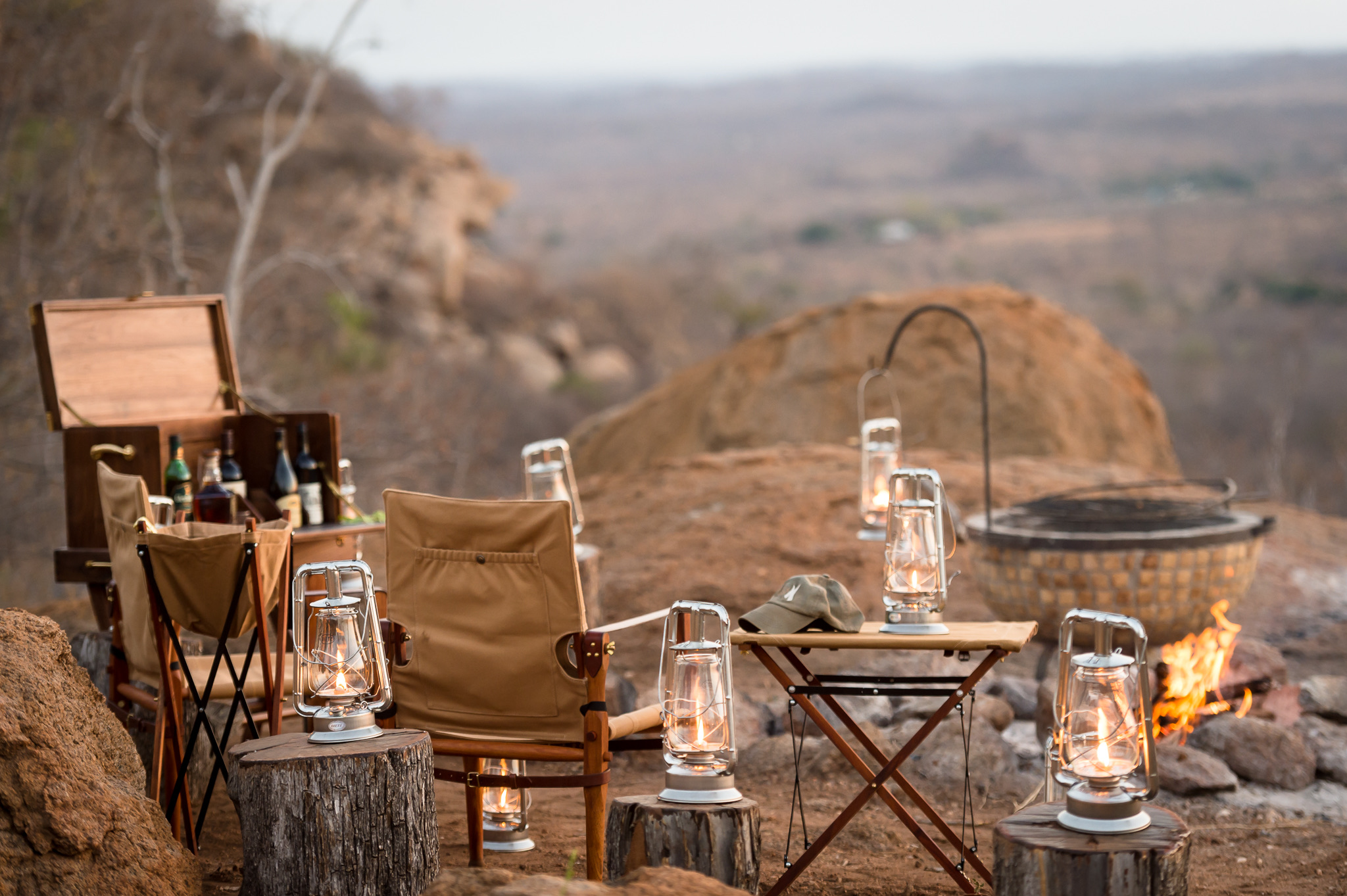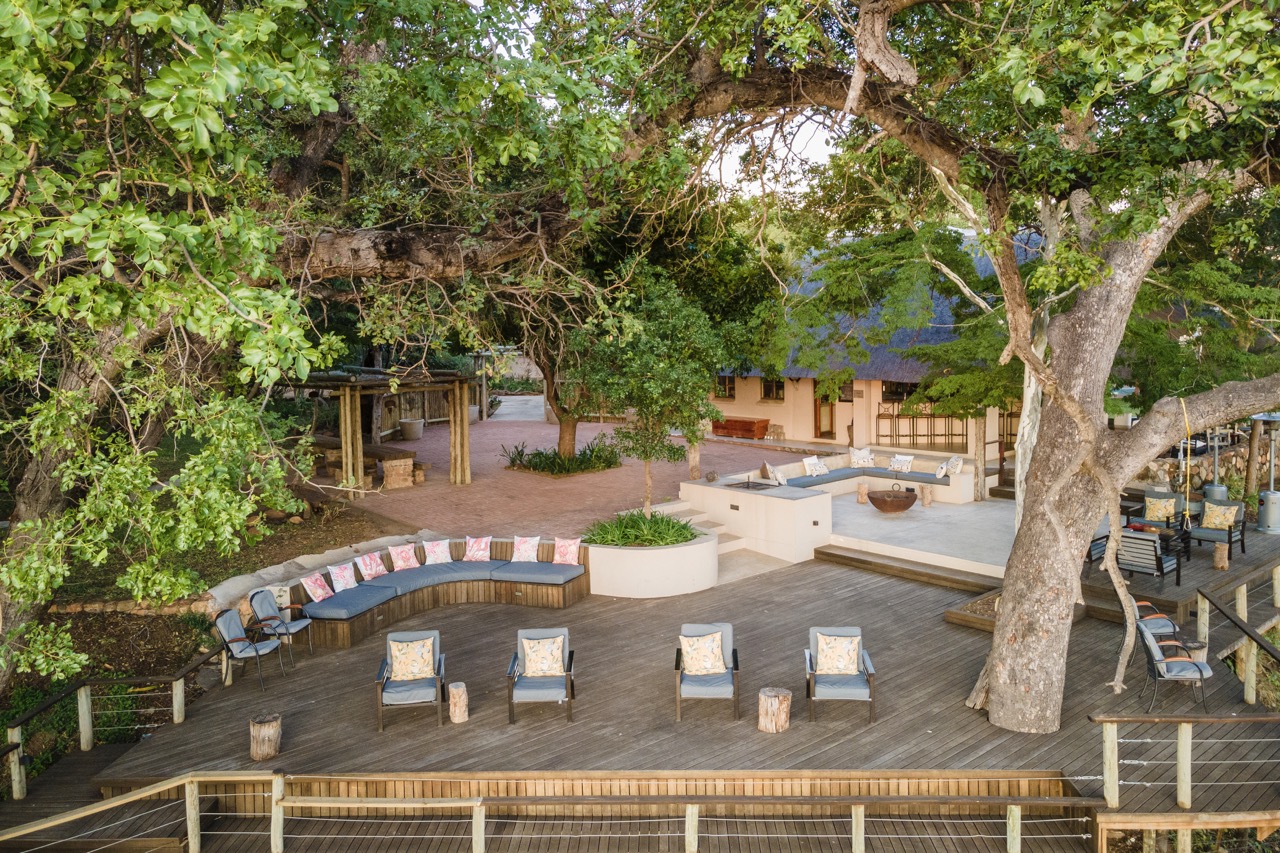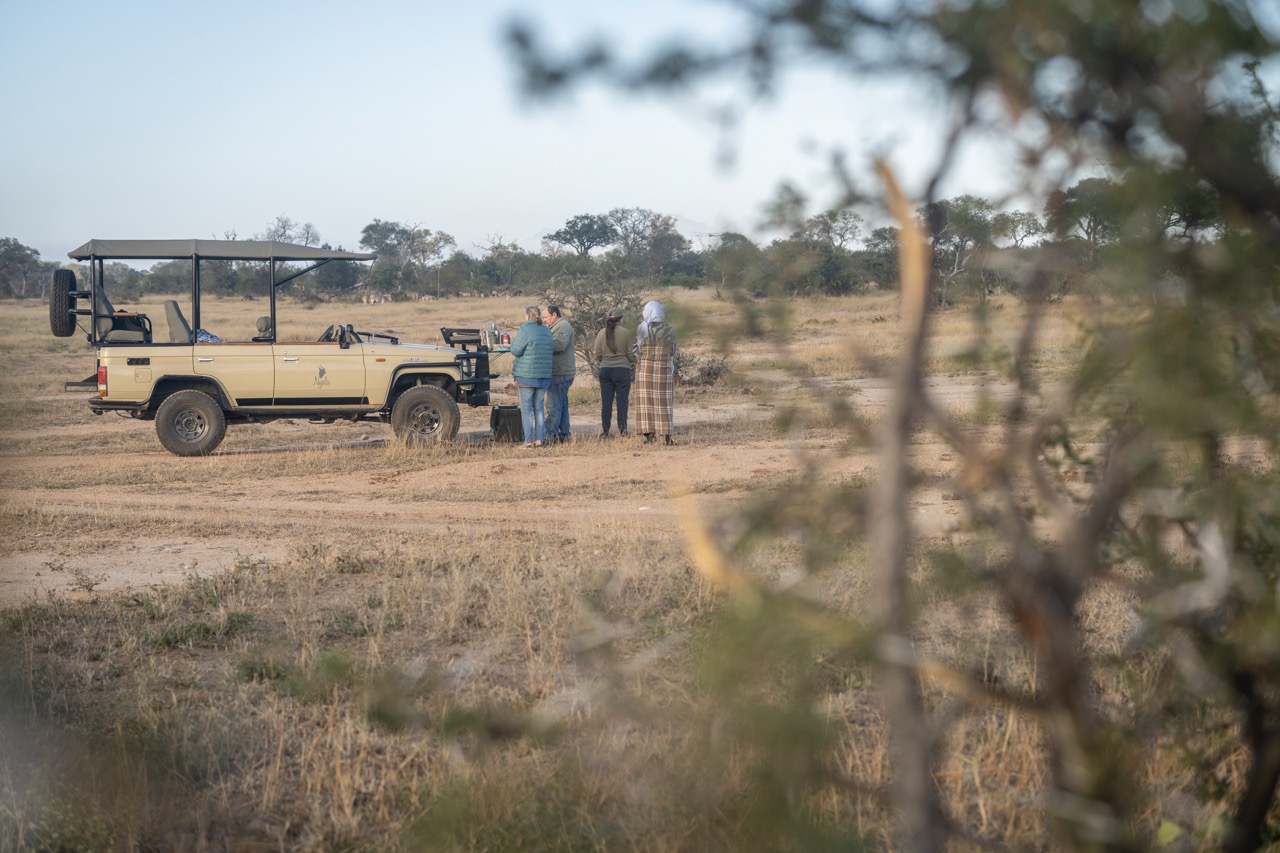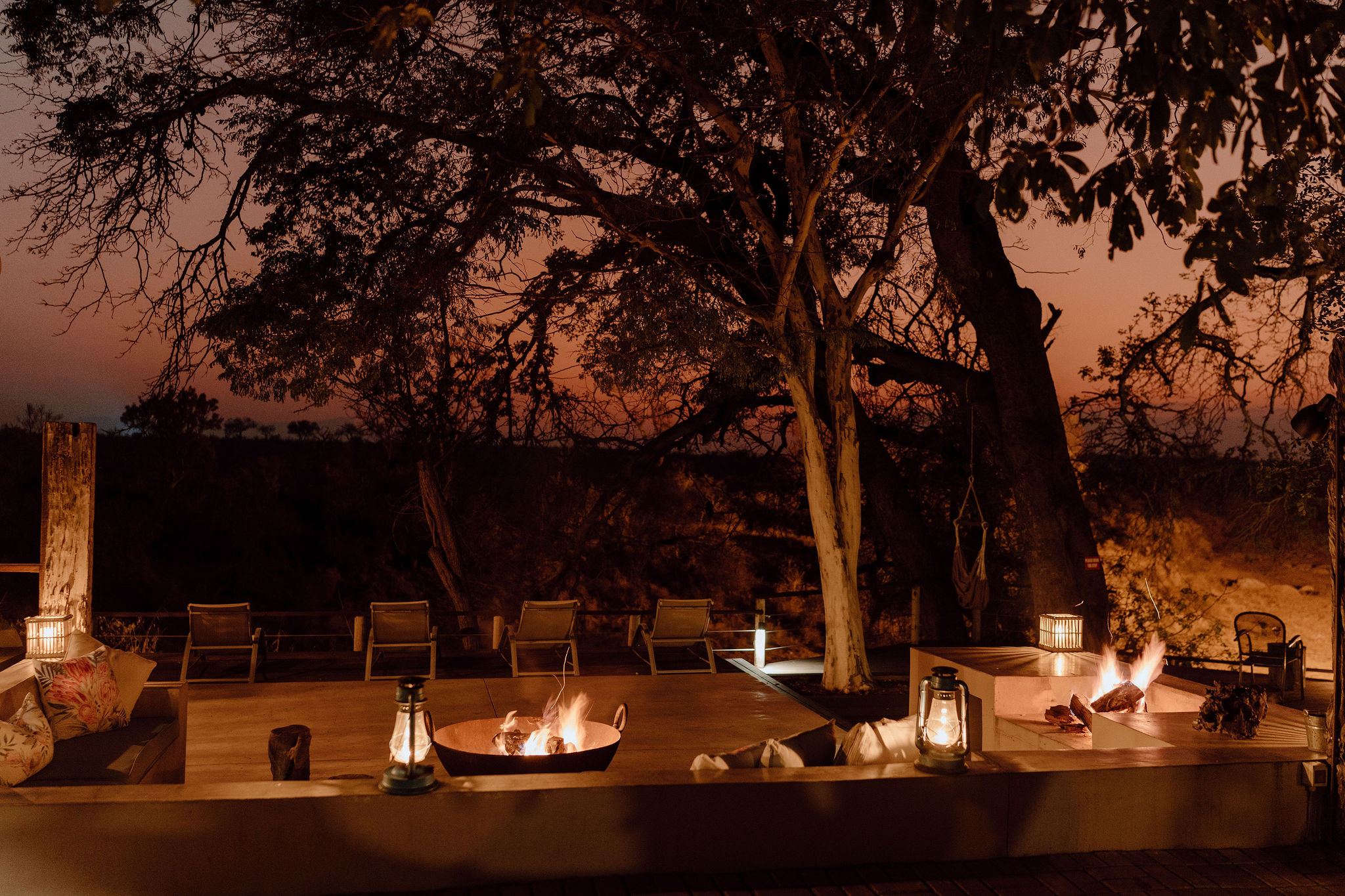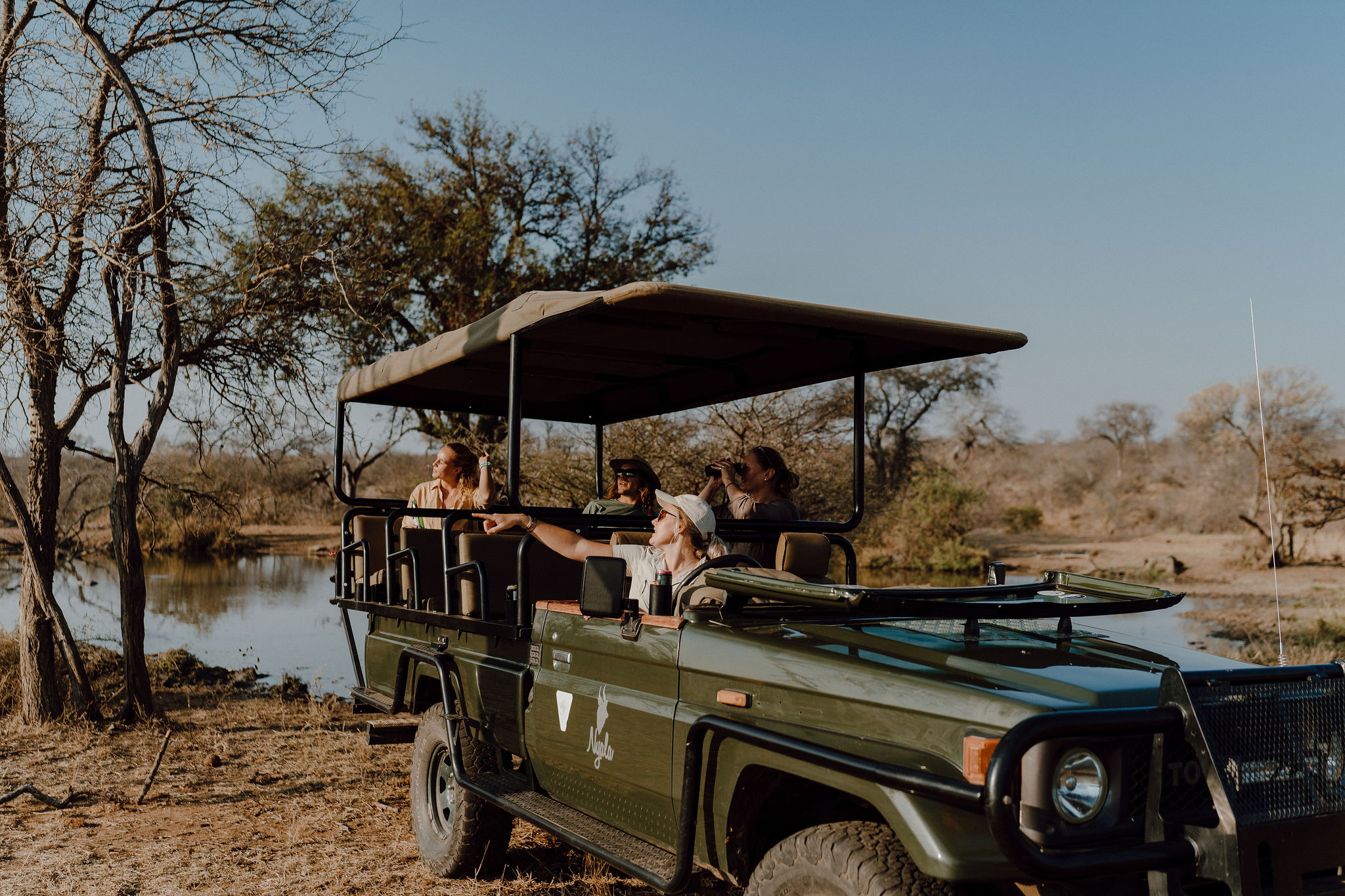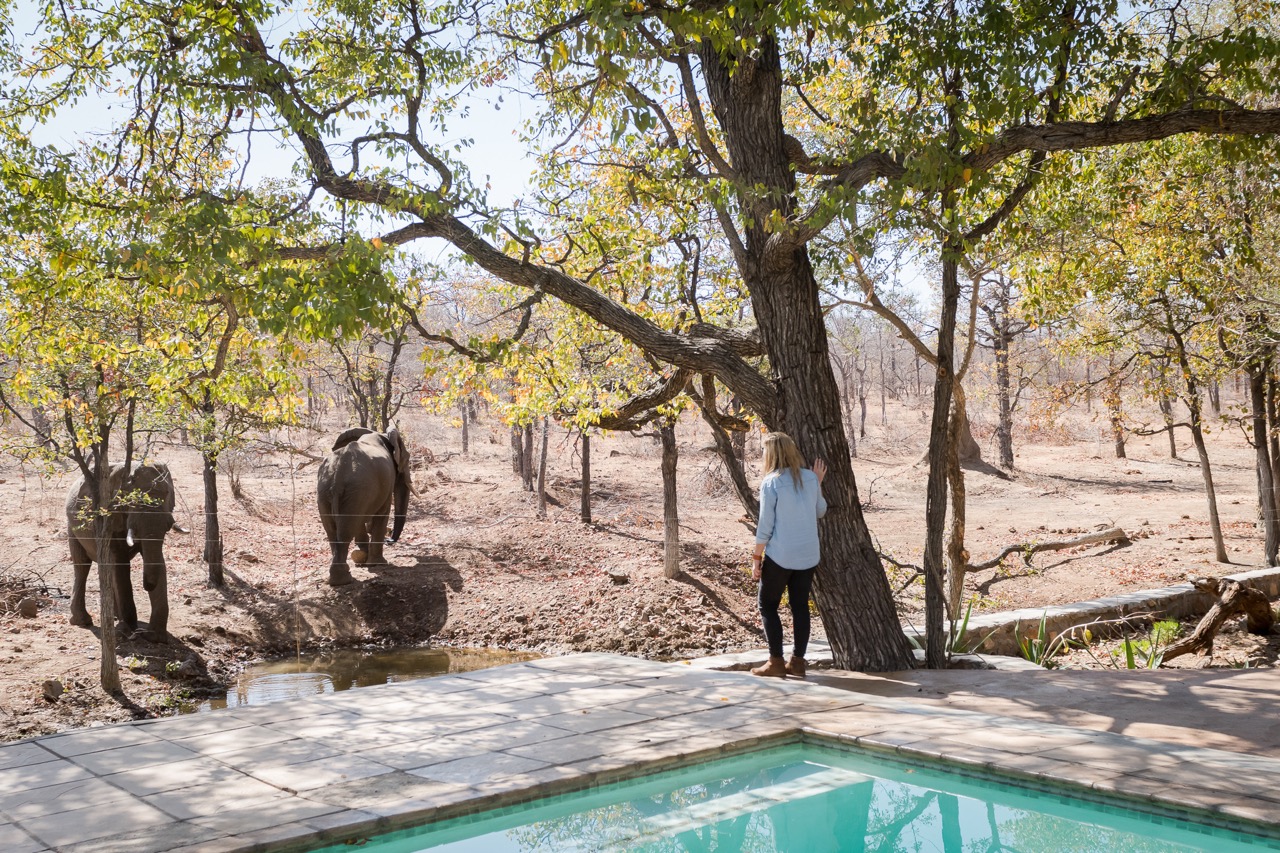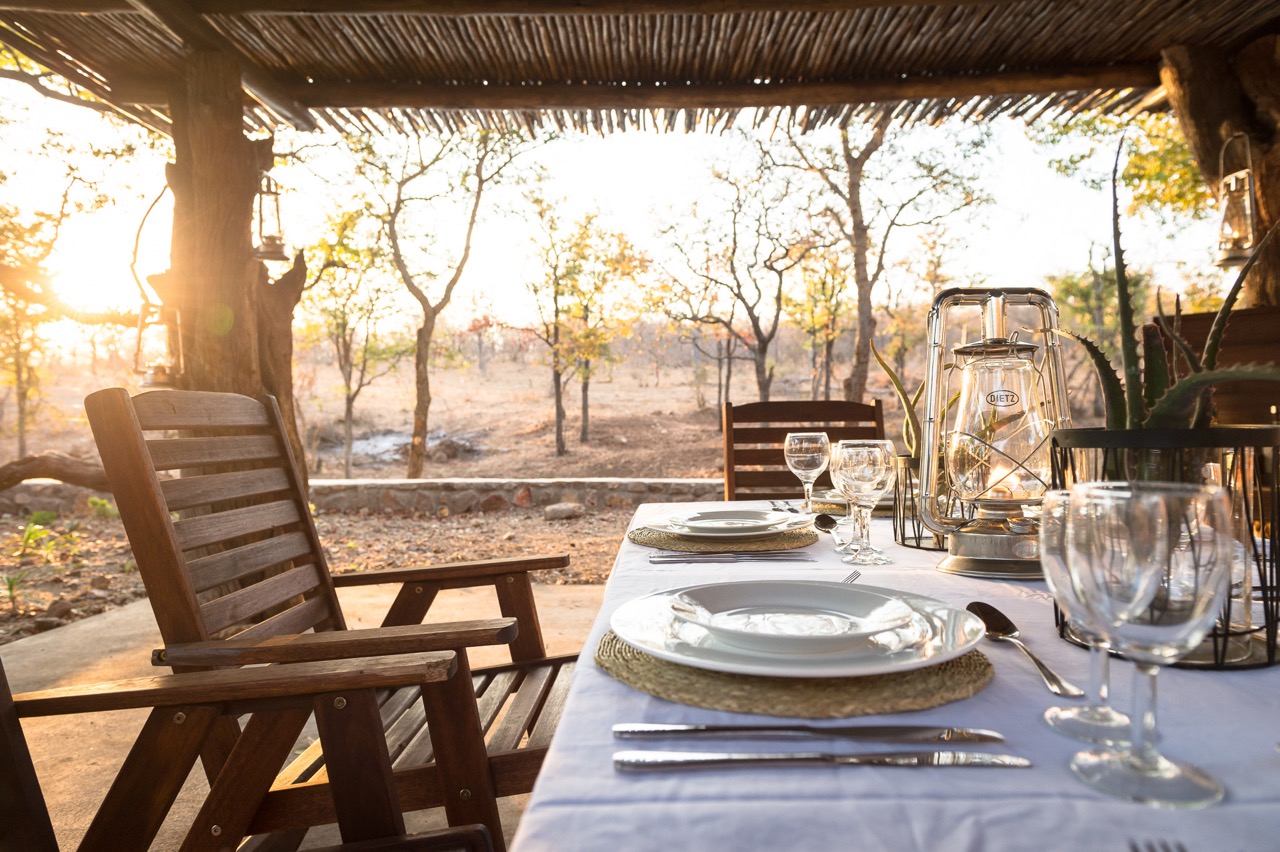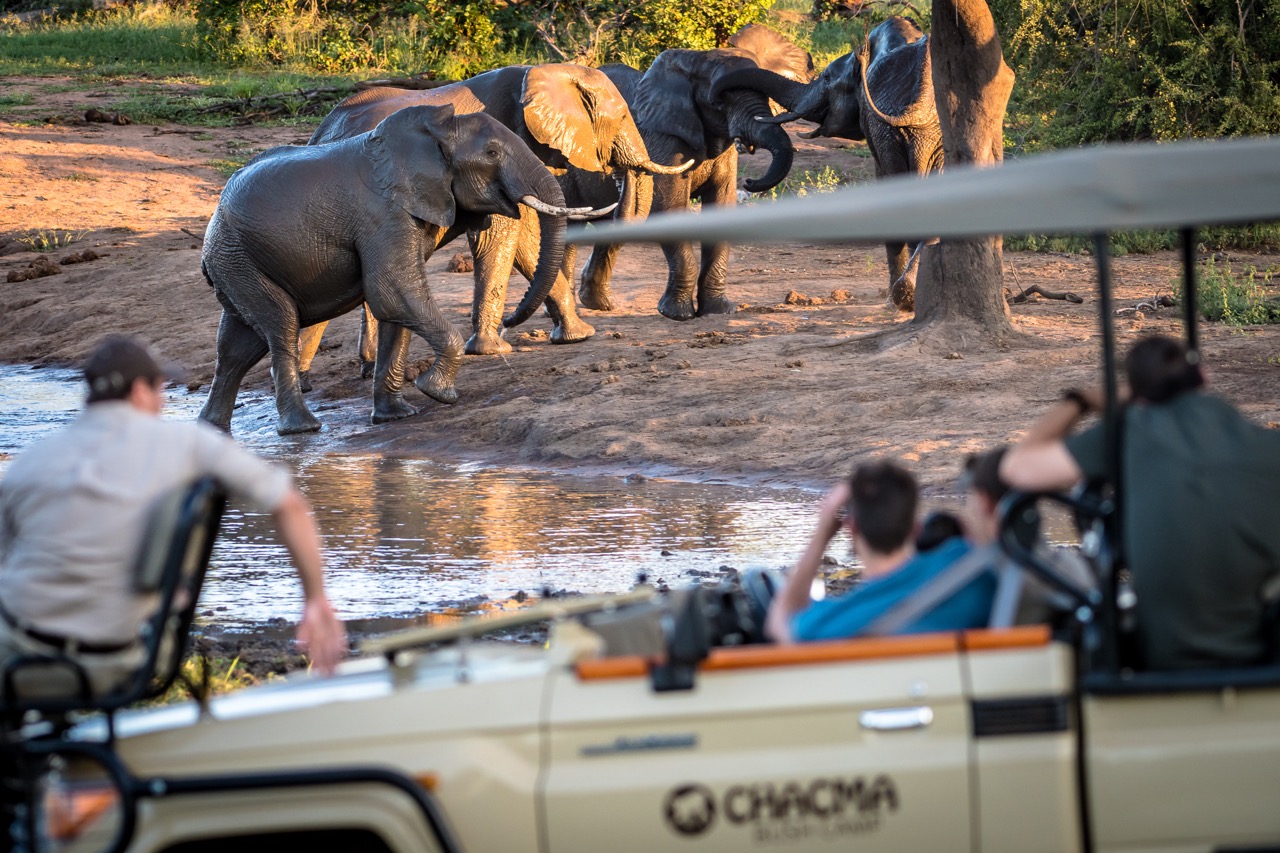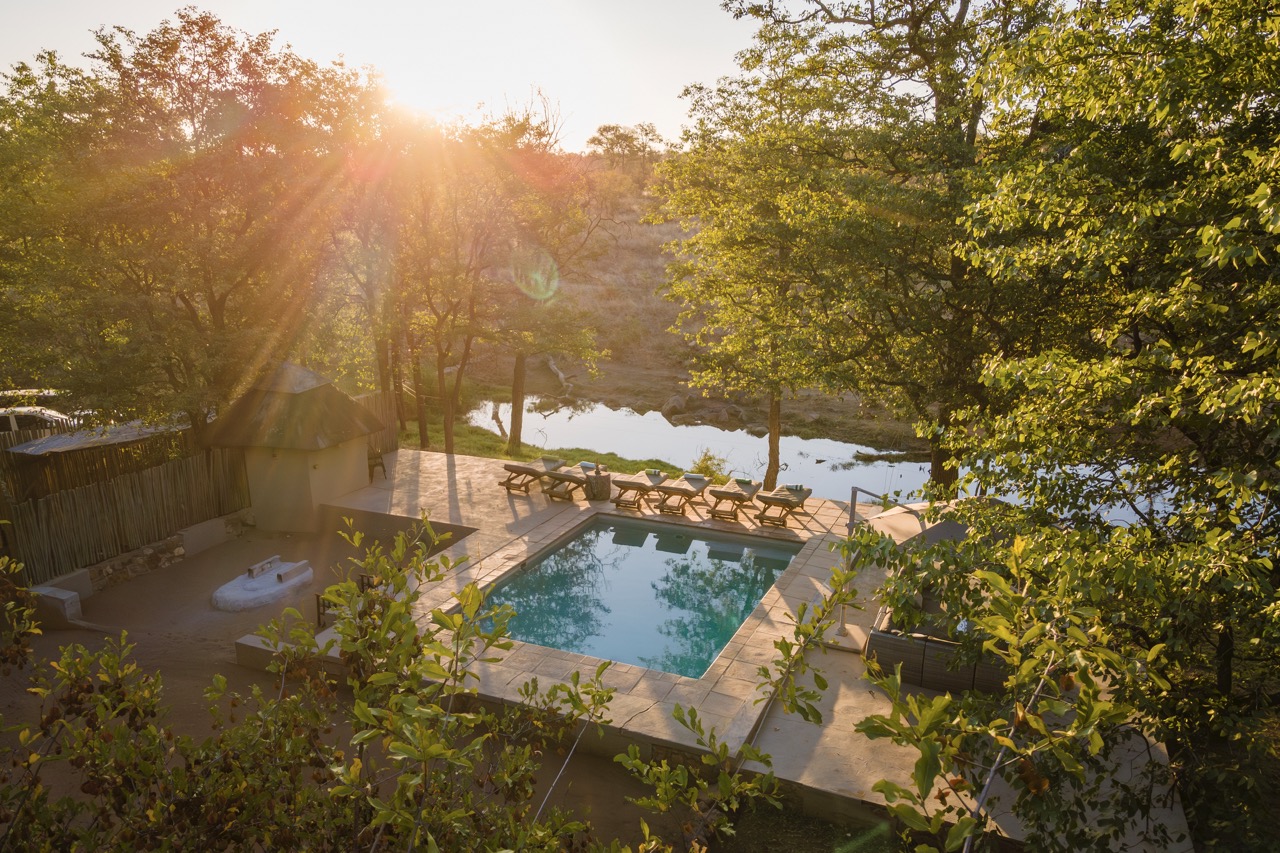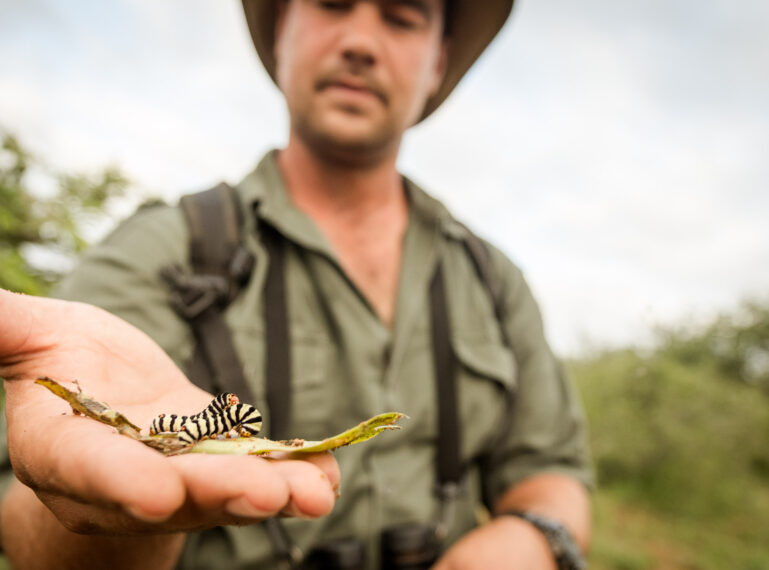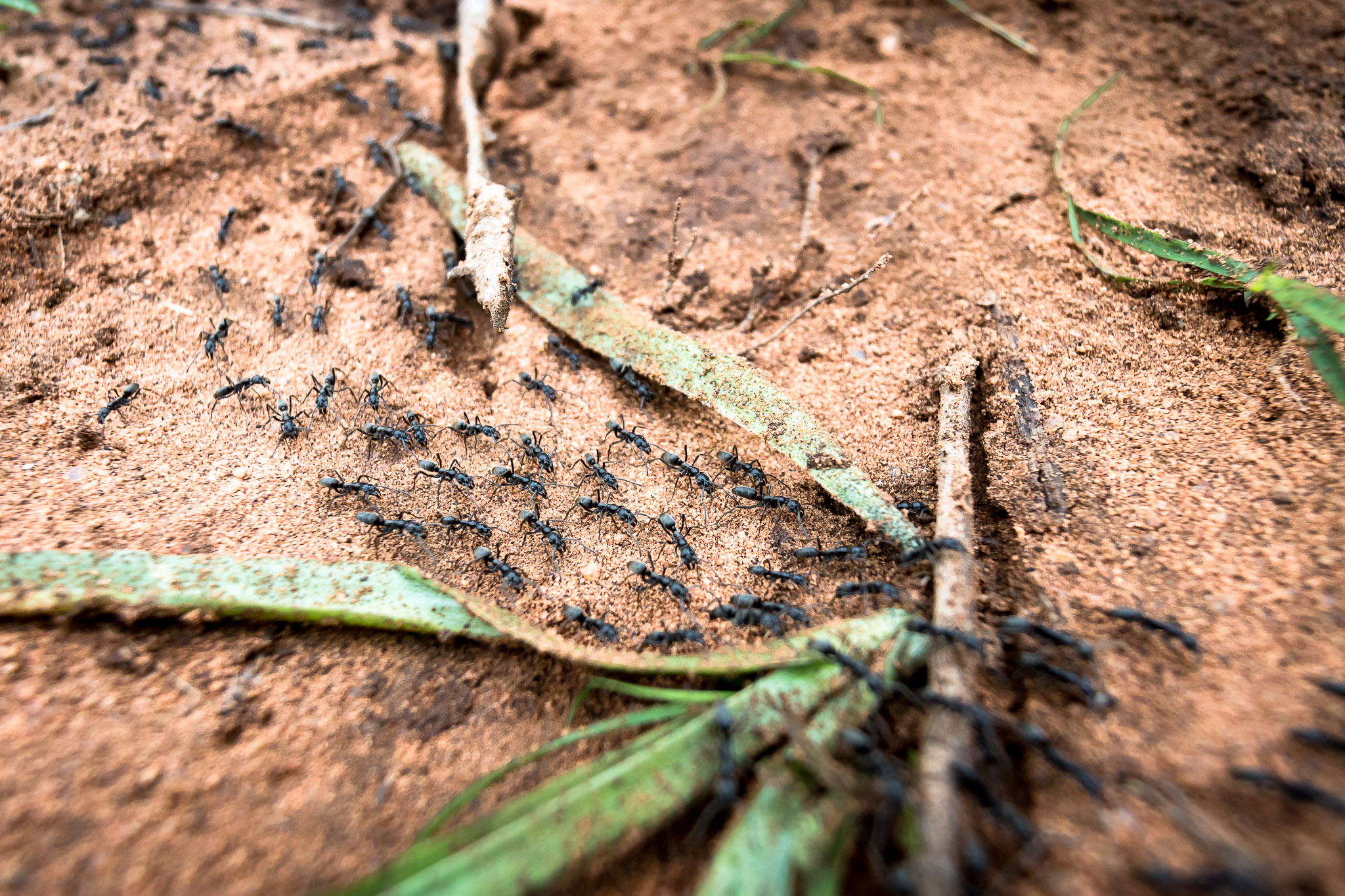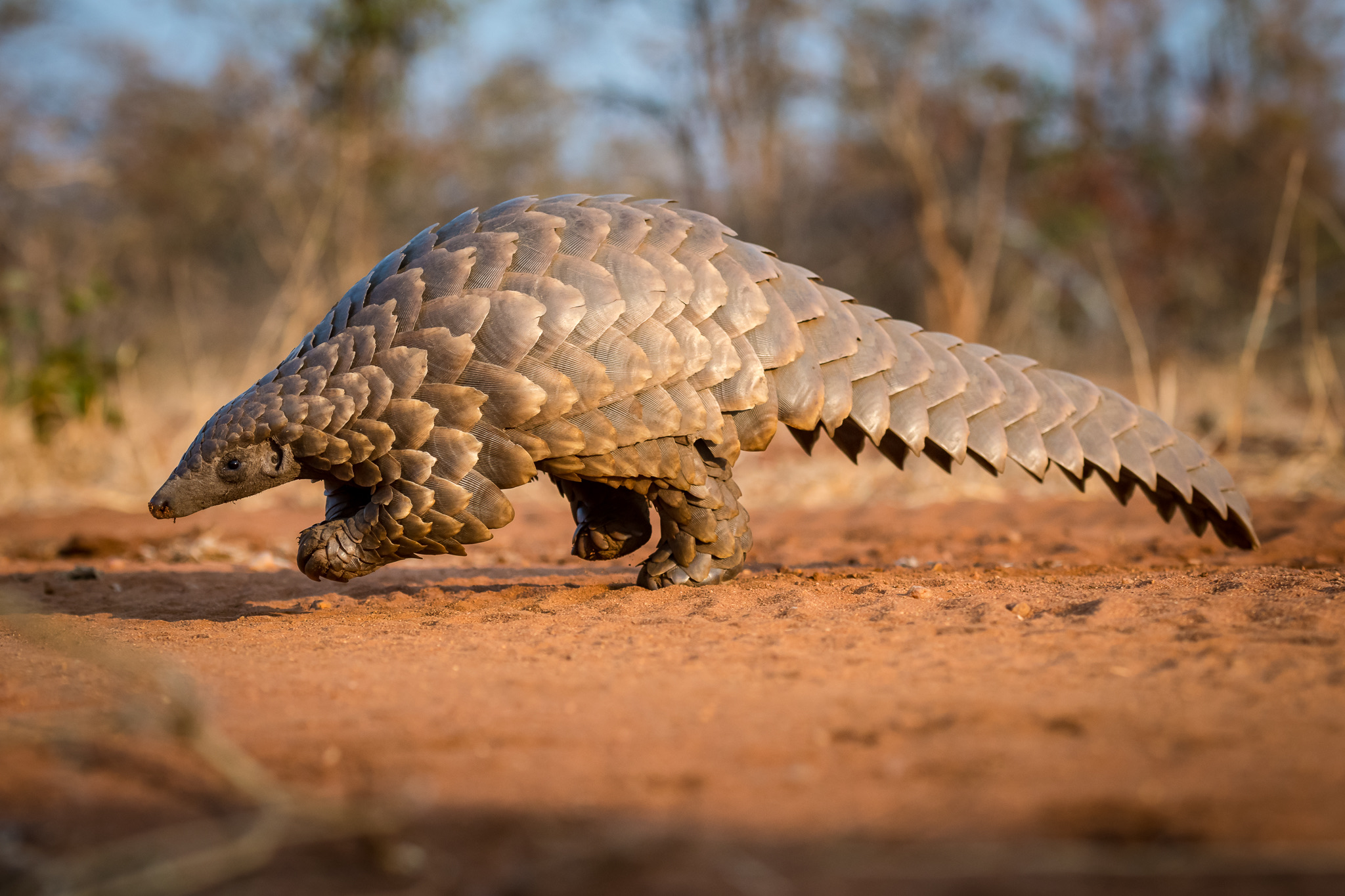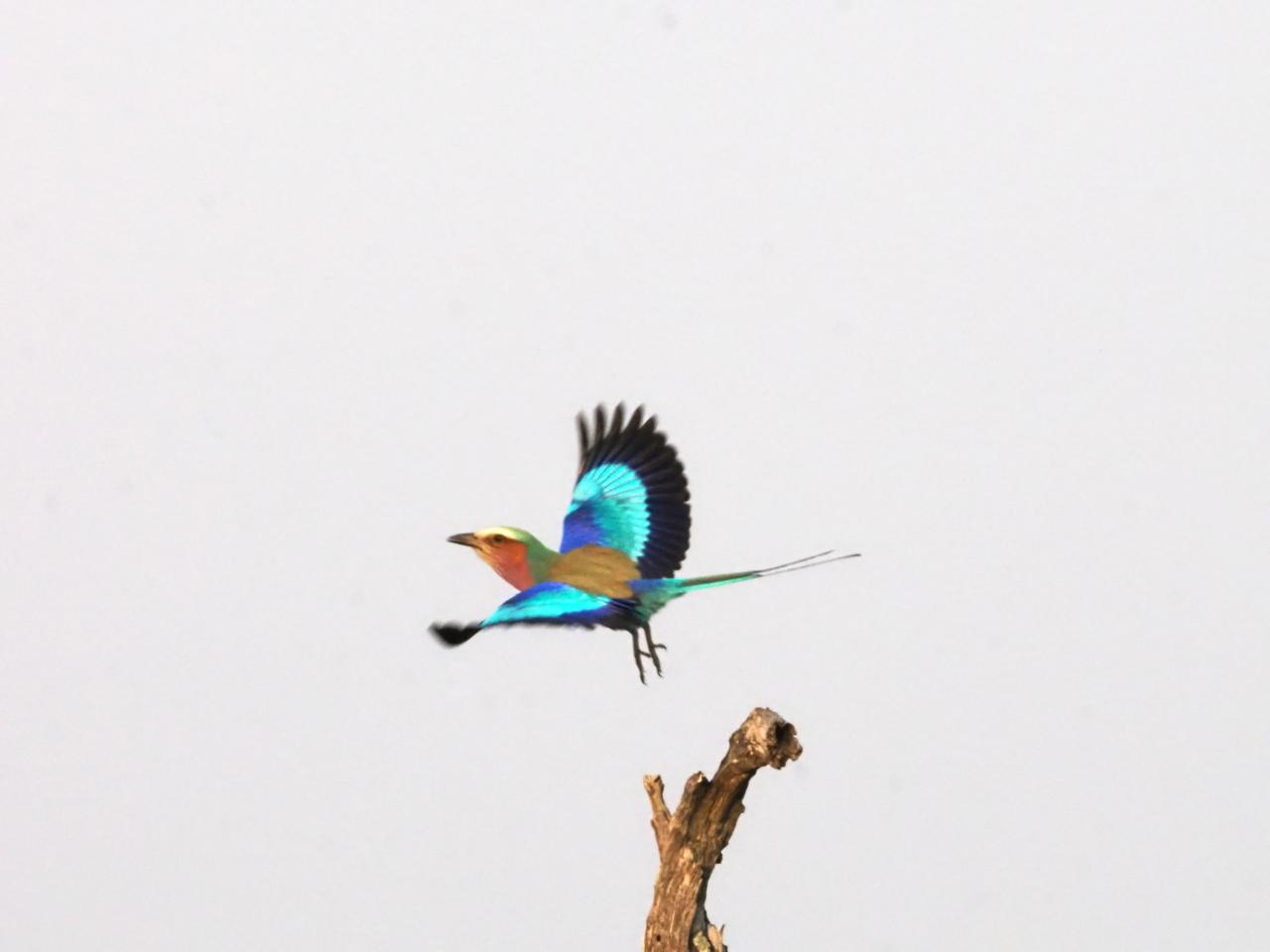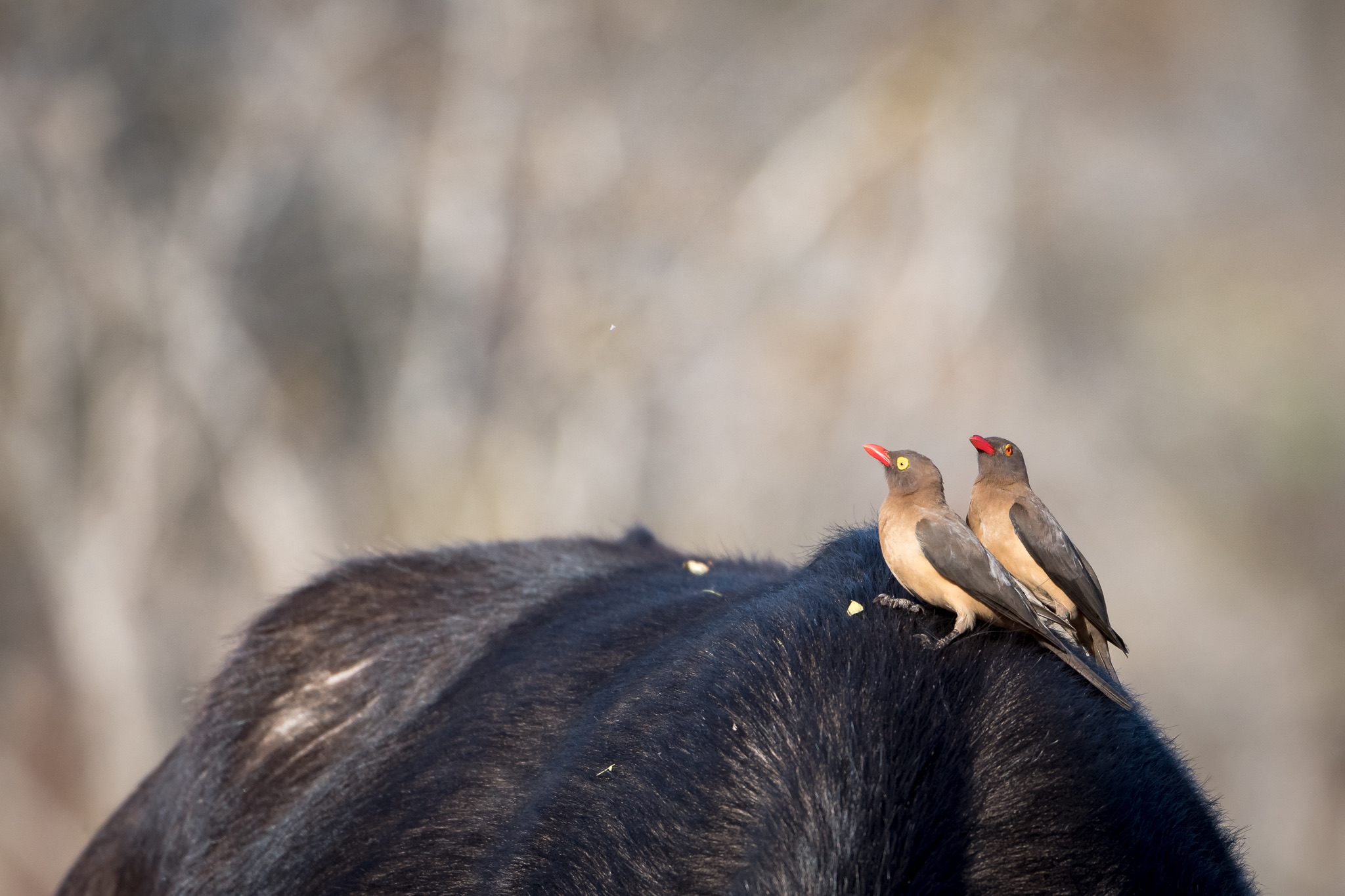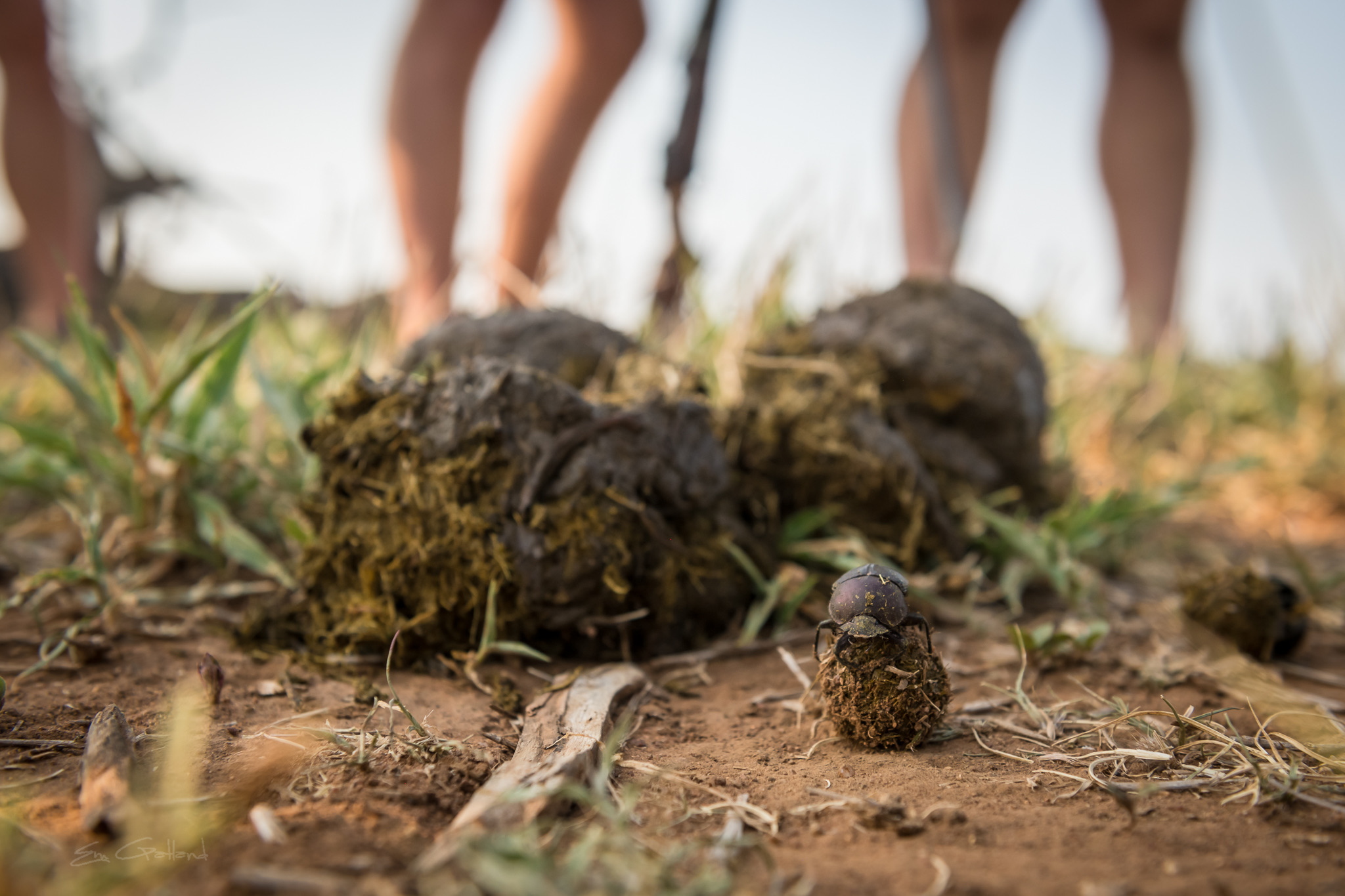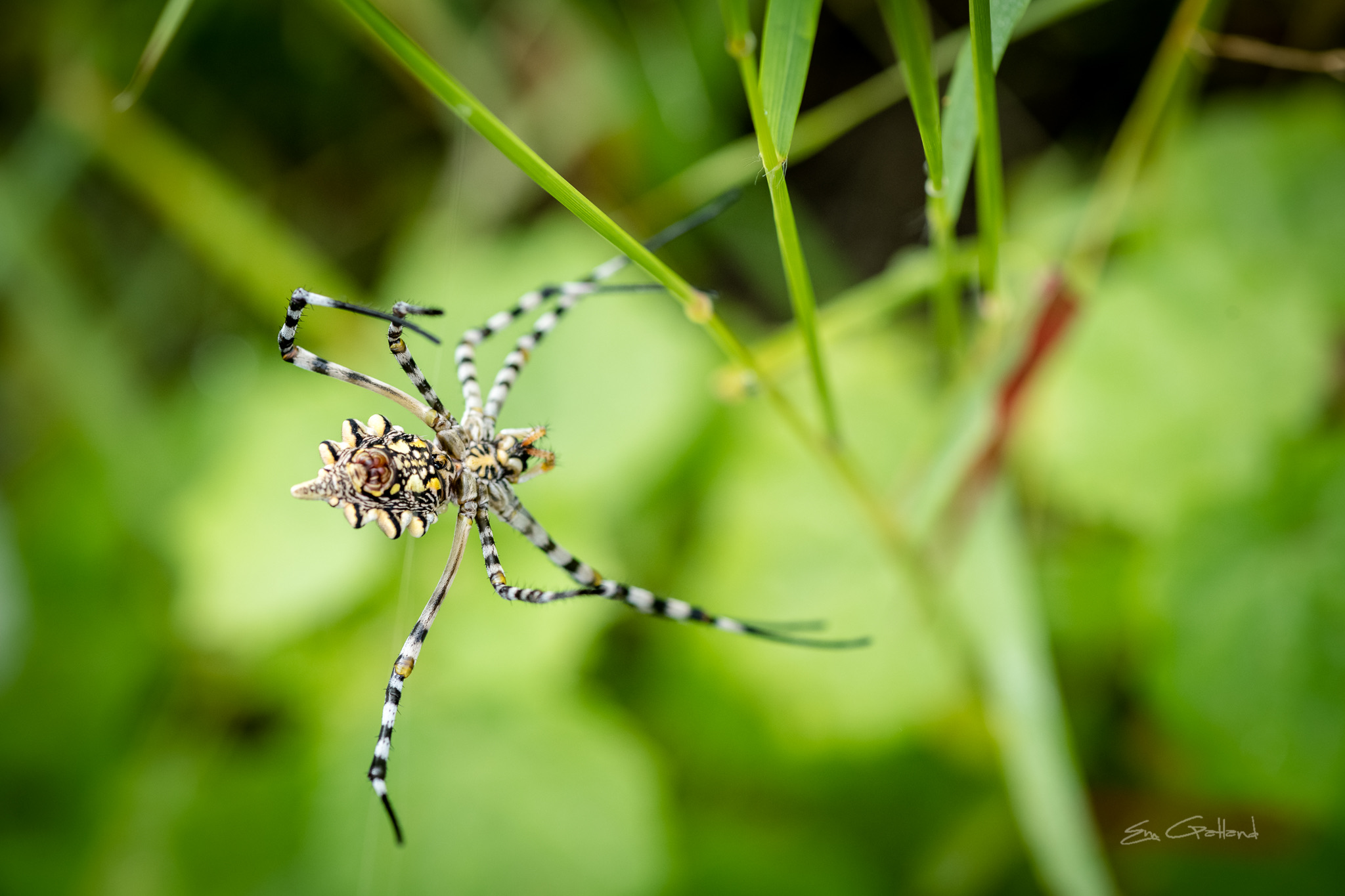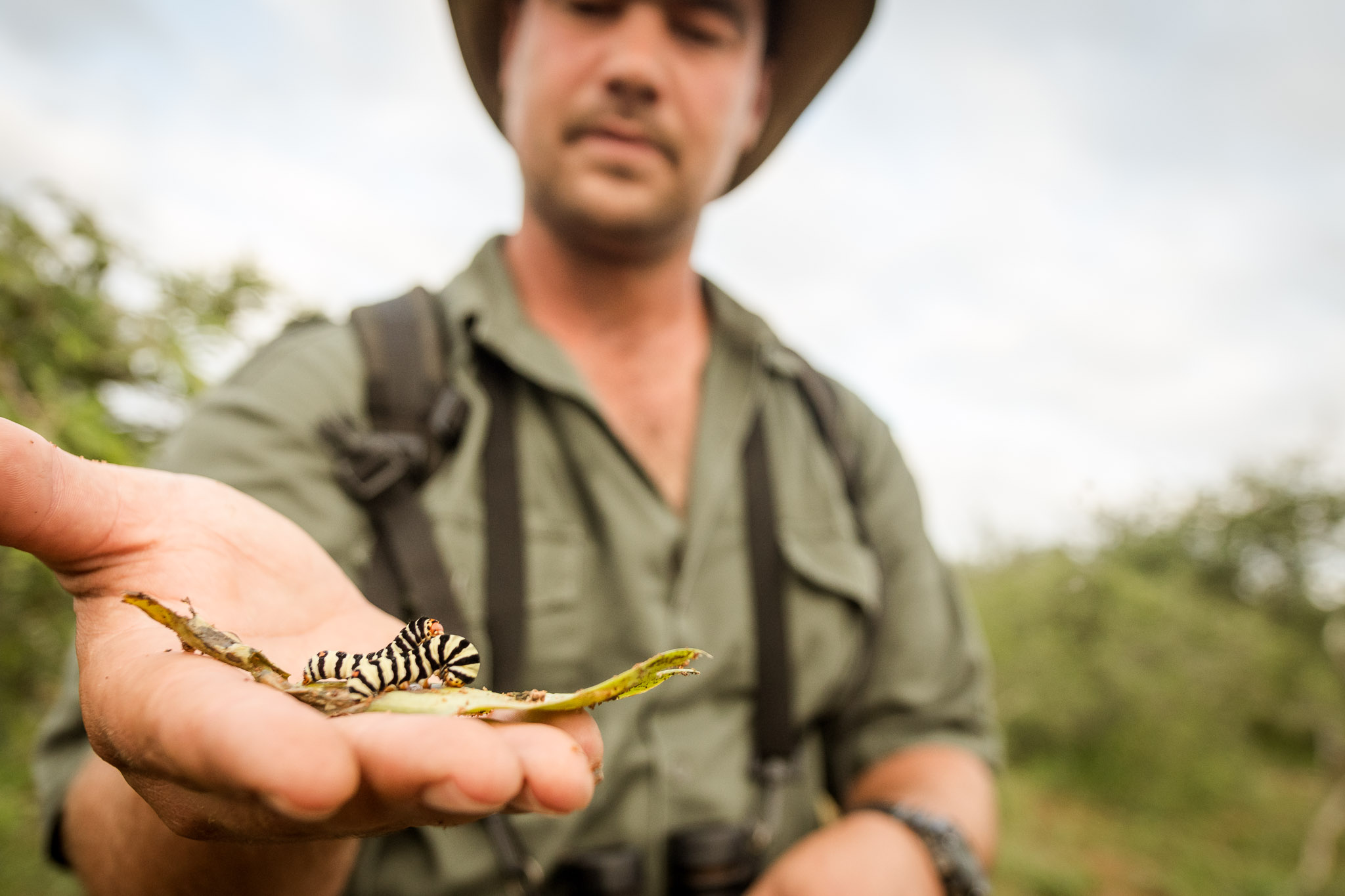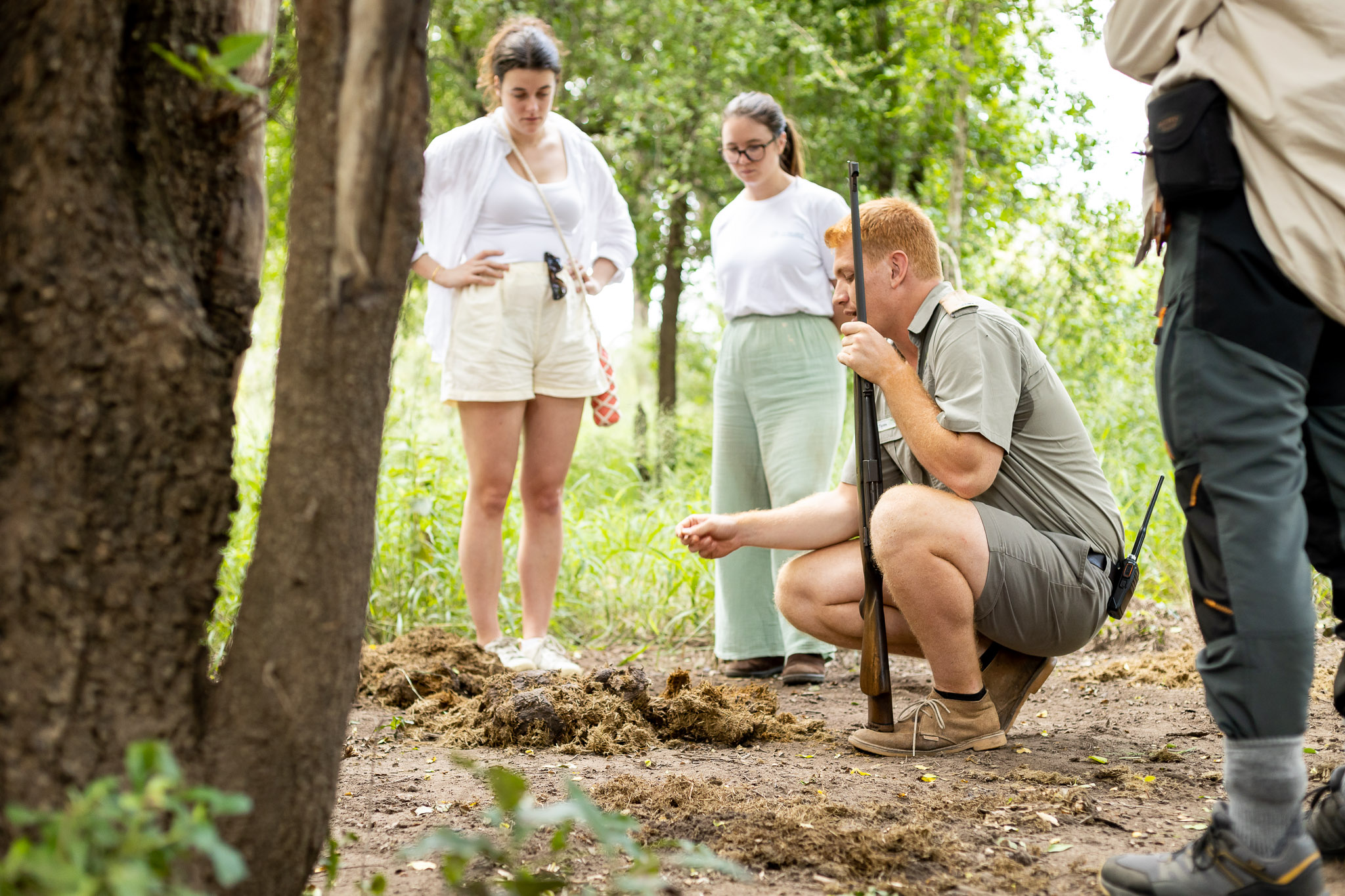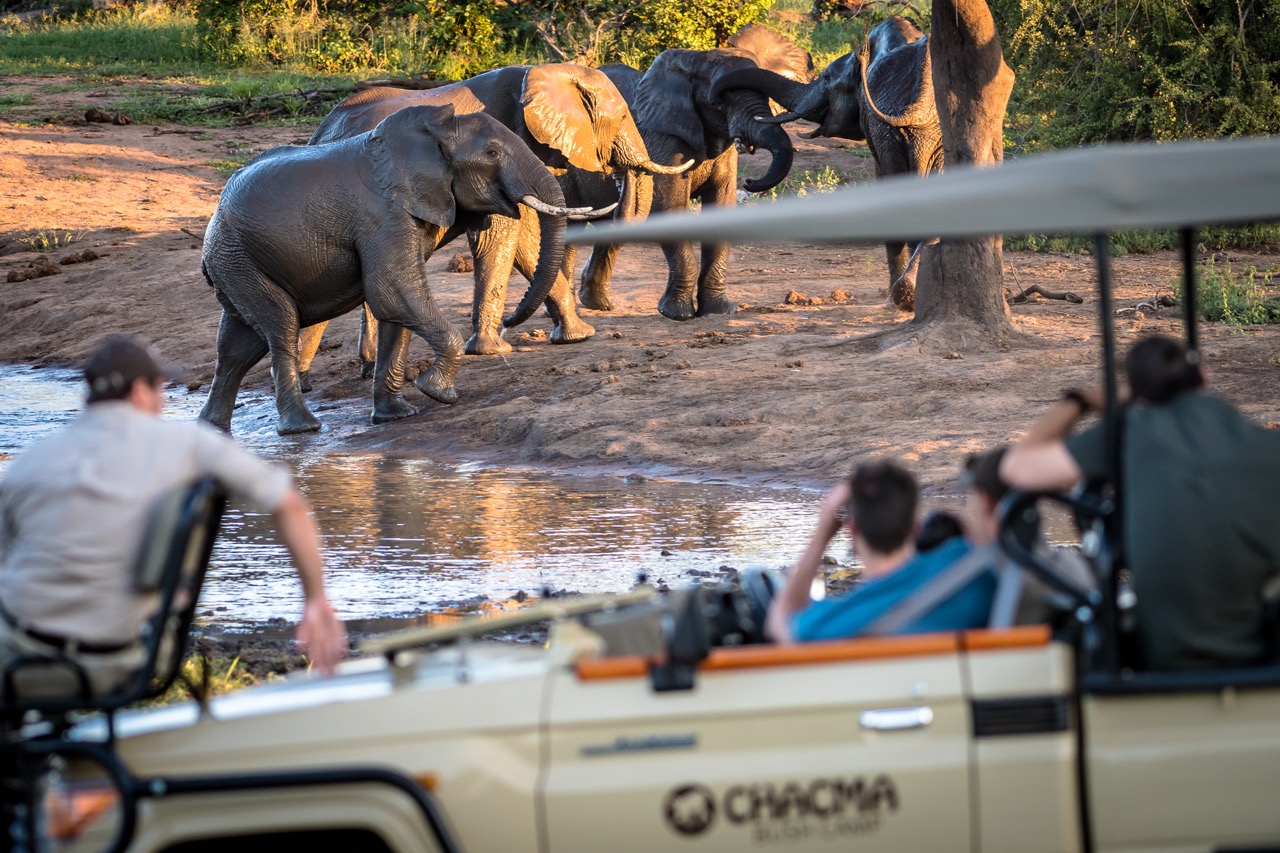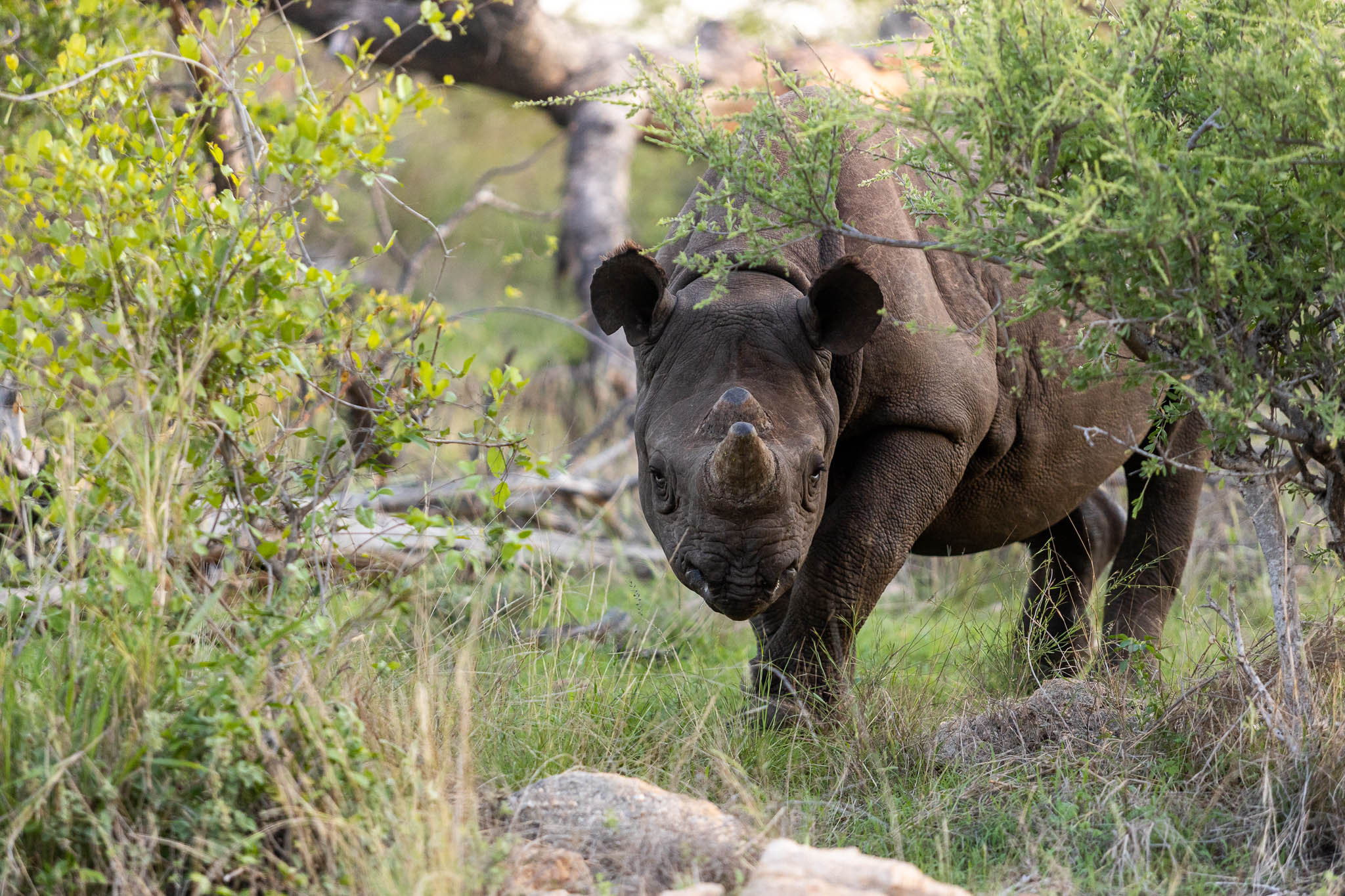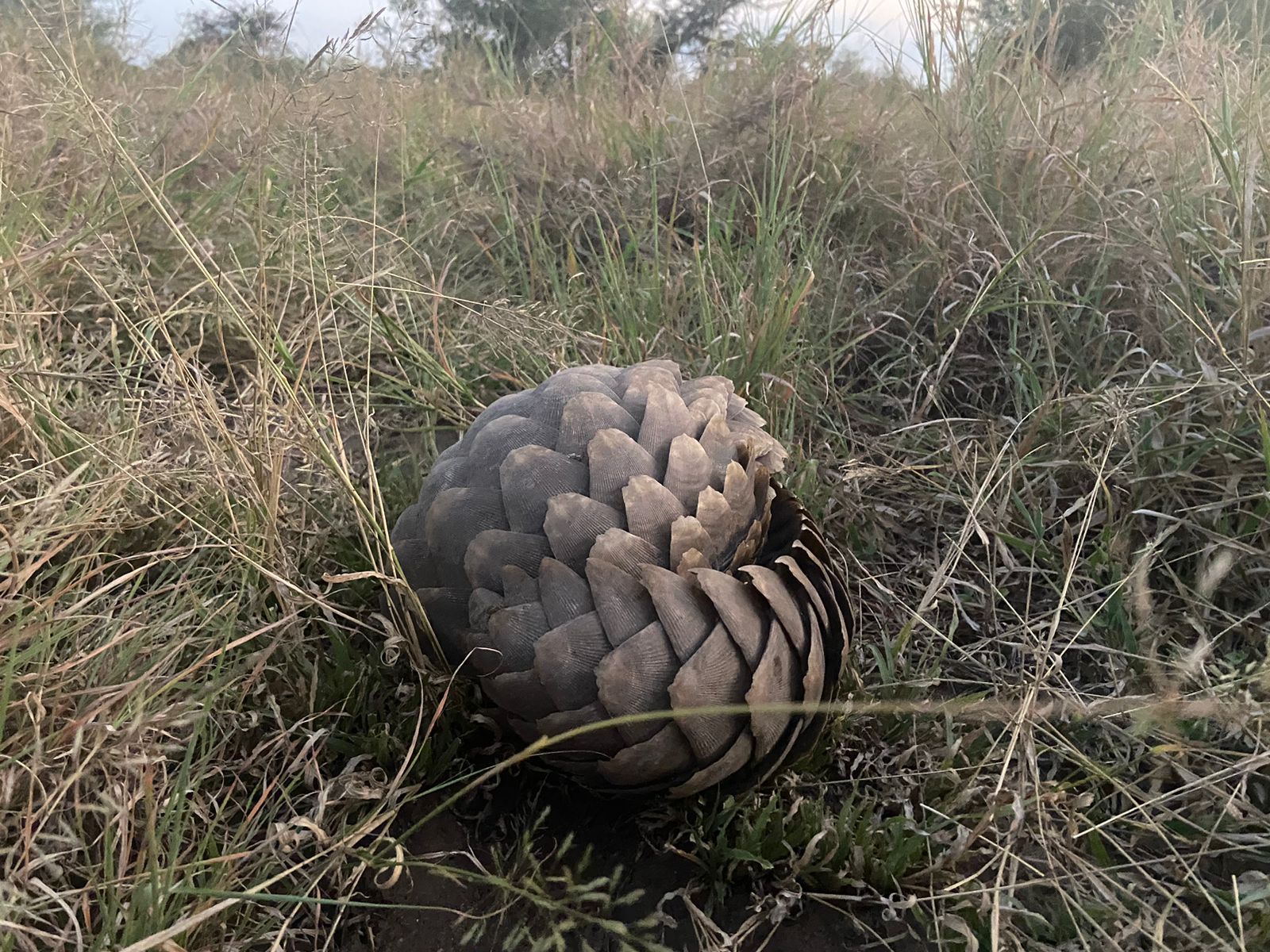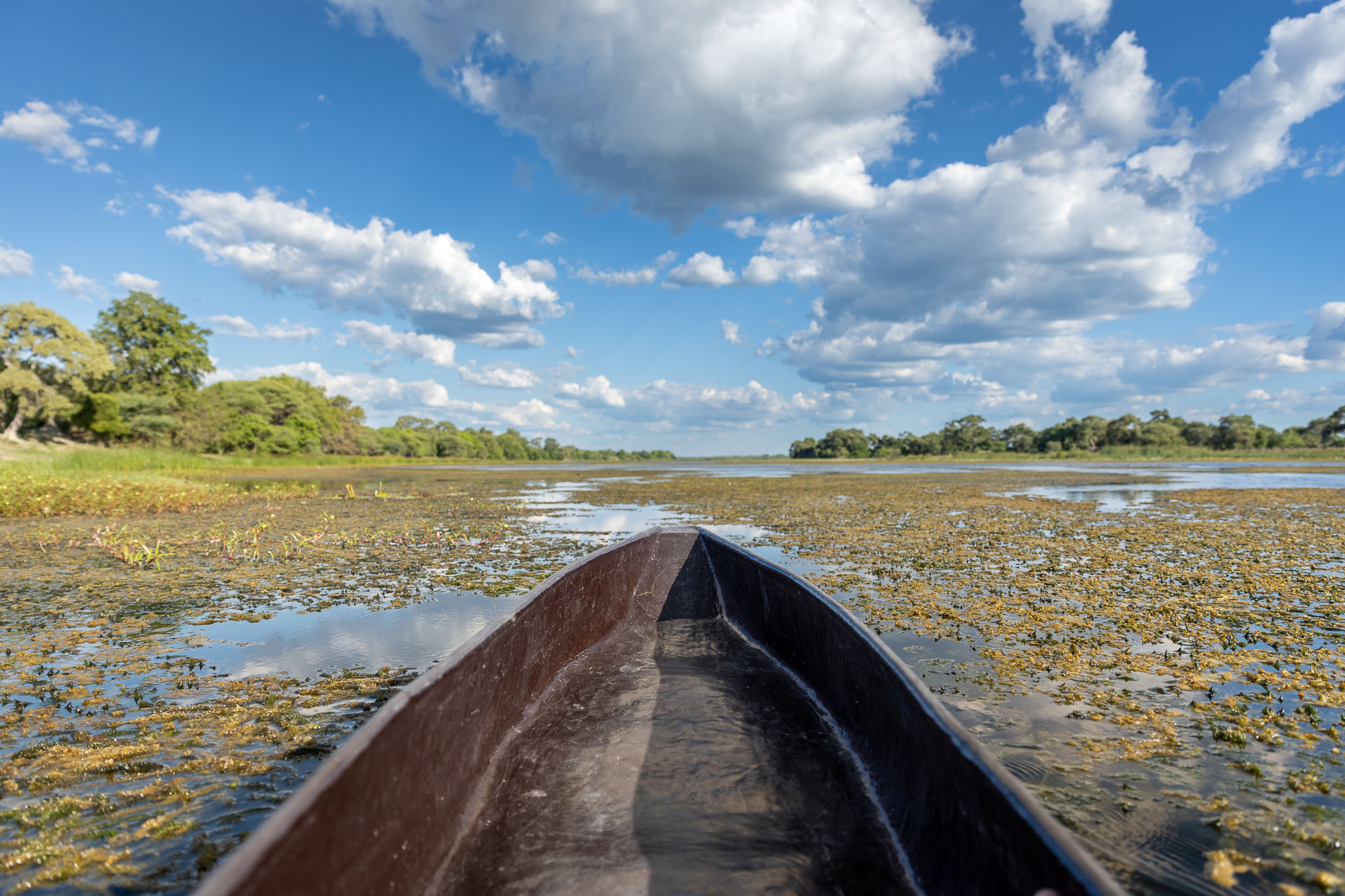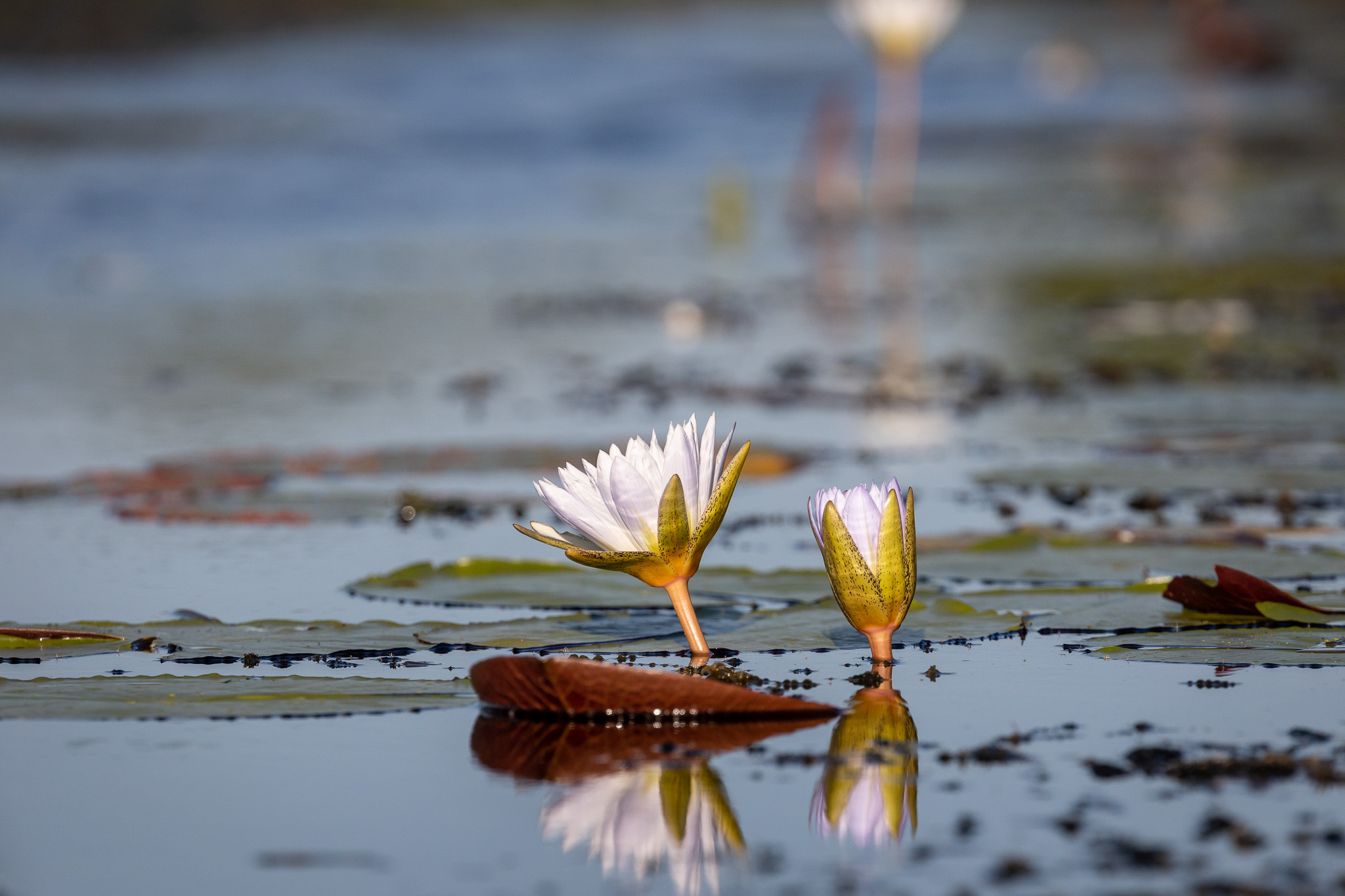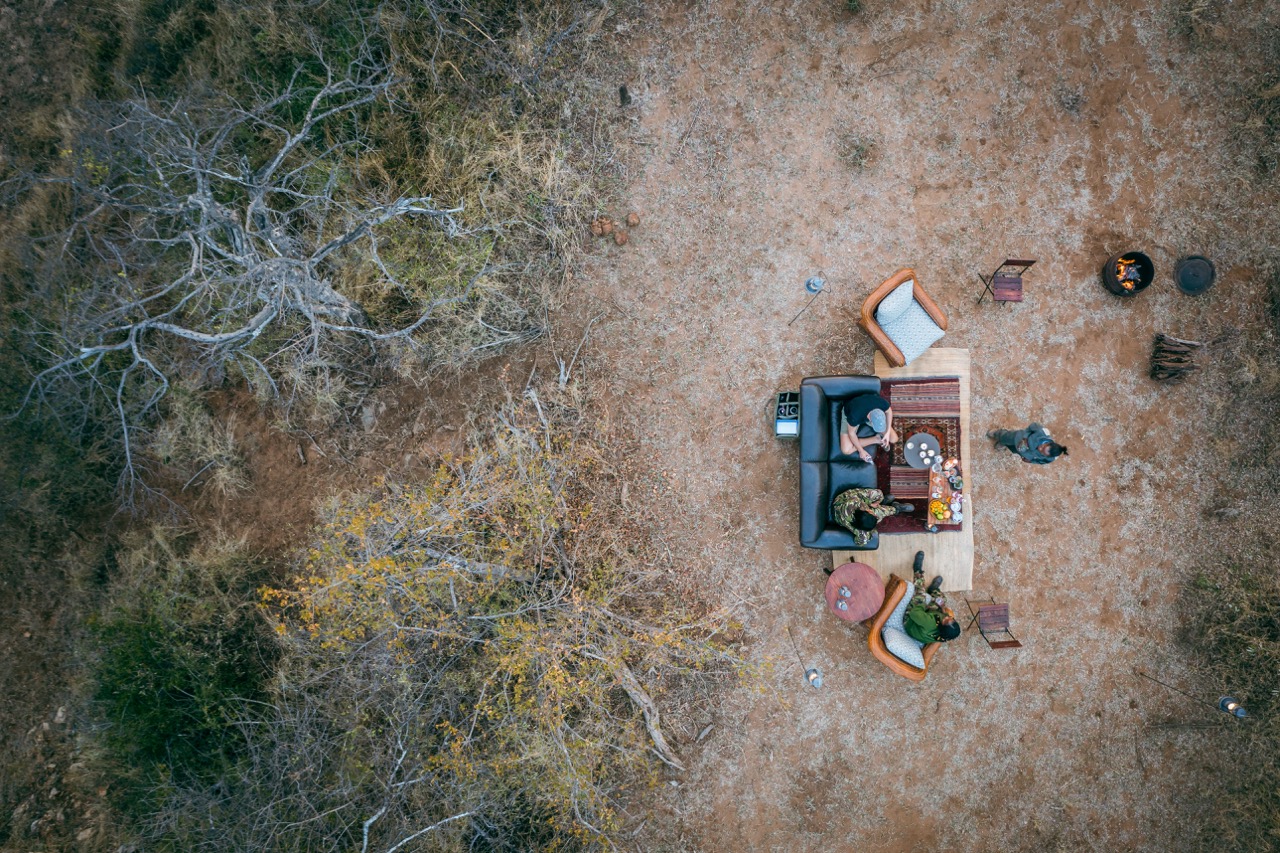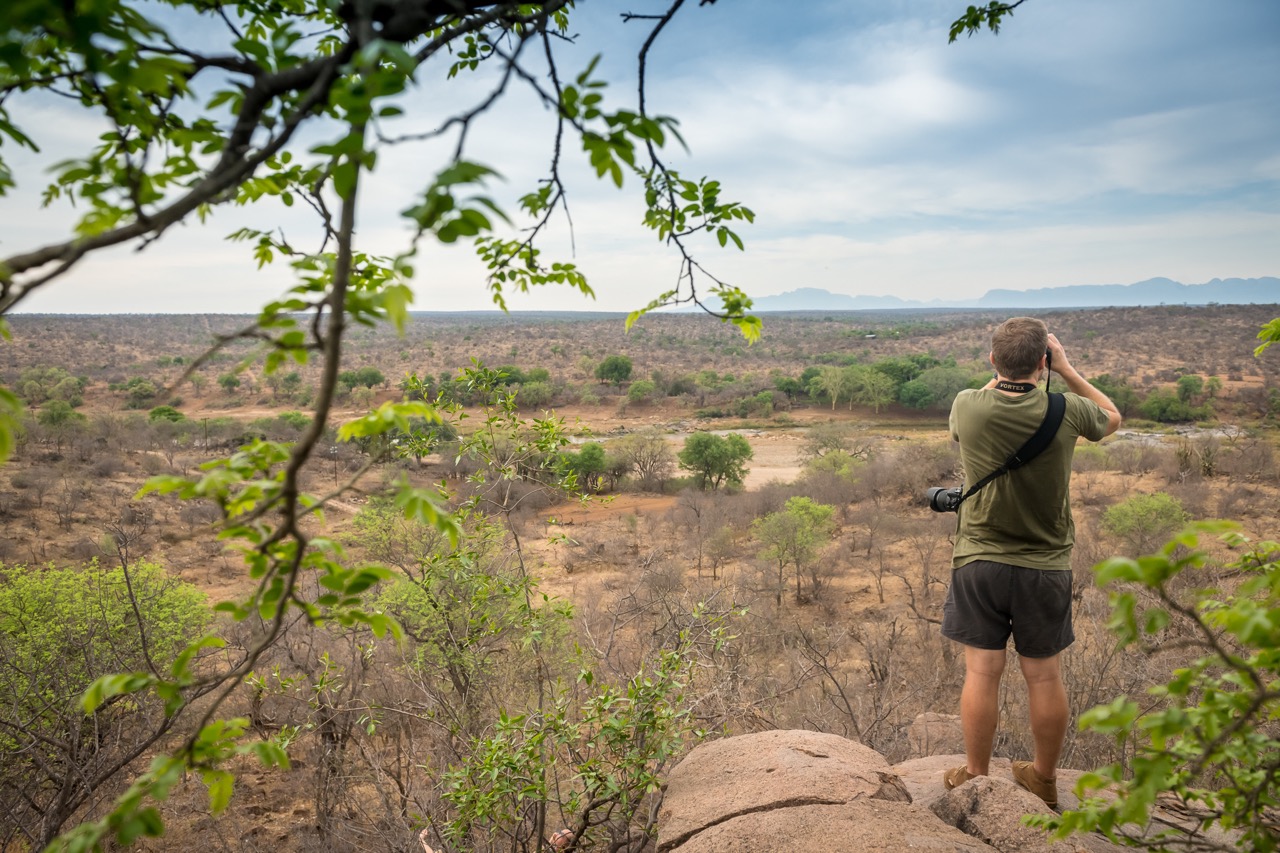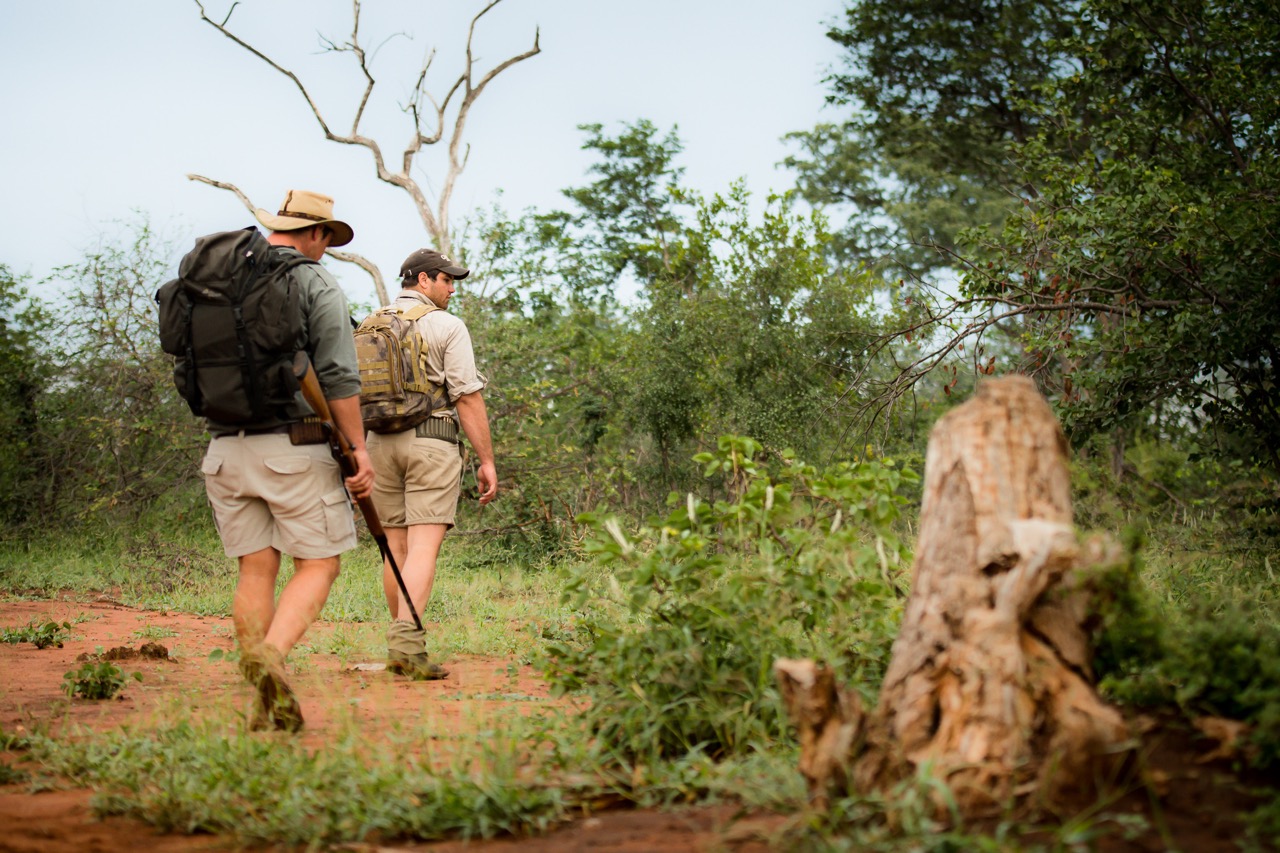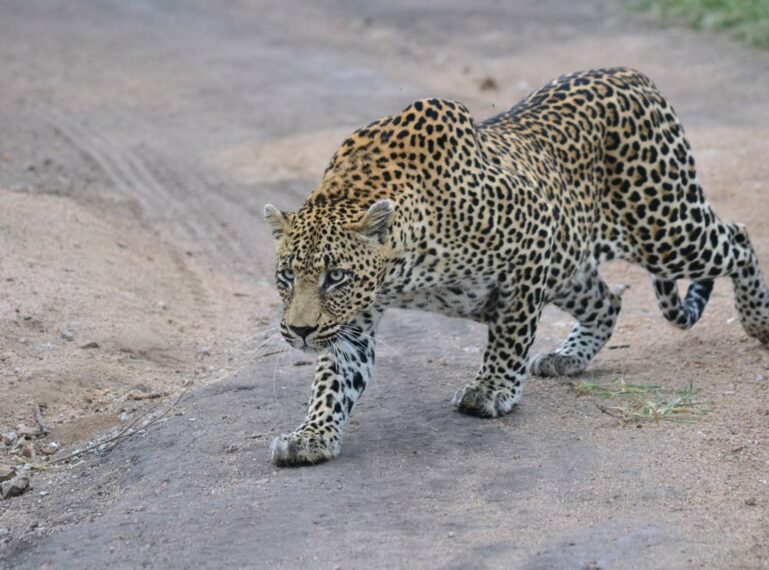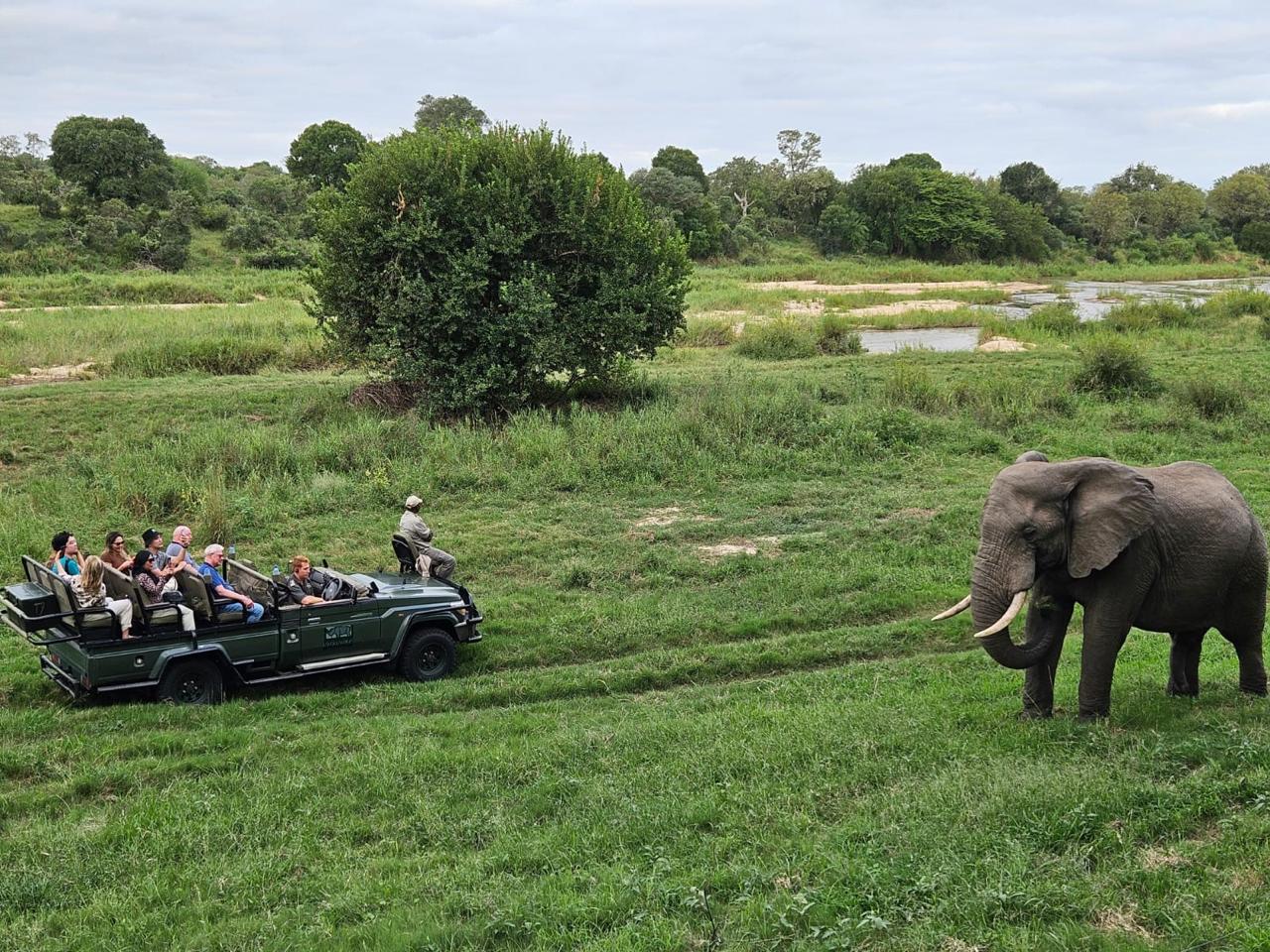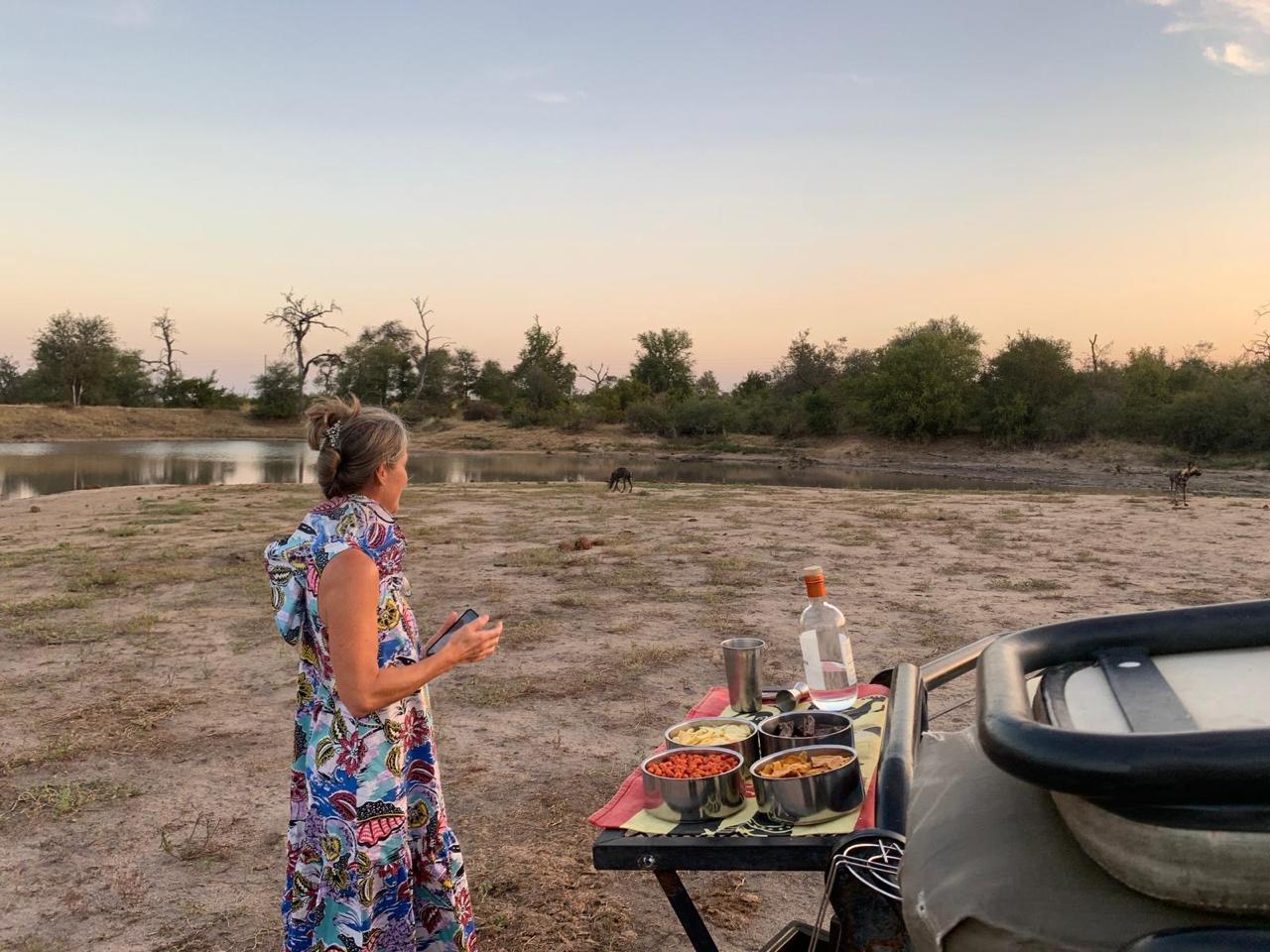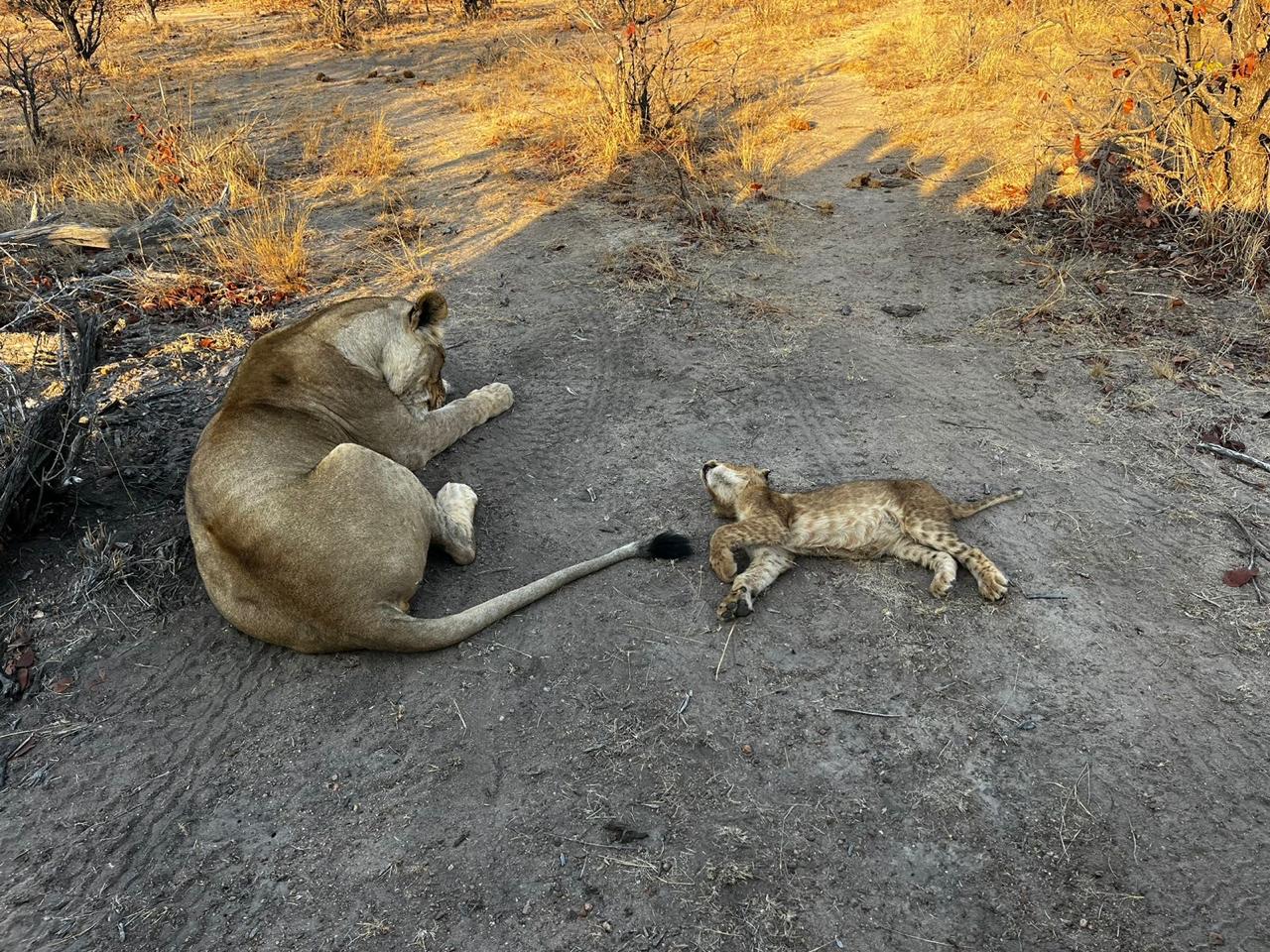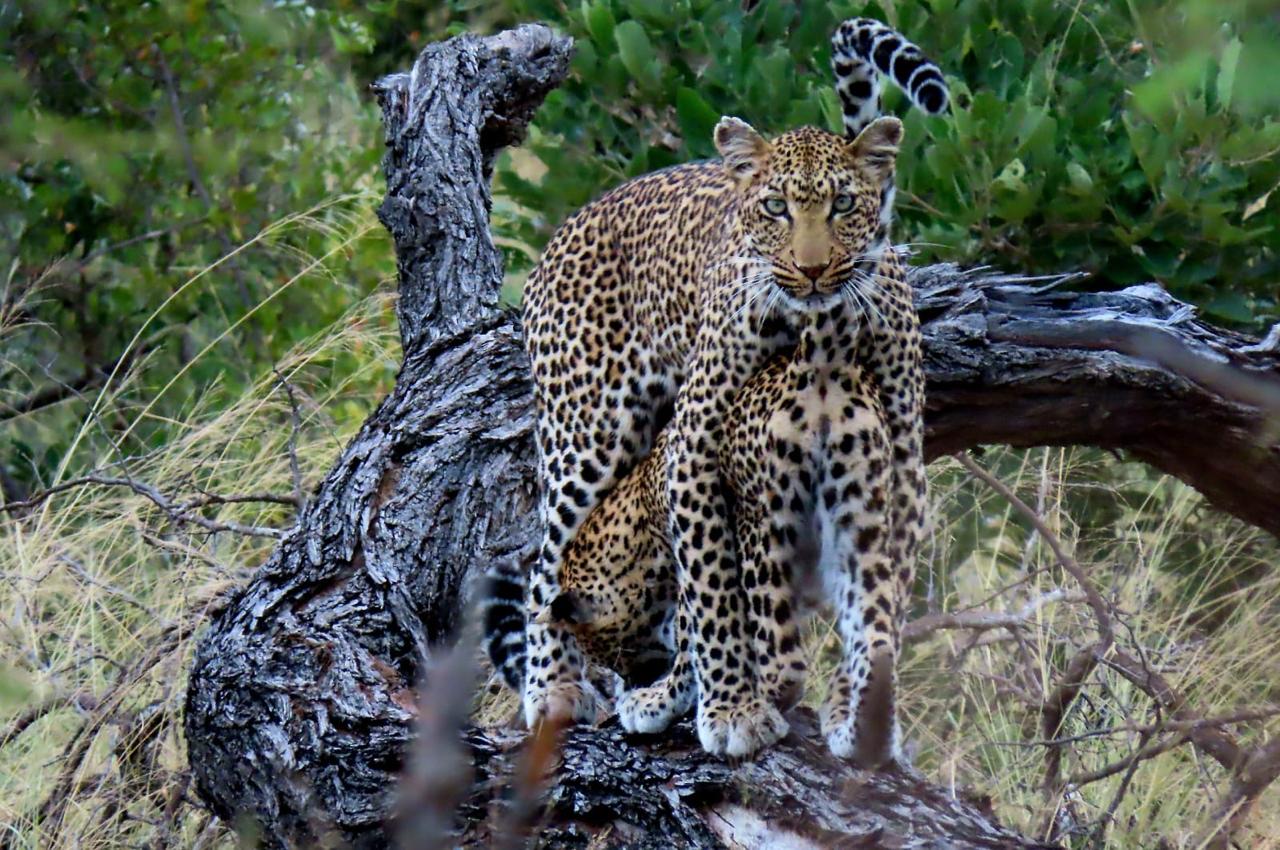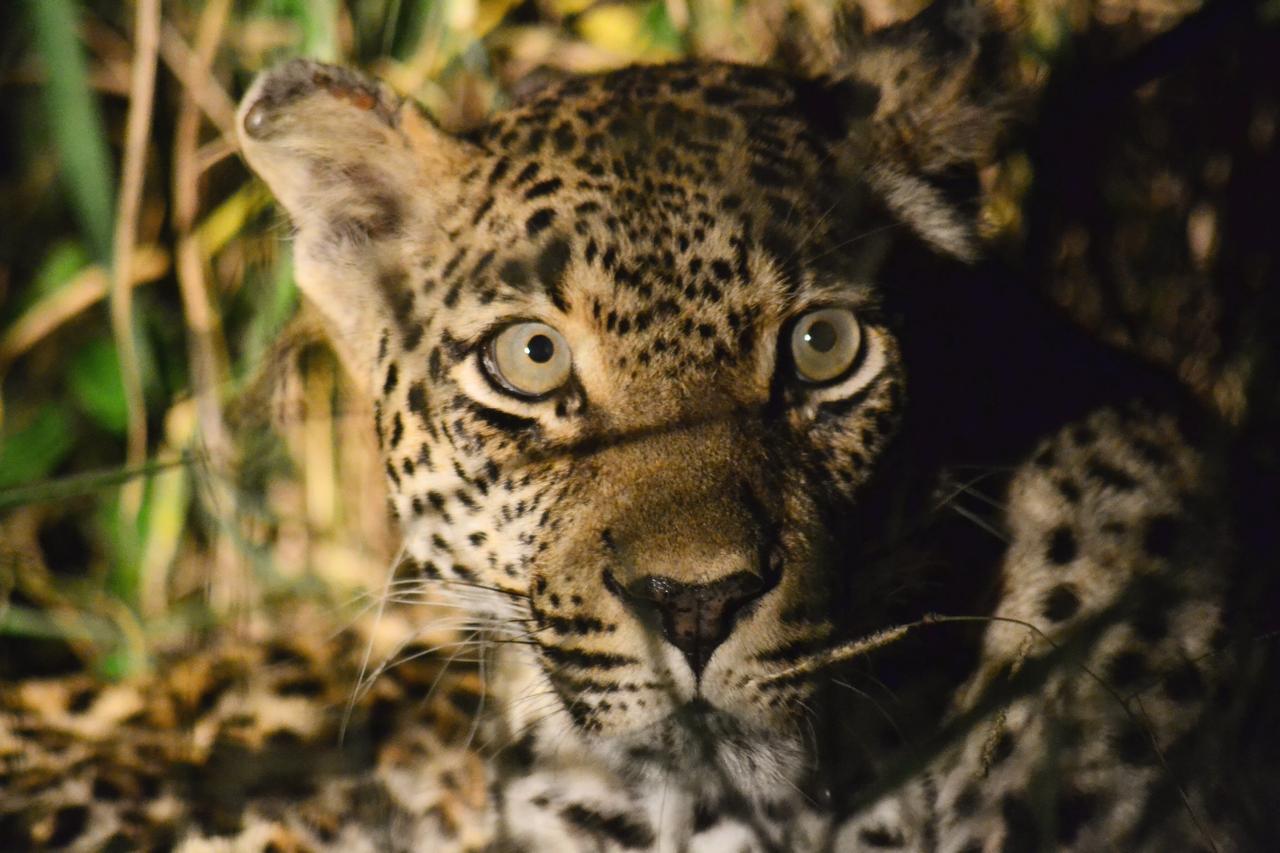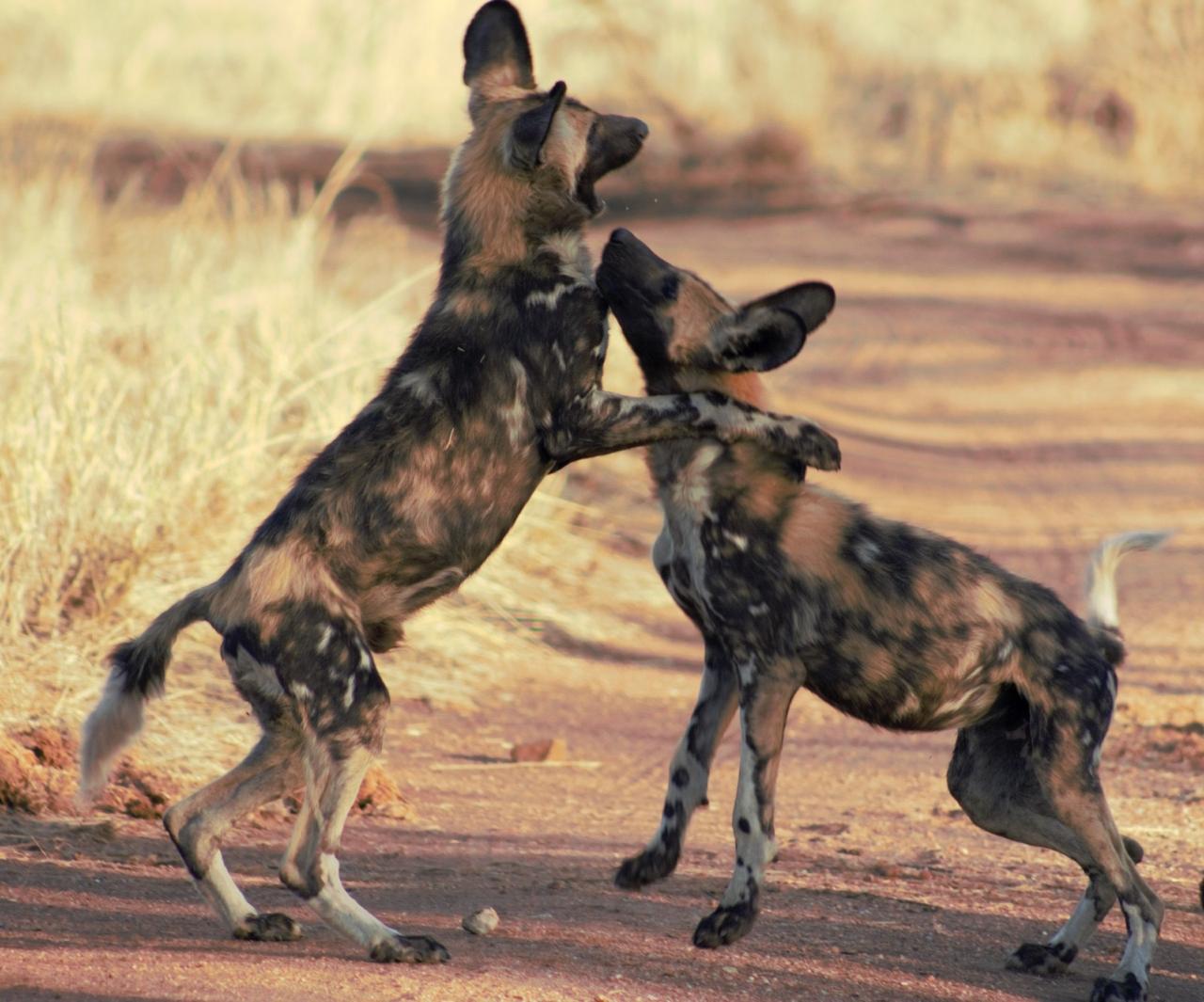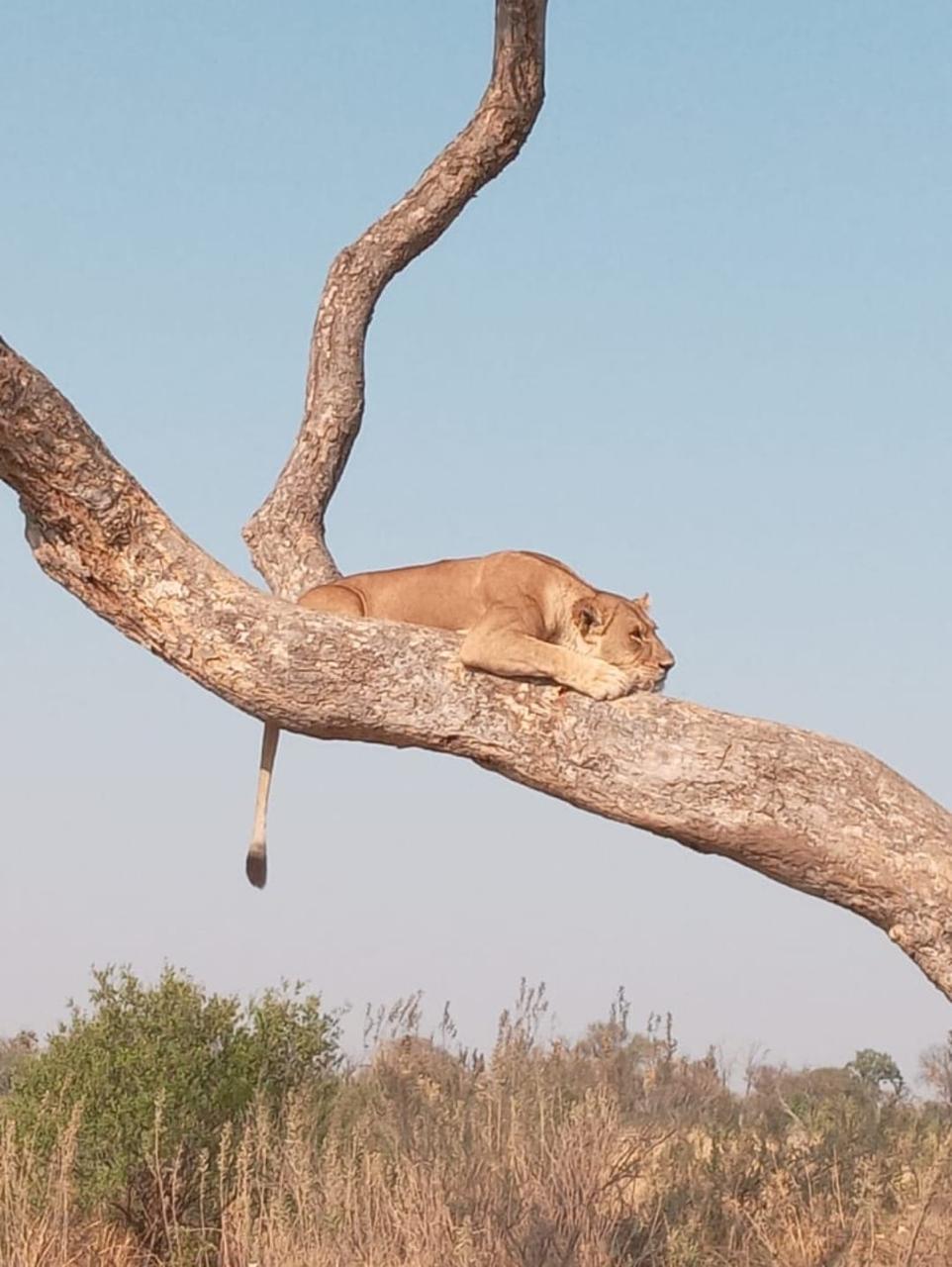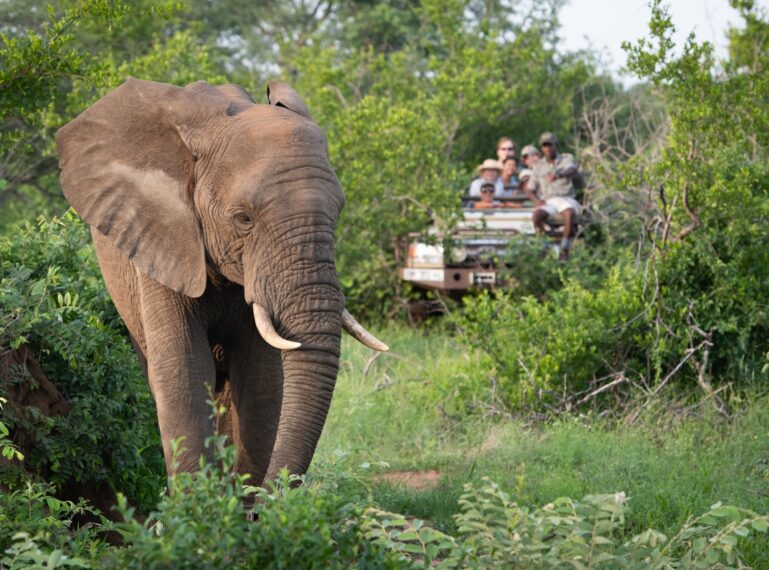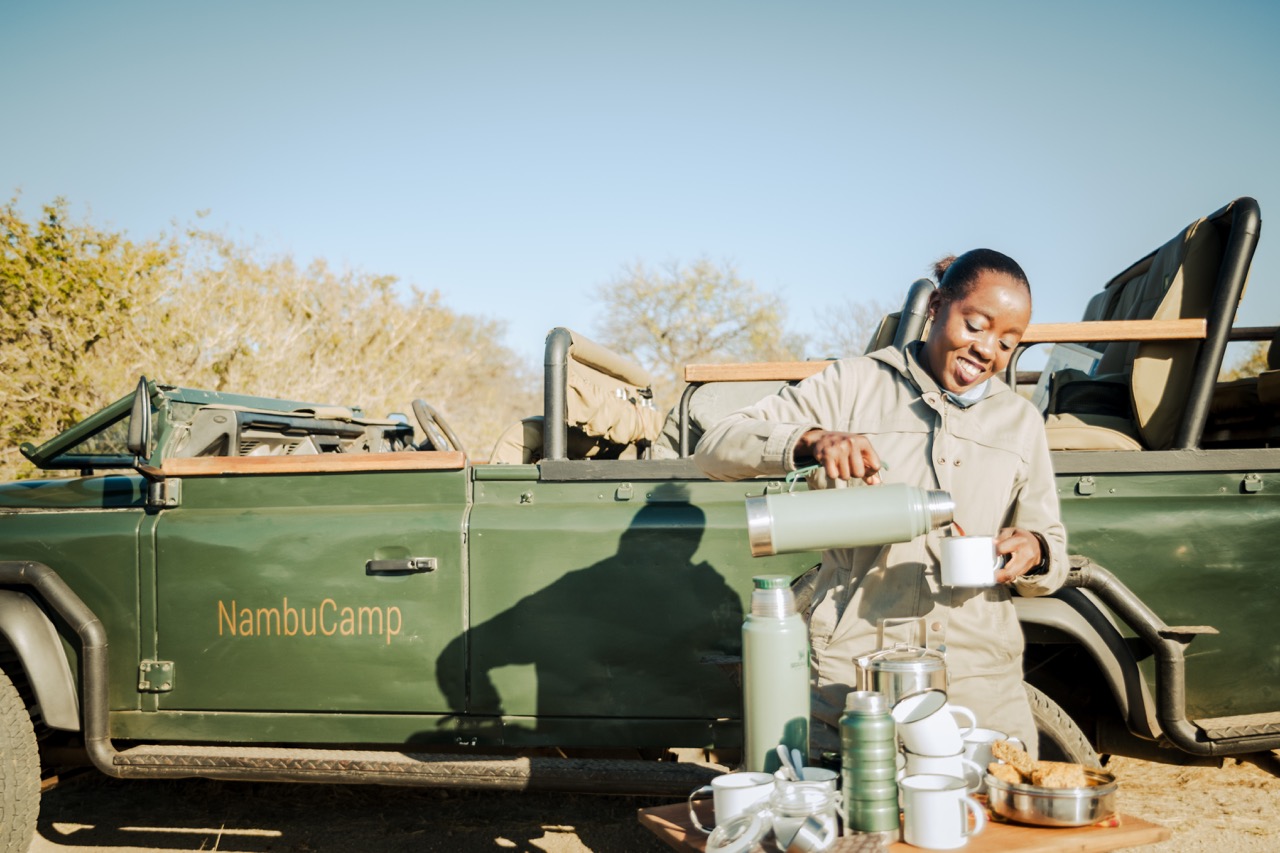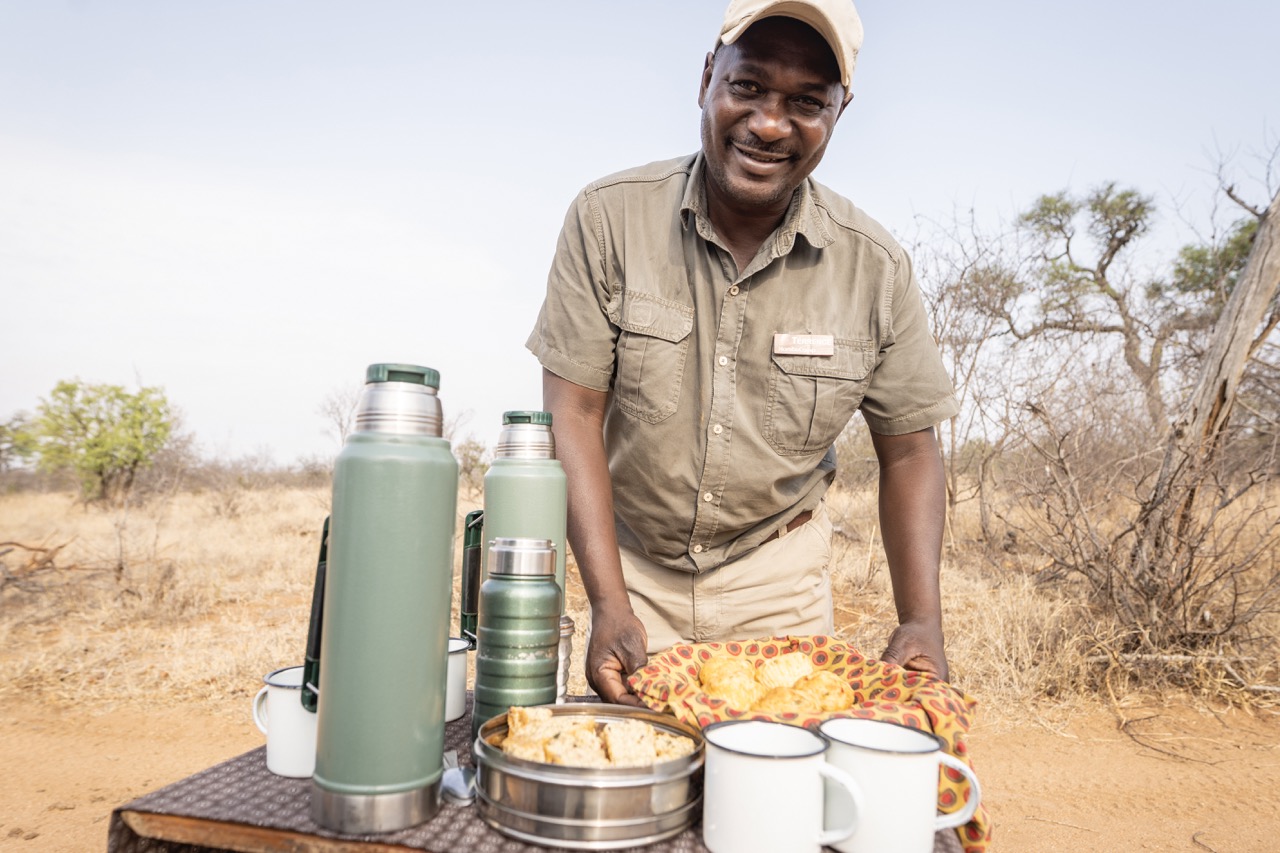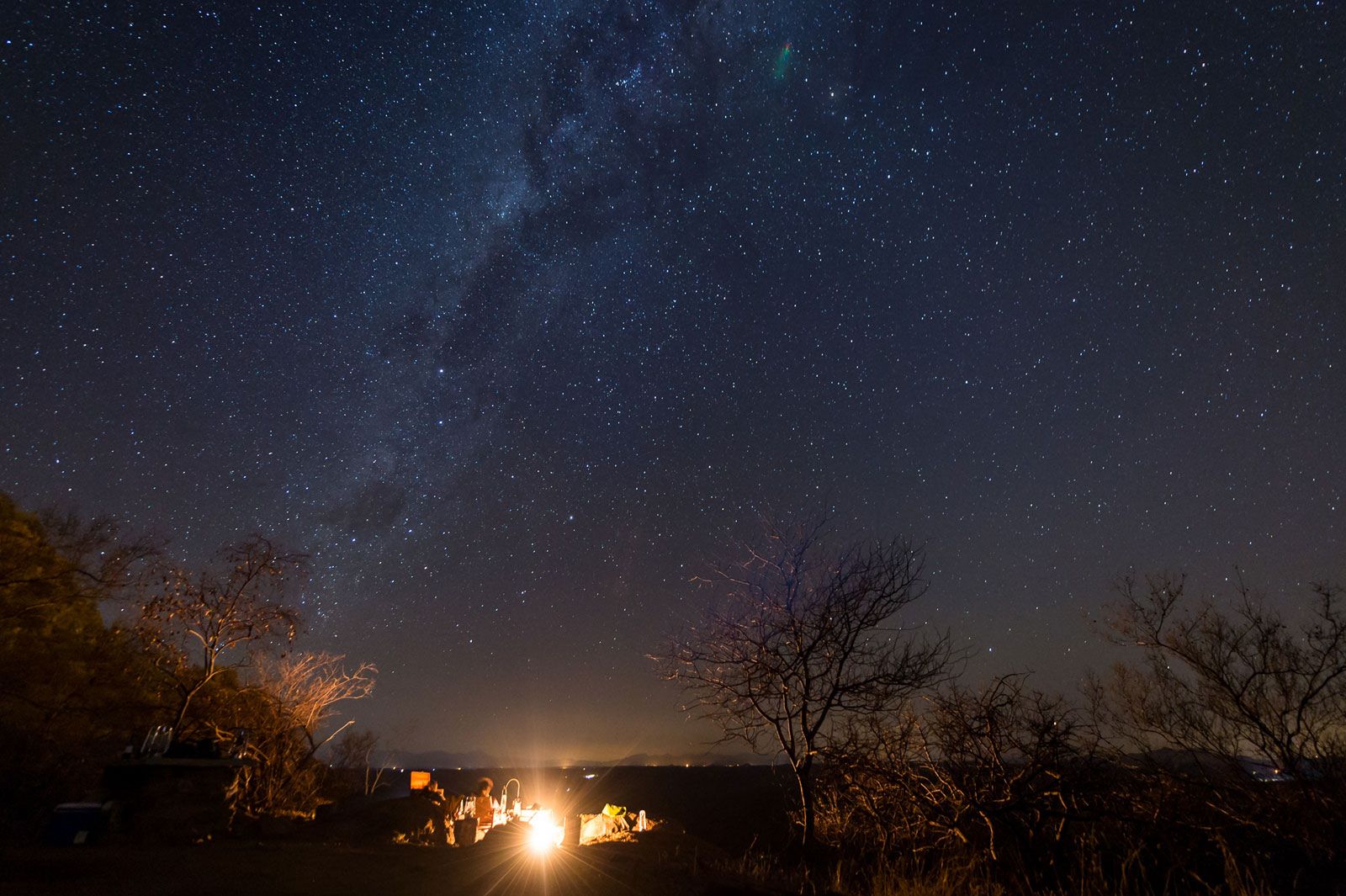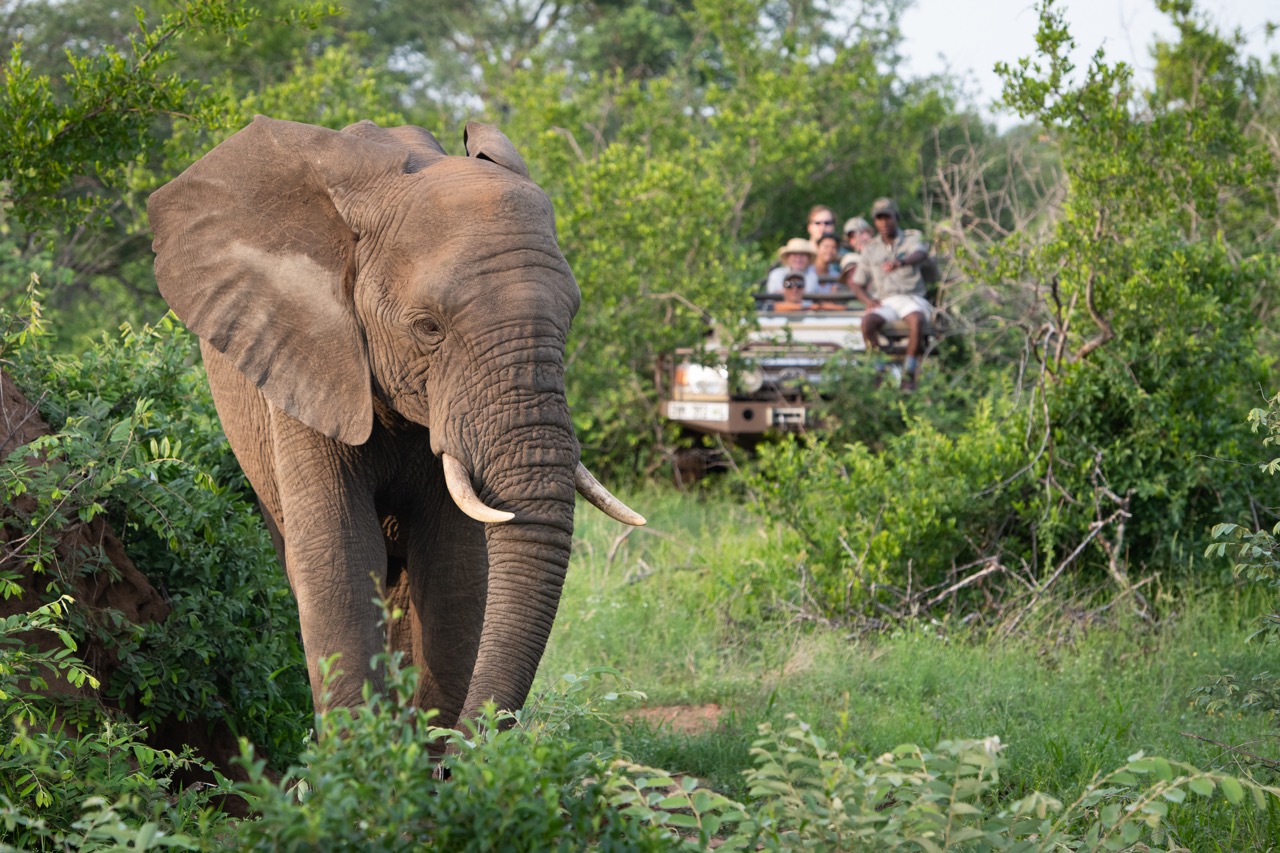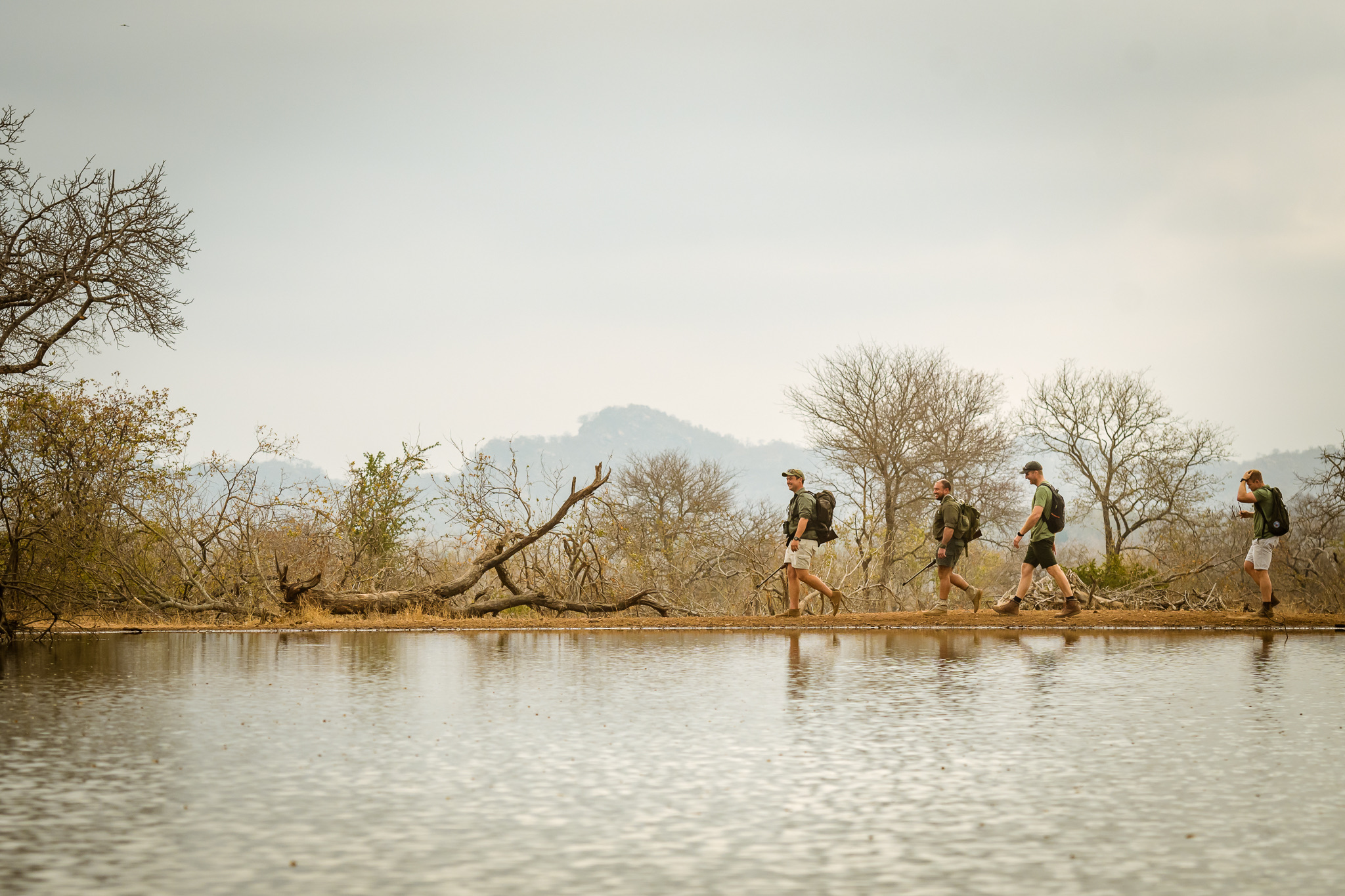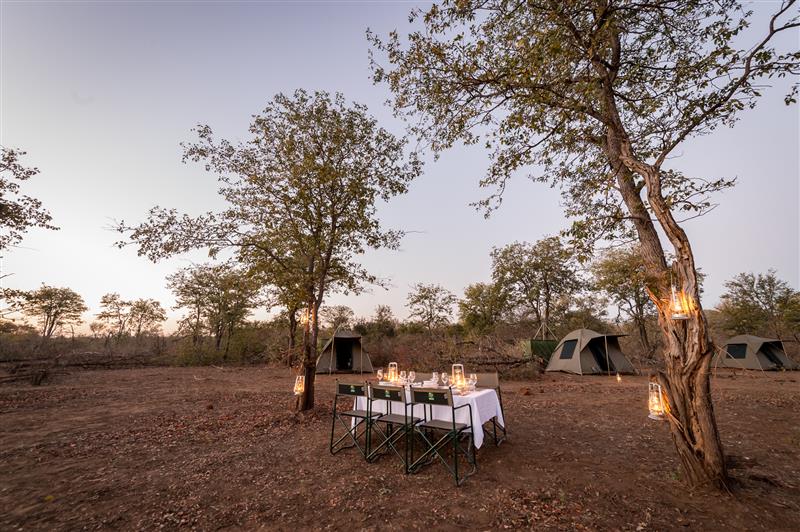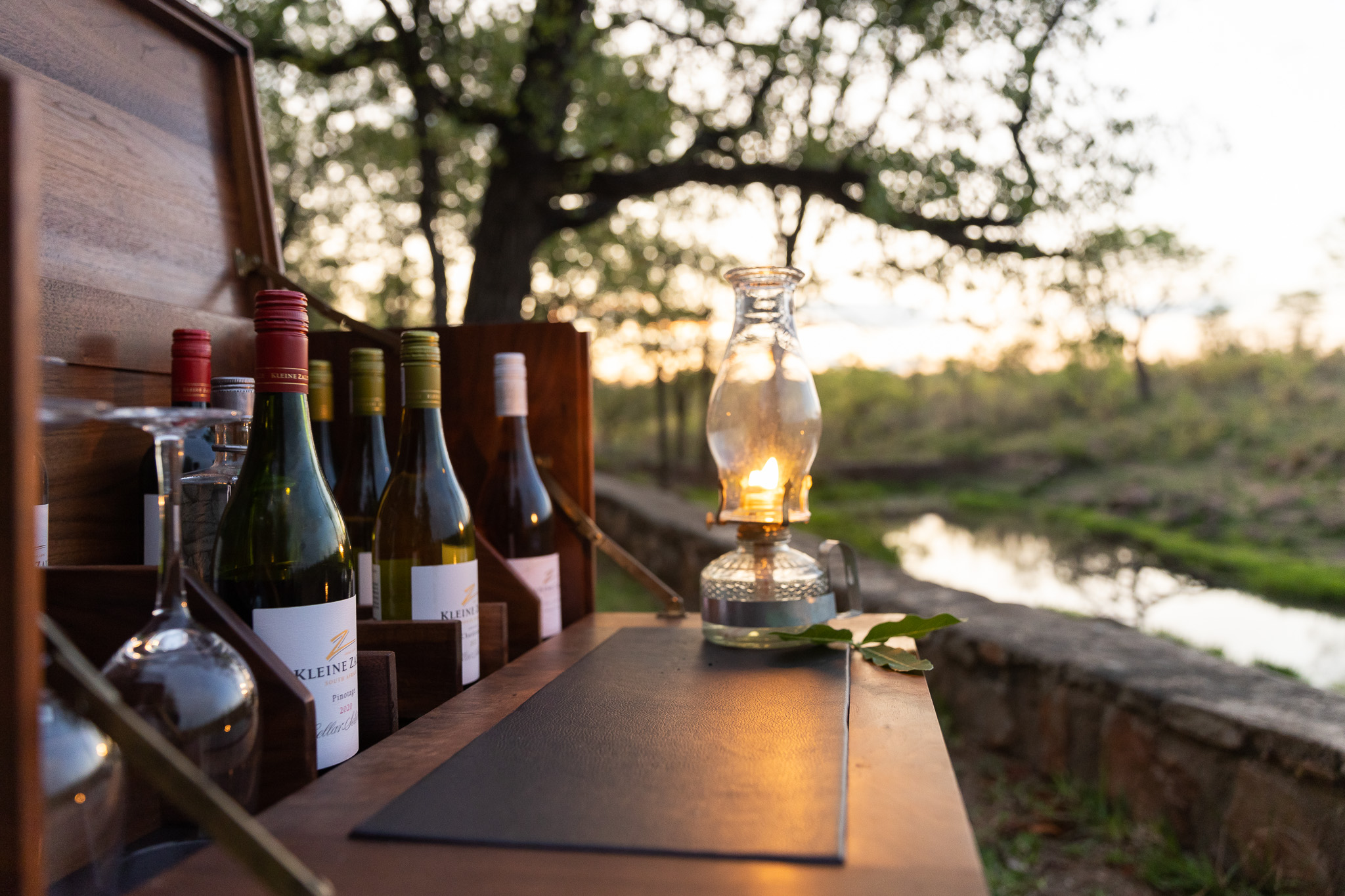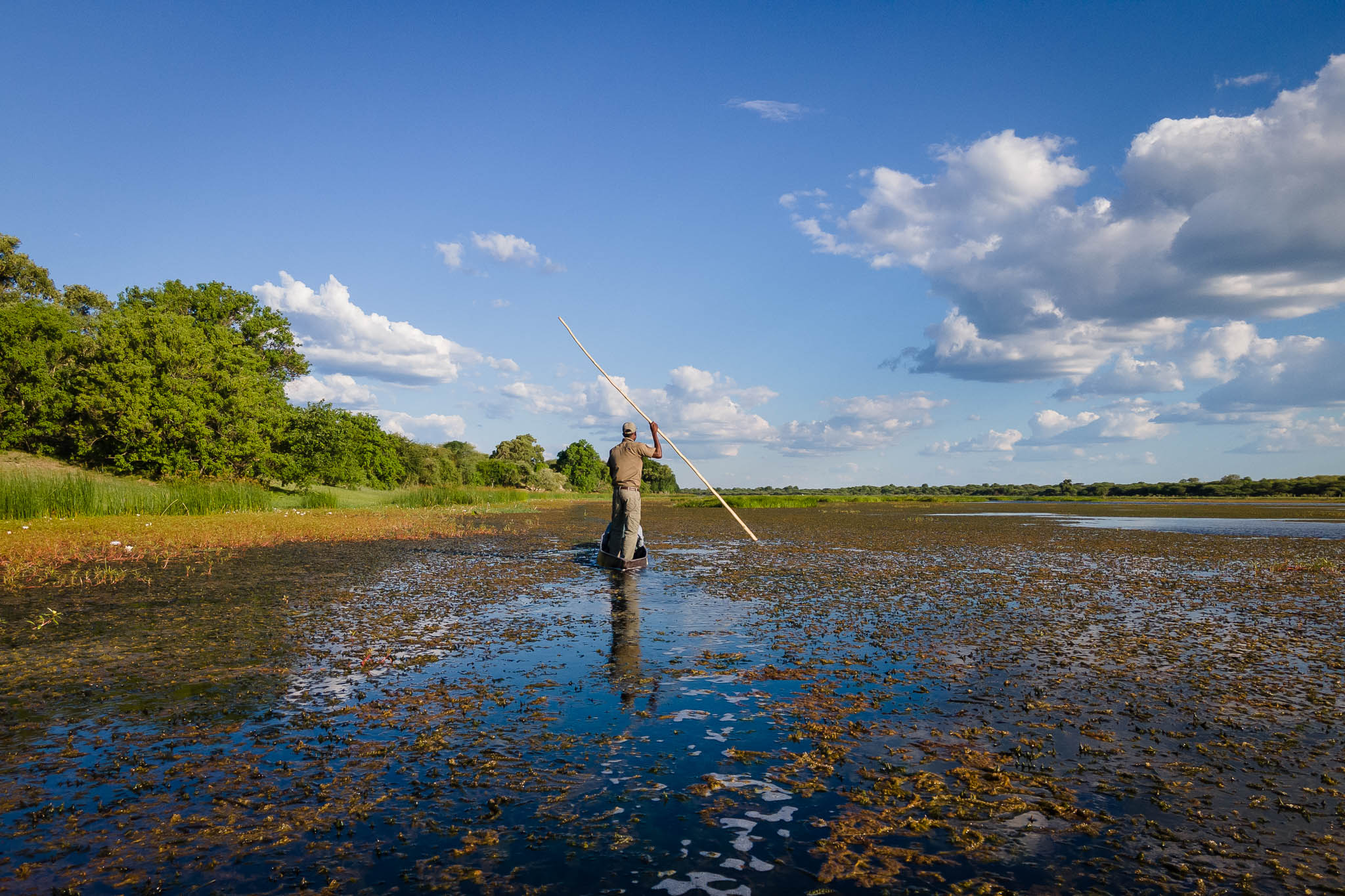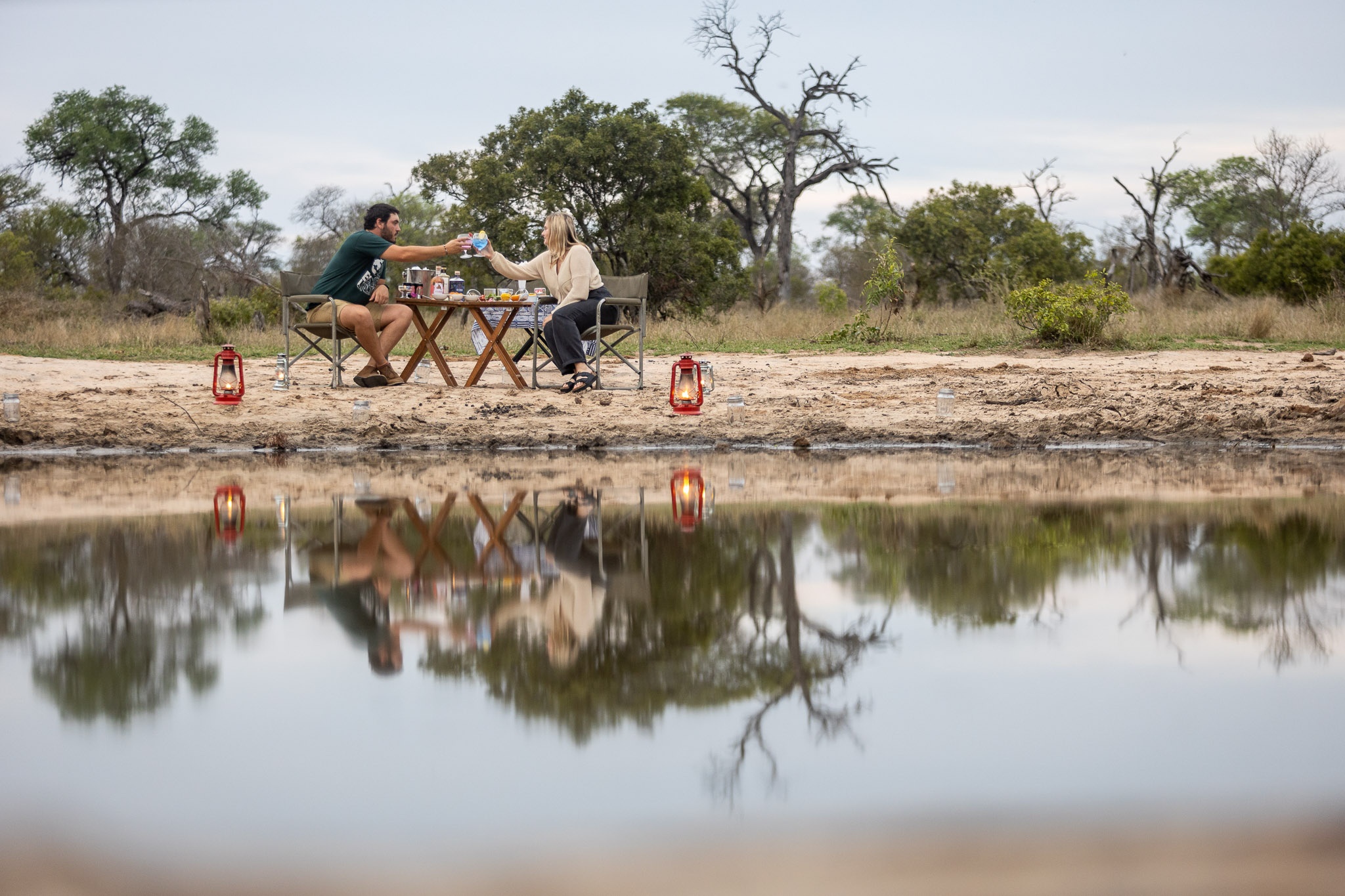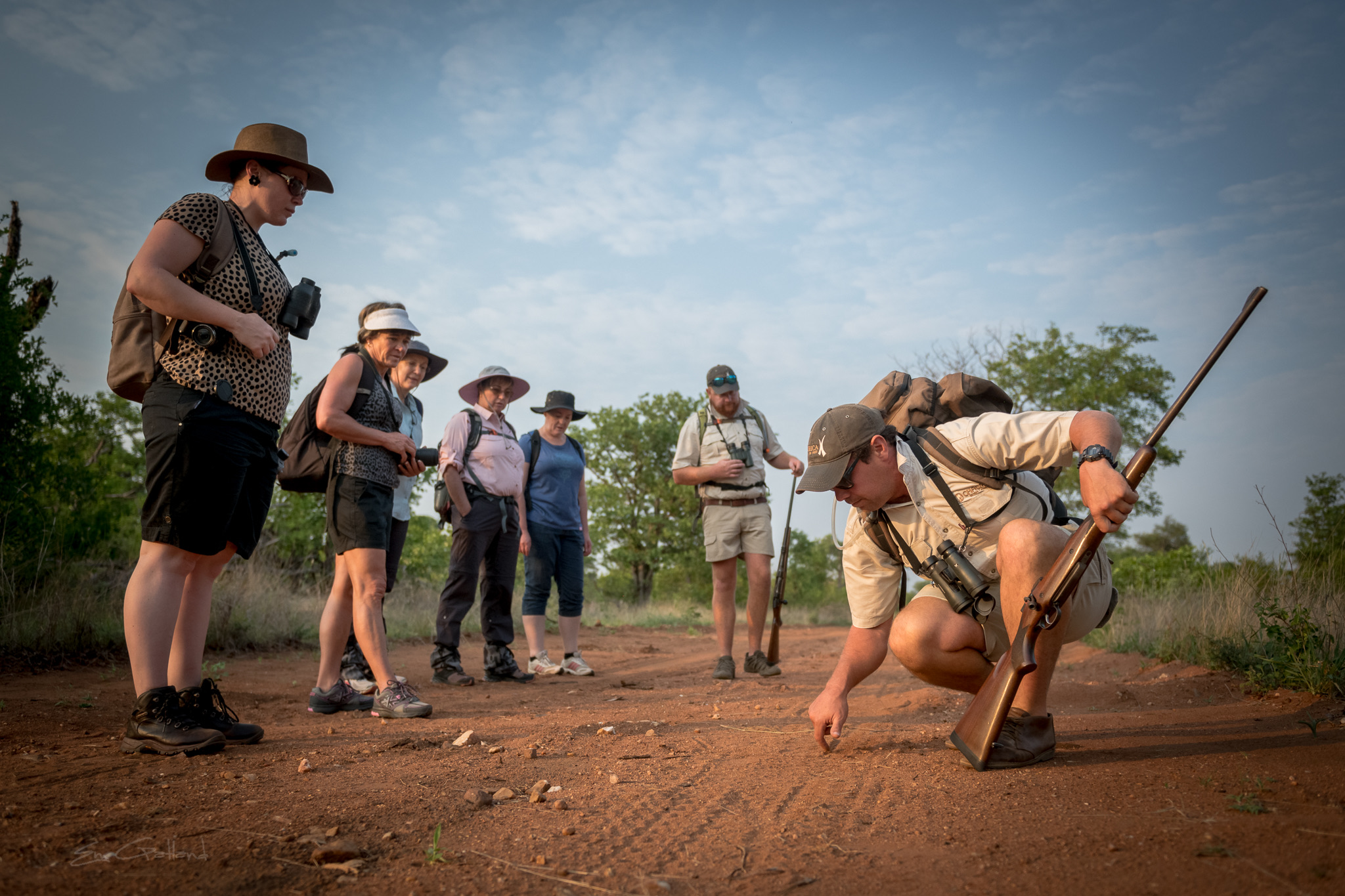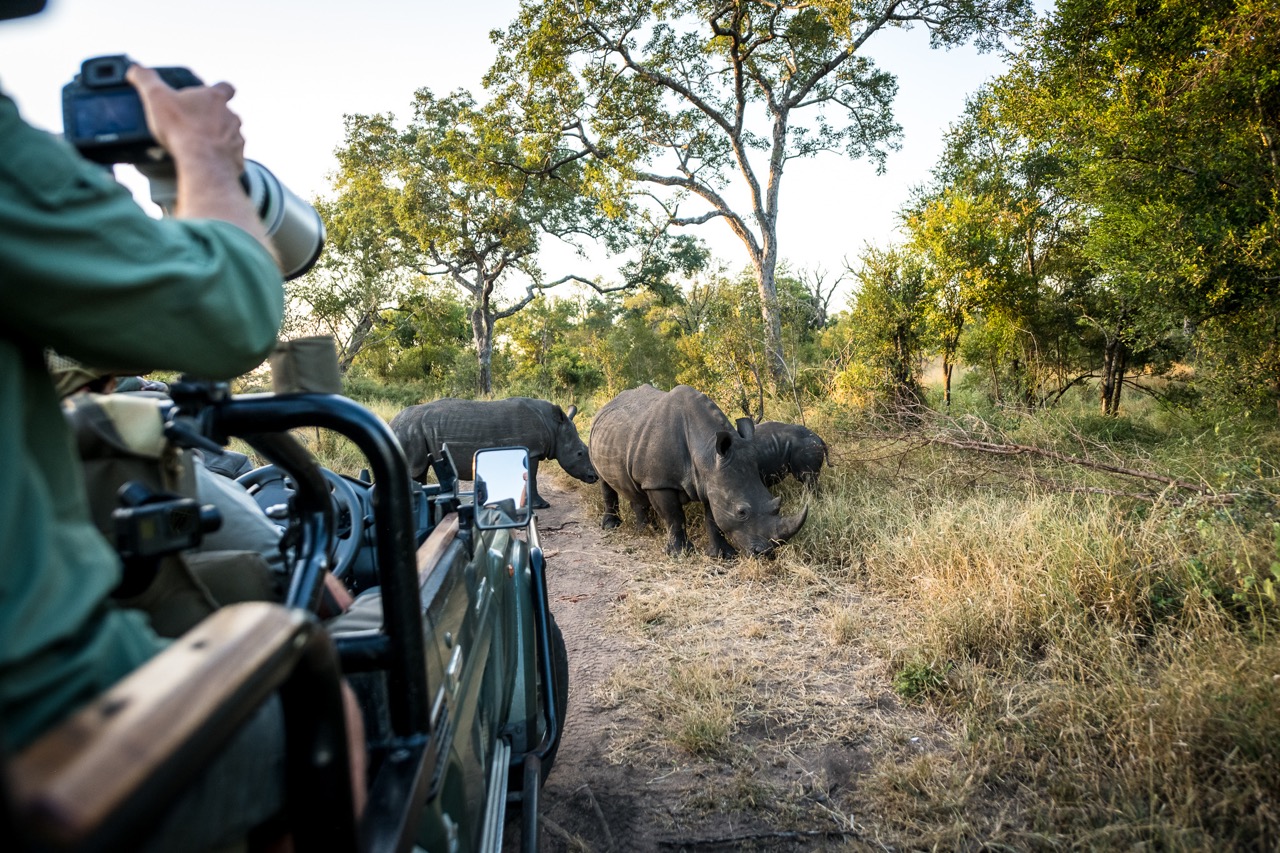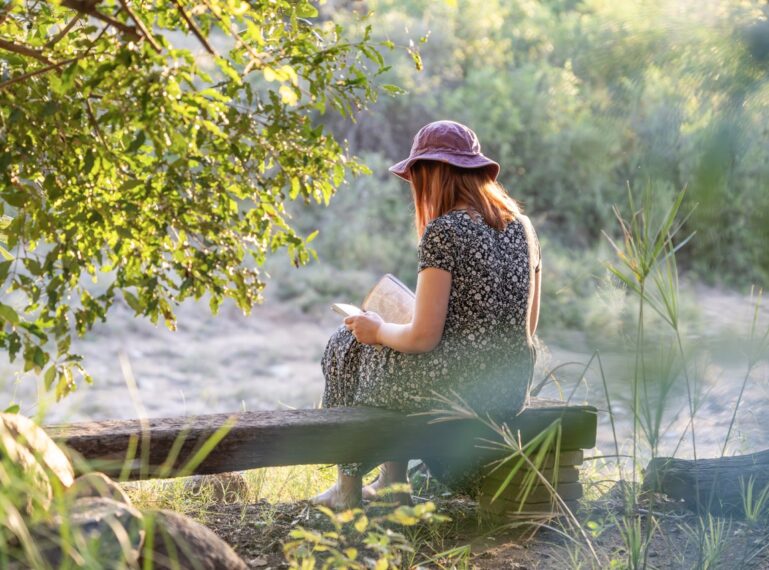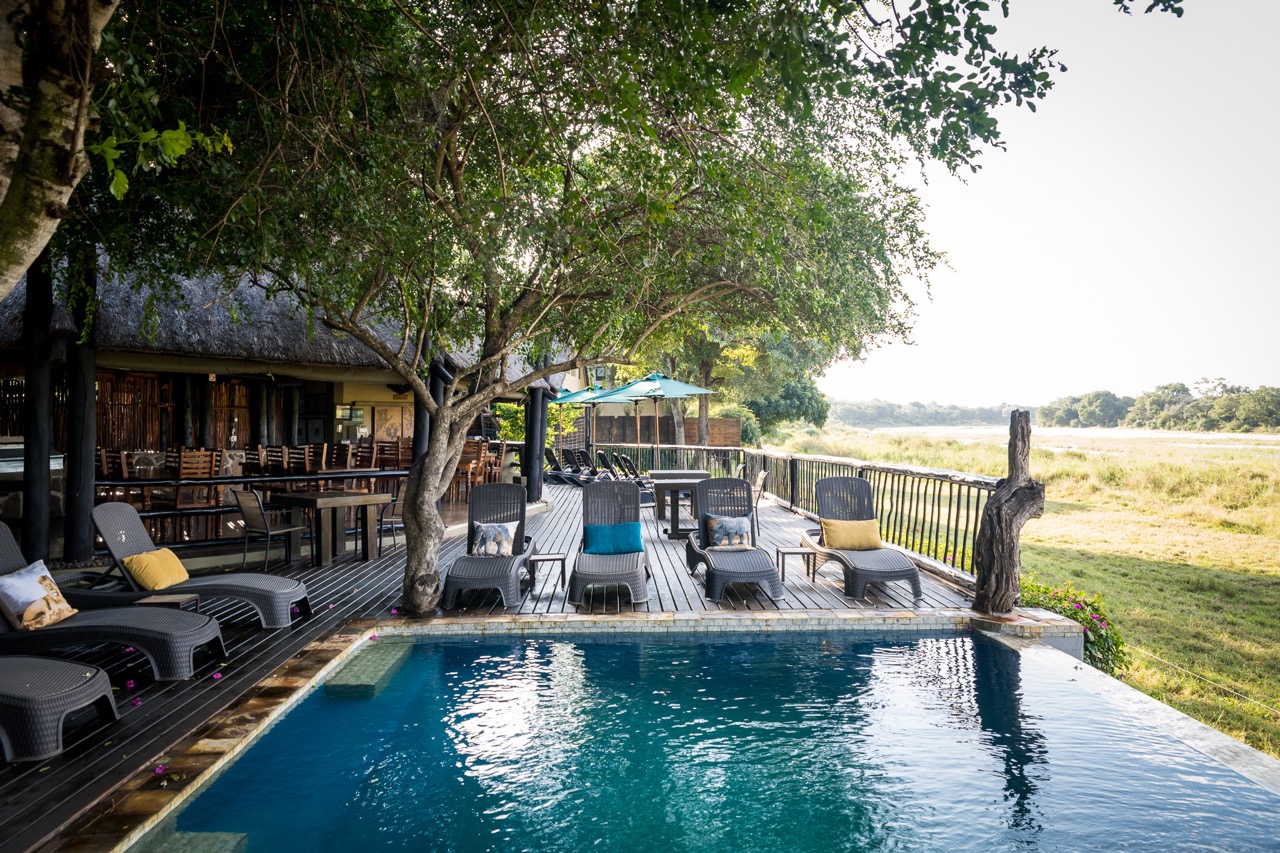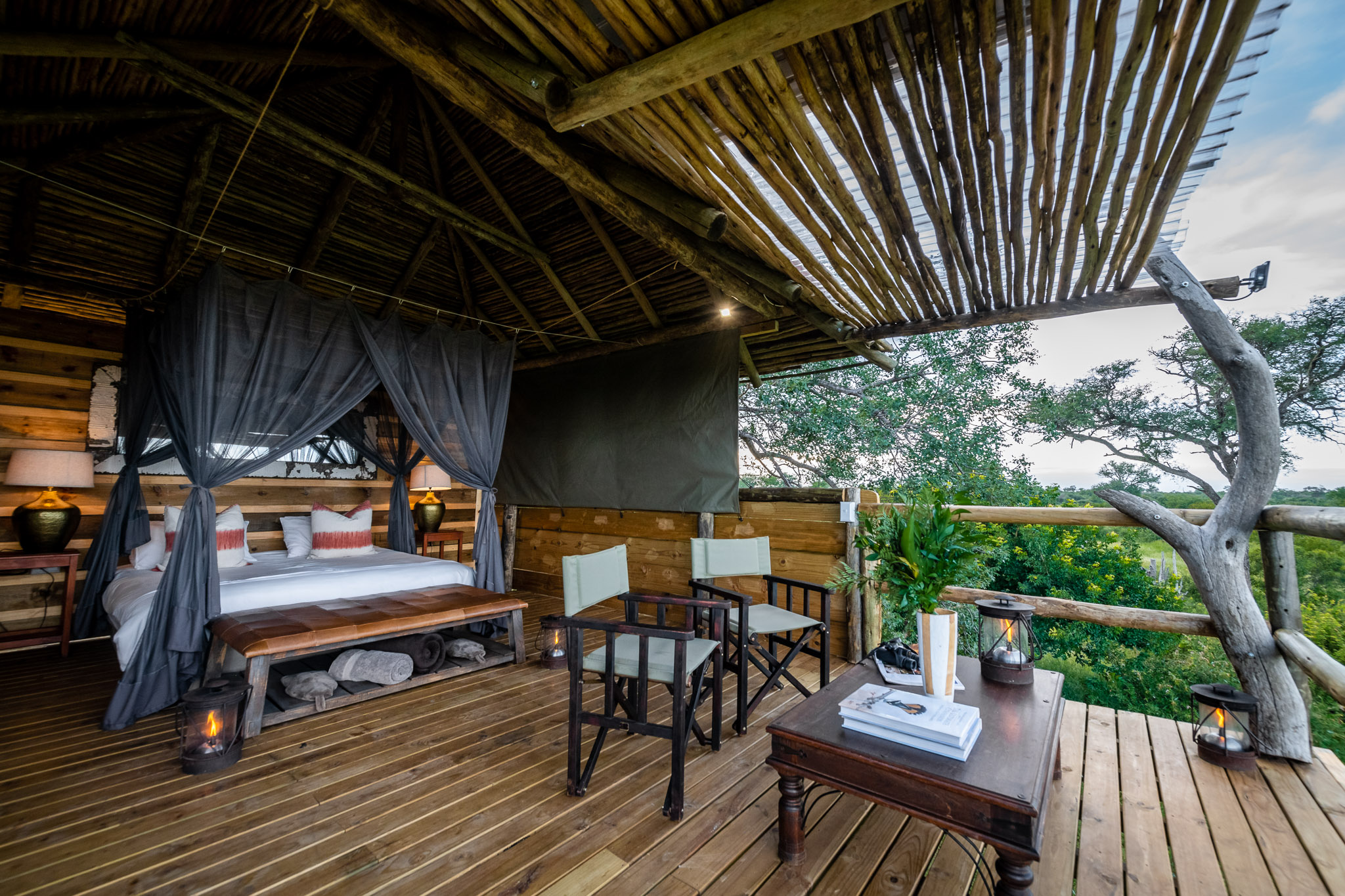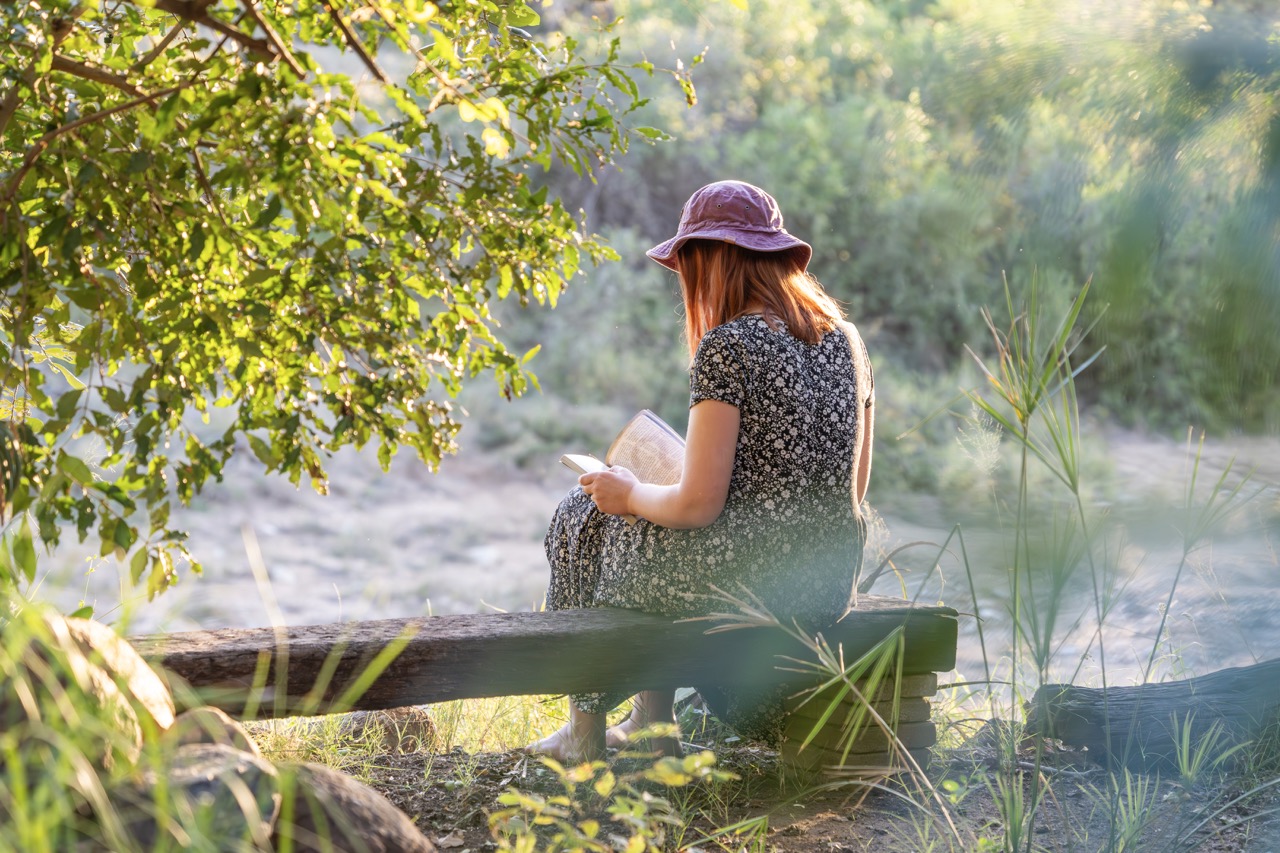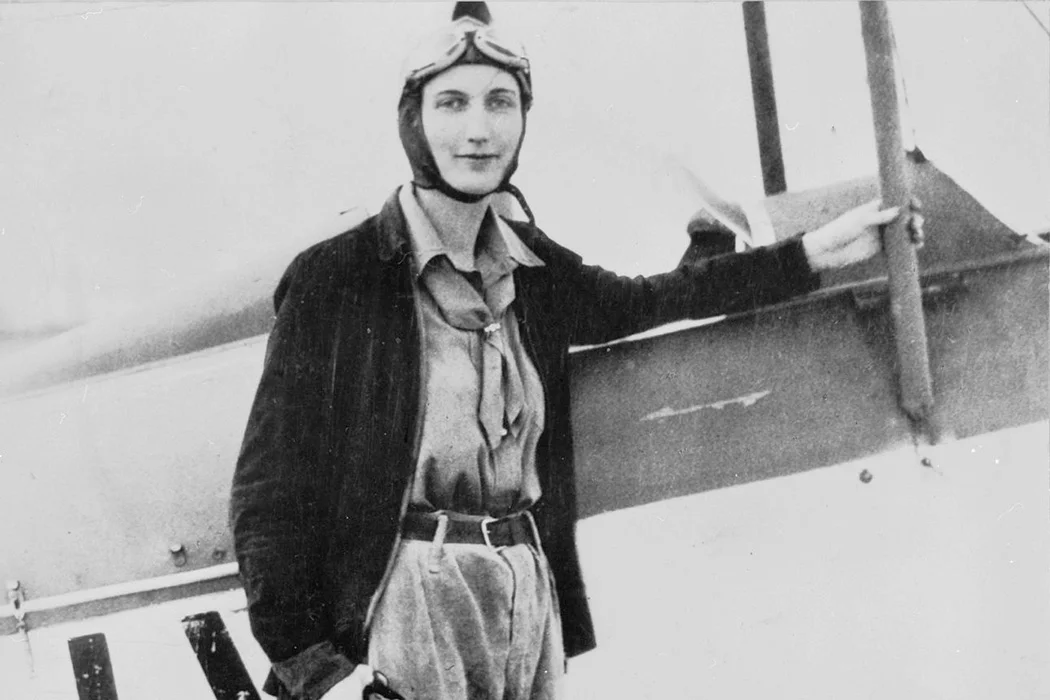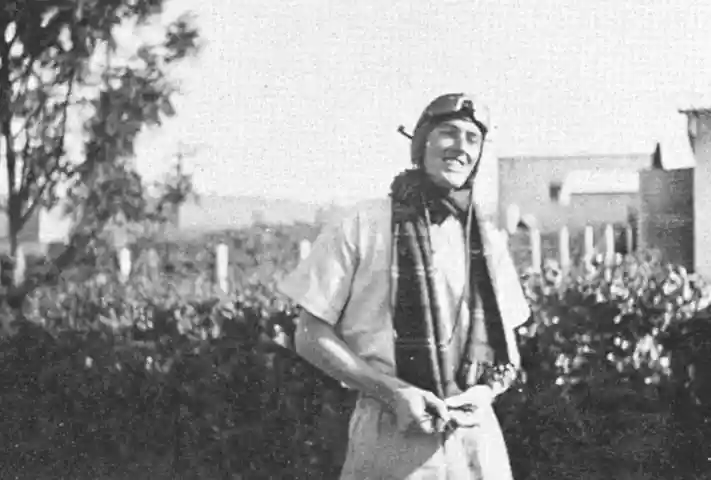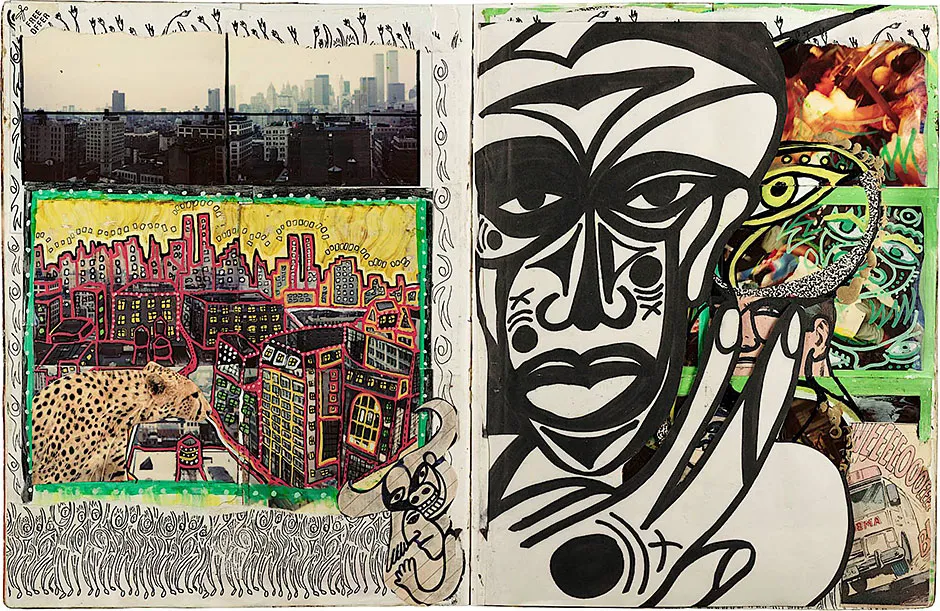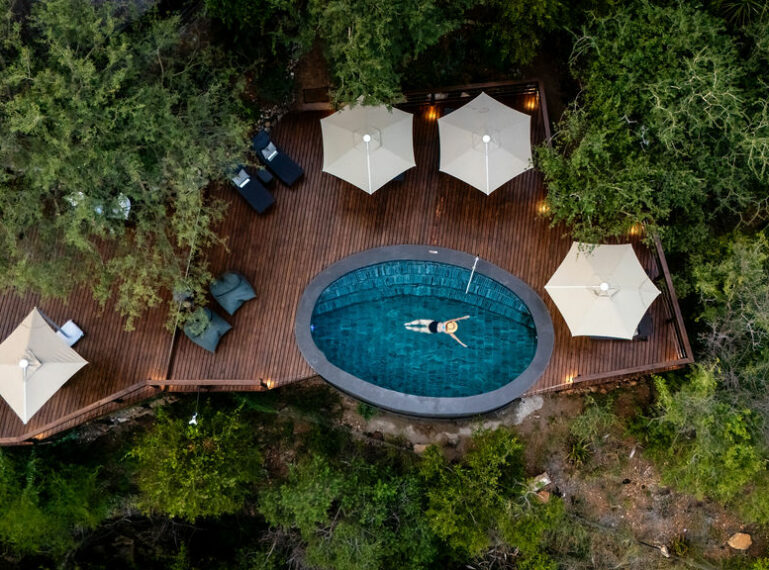
Luxury Reimagined: Experience the New Nambu Camp
Same Authentic Essence, Luxurious New Feel
Nestled in the heart of the Big 5 Olifants West Nature Reserve lies the hidden gem of Nambu Camp. Surrounded by untamed wilderness, it has been luxuriously reimagined. From a new floating infinity pool to a redesigned deck area with secluded relaxation spaces, every detail has been thoughtfully curated.
Nambu, meaning water in isiThonga, is aptly situated near the flowing banks of the Olifants River, the lifeblood of this wildlife-rich region. Every design and aesthetic element incorporates the surrounding wilderness, creating a fully immersive safari experience.
Explore the magic of Nambu Camp.
A place to feel at home in the bush
The beating heart of Nambu Camp is the Drinkwater family. Passed down through generations, the magic of Nambu comes from their unwavering dedication to creating extraordinary safari experiences and conserving the surrounding untamed wilderness.
The wisdom and love poured into Nambu elevate and enhance every guest’s experience. From the warm welcome that greets you upon arrival to the personalised attention throughout your stay, the Drinkwater family’s passion for hospitality shines through in every interaction.
Expect to leave feeling at home with the strong desire to return. Every detail has been thoughtfully crafted to enhance your safari experience while preserving the intimate, personal touches that makes Nambu truly special.
Float above the wild
In between thrilling wildlife encounters on game drives, float in the dreamy new infinity pool overlooking the watering hole. Get lost in uninterrupted views while relaxing with a book, drink, or binoculars in hand. Watch wildlife come to drink while suspended silently above them. Make yourself comfortable as you enjoy nature’s greatest show unfold before you.
Enjoy the symphony of the bush – birds calling, leaves rustling, perhaps the rumble of elephants approaching the watering hole below. Let time slow down as you seep in the tranquility of the bush. Here, luxury and wilderness exist in perfect harmony and create experiences that rejuvenate the mind, body, and soul.
The perfect blend of adventure and relaxation
For quiet moments between the thrilling dawn and dusk game drives, secluded and intimate relaxation spaces have been dotted throughout the camp to ensure you can find your ideal spot to unwind. Whether you’re seeking a quiet corner to journal your day’s adventures or a comfortable nook to melt into for an afternoon nap, each space has been thoughtfully designed to enhance your connection with the surrounding wilderness.
Each sanctuary offers its space for personal reflection or intimate conversation. It allows you to absorb the magic of the natural surroundings, finding a deeper sense of ease and peace—the ultimate luxury of life in the African bush.
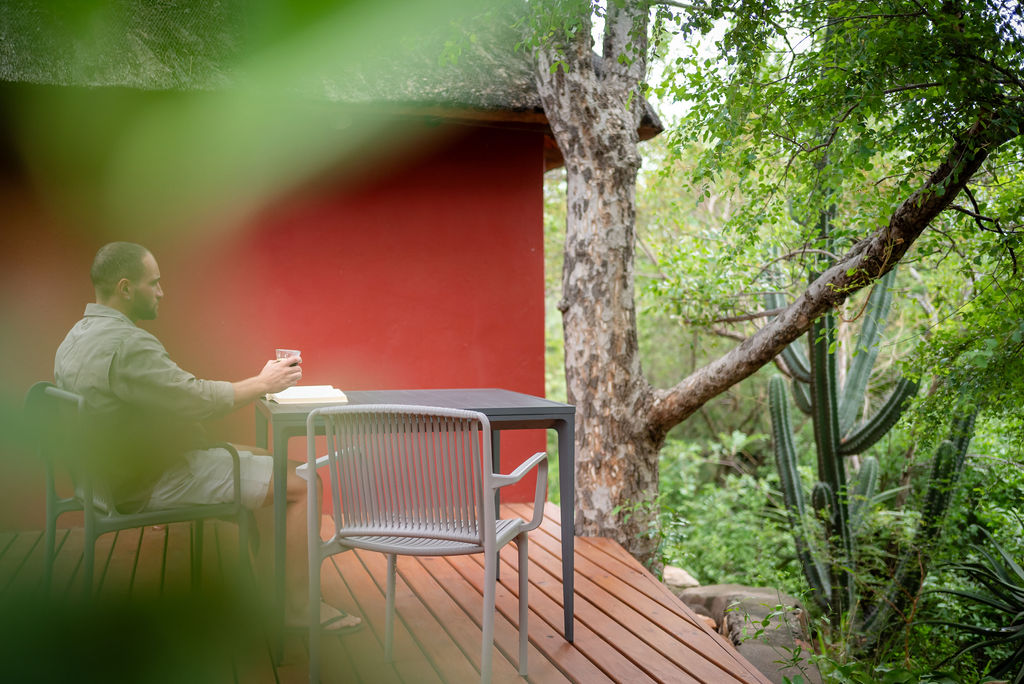 Where luxury and wilderness meet
Where luxury and wilderness meet
With only 6 rooms, Nambu is the perfect boutique safari experience. Each room has been elevated to a whole new level of luxury. Choose from accommodations with breathtaking views from a private balcony overlooking the Drakensberg mountains, or step out onto a private patio with serene garden views. Each room is a luxurious sanctuary, combining ultimate comfort with authentic African charm.
The limited capacity ensures an intimate and exclusive experience. Natural materials, thoughtful design, and luxurious touches create spaces that feel both indulgent and connected to the wilderness beyond.
Looking for the ideal family or group getaway? Book the entire camp for yourselves, creating a private safari haven where special memories are made together. Enquire with our reservations team for availability here
Learn bushlore from the best
Our passionate and knowledgeable guides share their invaluable bush wisdom with you on twice-daily game drives. Track elusive predators or identify birds by their distinctive calls. Sip on freshly-brewed coffee out in the wild on your morning game drive and watch colours paint the sky. In the evenings, enjoy the spectacular African sunsets with sundowners in secluded spots that will take your breath away.
Every moment becomes a memory at Nambu Camp
Come and experience the magic of Nambu for yourself.
Contact our reservations team here for more information.
Unbelievable adventures await.
